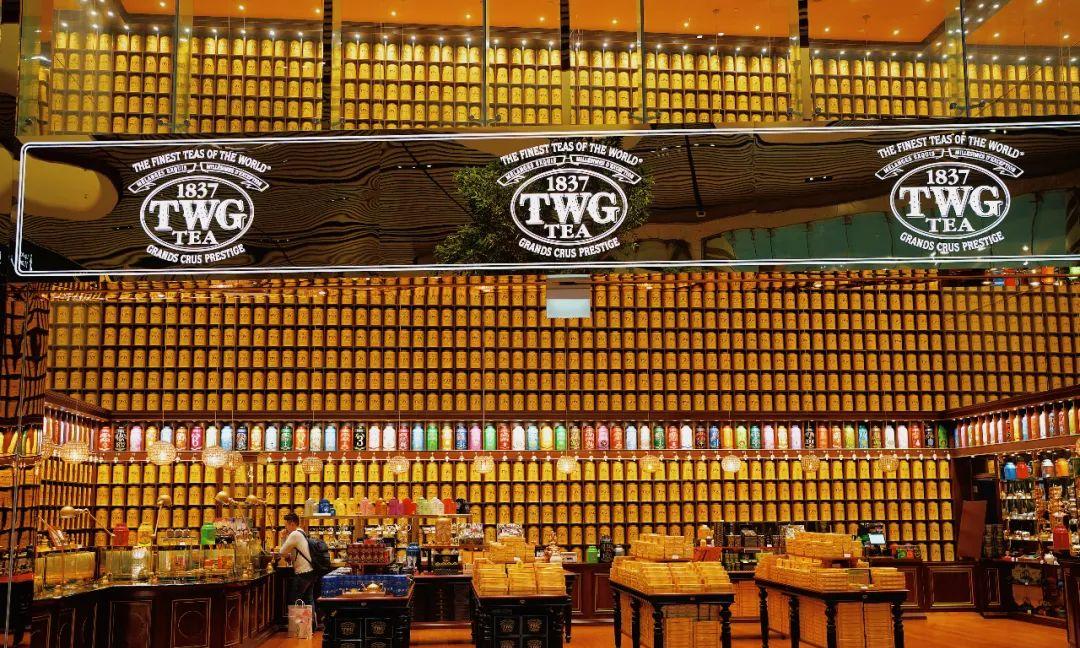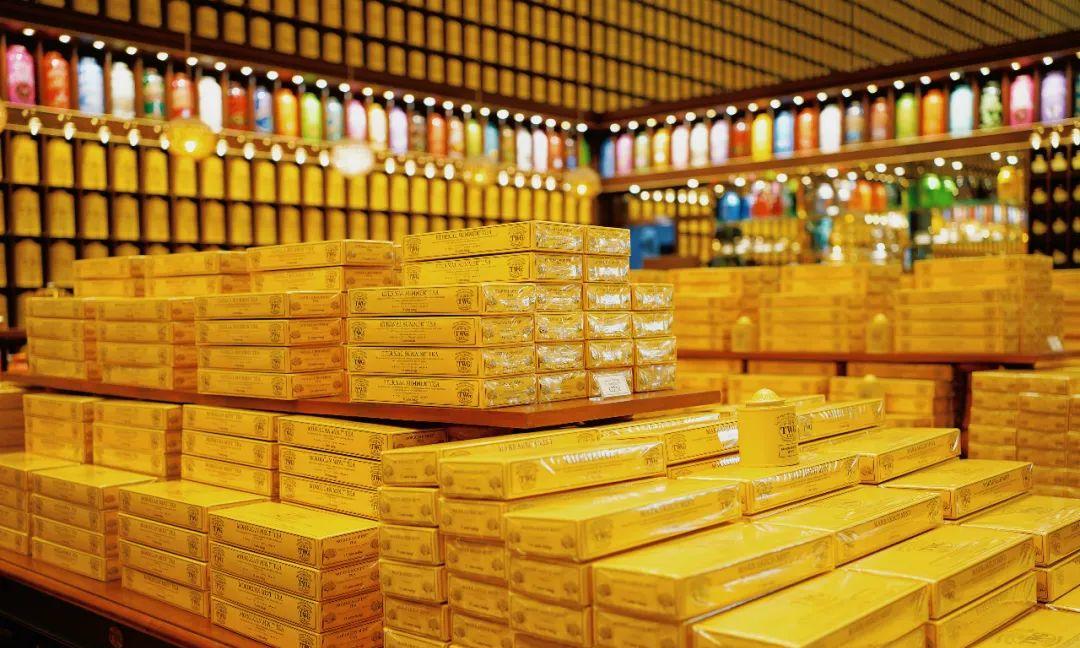This year, Singapore has truly become a hotspot! In February, it officially granted visa-free access to Chinese nationals, while March saw six concerts by Taylor Swift, and in April, there are concerts by Bruno Mars and IU.
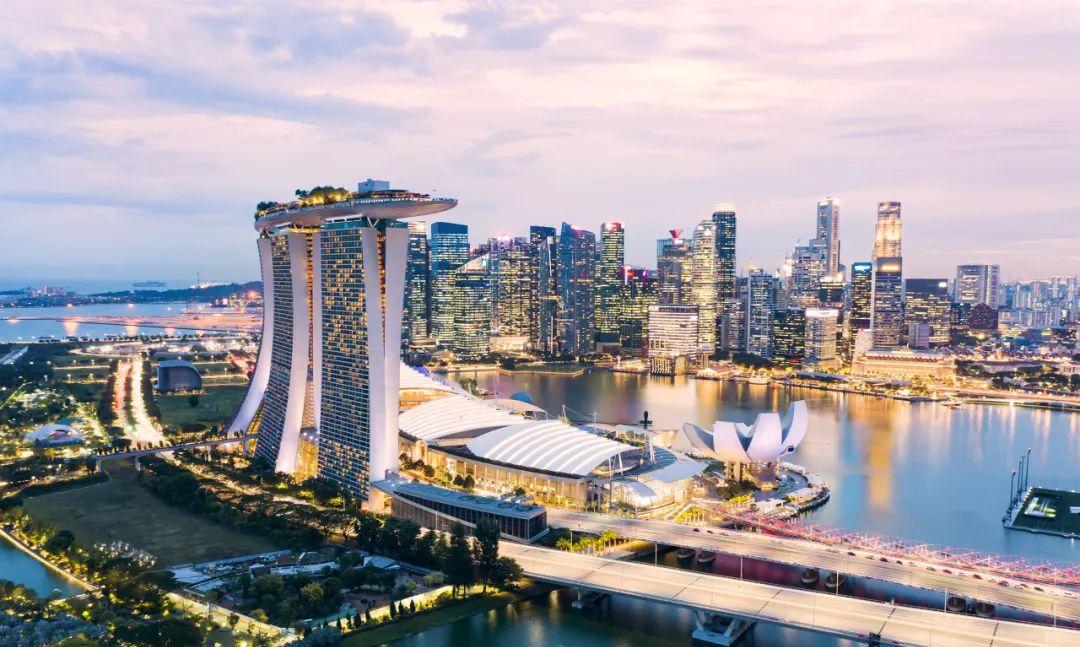
We previously wrote a very detailed👉 guide to Singapore. Recently, the Singapore Tourism Board invited us for an in-depth tour. This trip was indeed very special, but it also yielded rich experiences.
I must say, to discover interesting activities, it’s best to follow the experts. This time, we had the opportunity to deeply engage with many unusual experiences guided by the Singapore Tourism Board! Many well-known attractions can feel completely different when approached from a different angle. For example, having breakfast at the zoo while an orangutan works out nearby; the Supertree Grove at Gardens by the Bay looks magical and offers exciting experiential activities inside.
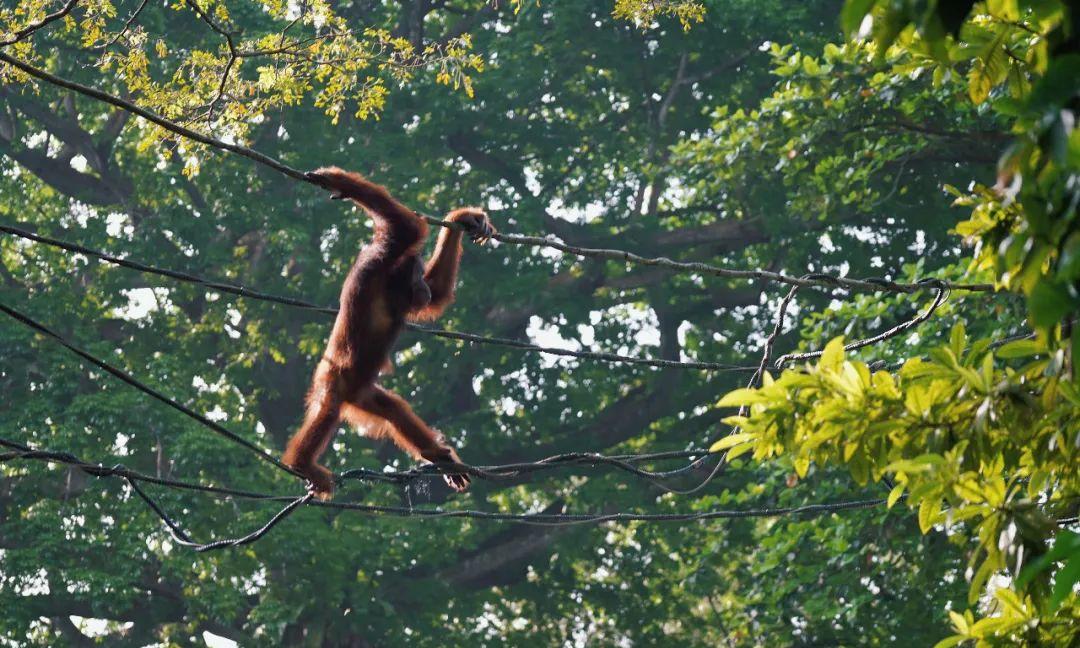
At the durian stalls, we enjoyed durians that had just fallen from the tree. Riding in a sidecar next to a cute little sheep, we checked out the F1 racetrack while “flying low” between towering skyscrapers! A trip is memorable not only for the scenery but also for those few highlighted moments.

Let me briefly share our itinerary as working individuals:
**Day 1:** Check-in at the Singapore Marriott Tang Plaza Hotel, dinner at the hotel’s buffet restaurant emBu, and an experience at the Presidential Suite and MO BAR.
**Day 2:** Breakfast with animals at the Singapore Zoo, bird-watching lunches at the Crimson Restaurant in the Jurong Bird Park & visits to the Bird Breeding and Research Center, roaming through the Bird Park & watching the bird show & tasting popular ice cream from Birds of Paradise, dinner at the Night Safari & forest adventure.
**Day 3:** City walk in Kampong Glam (Malay cultural district), Chinatown (Chinese cultural enclave), lunch at the Michelin-recommended National Kitchen by Violet Oon, handmade bag experience at GINLEE Studio in Raffles City, sidecar ride at the F1 racetrack, exploring four themed attractions at Gardens by the Bay, dinner at the Hortus restaurant in the Flower Dome, and drinks at ATLAS, one of the World’s 50 Best Bars in 2023.
**Day 4:** Visit the Peranakan Museum, lunch at Michelin-recommended True Blue restaurant, experience go-karting & mini-golf in Sentosa, dinner at The Halia in the Singapore Botanic Gardens, and durian-tasting at Ah Di’s Durian Stalls.
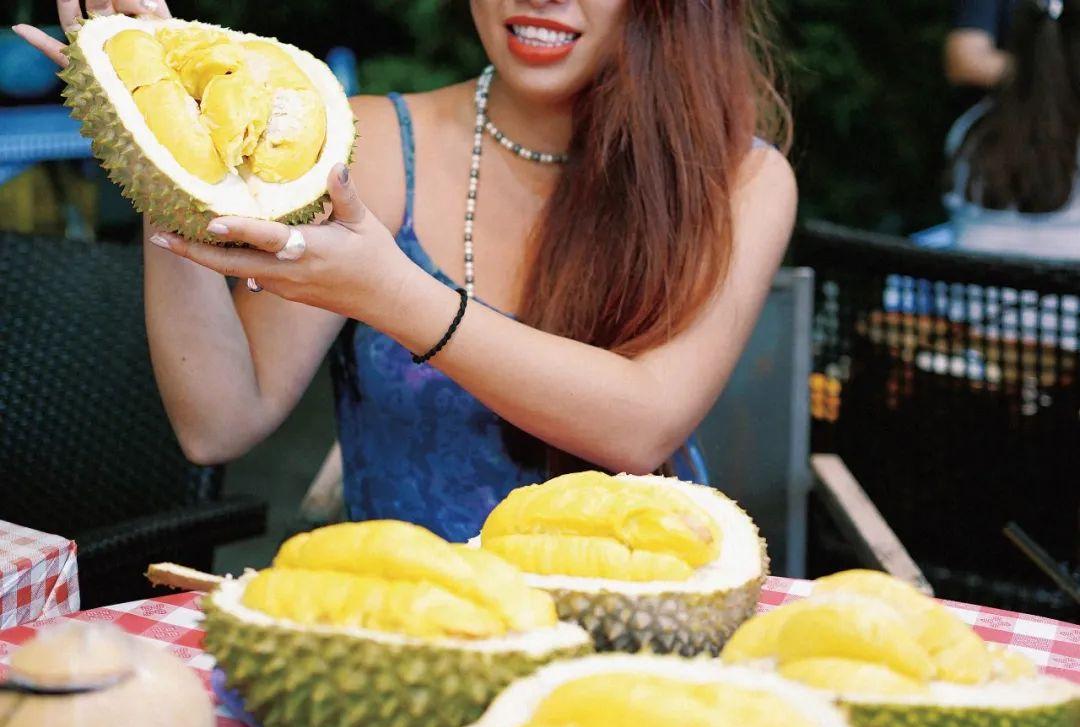
**Day 5:** Shop at Changi Airport, which has been voted the World’s Best Airport 12 times, and check out the Rain Vortex at Jewel Changi.
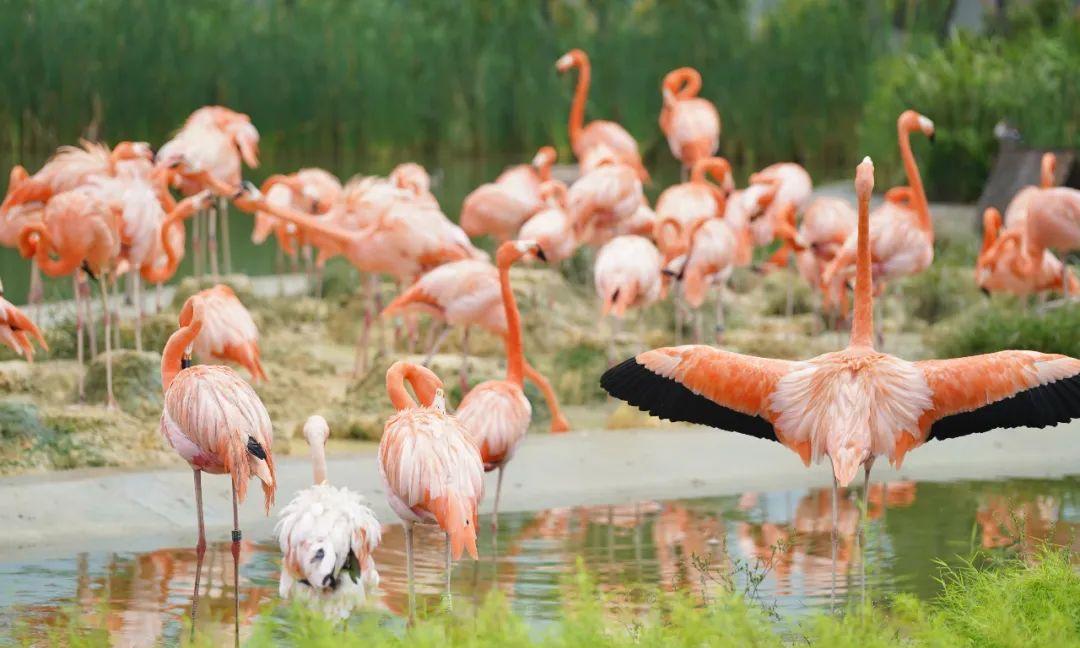
In today’s post, we’ll distill the highlights and unlock an unexpected Singapore that isn’t found in other travel guides!
### Part 1: Urban Exploration Experience
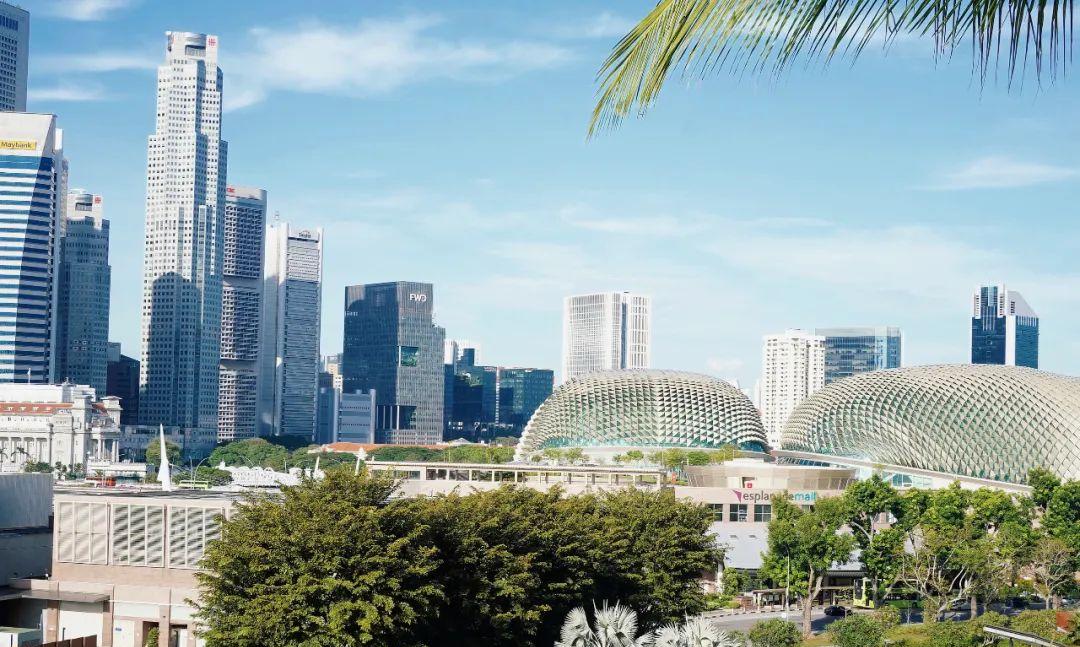
Singapore appears to have a “counterattack script.” With an area of 733.2 square kilometers (data from 2022), it is roughly equivalent to 0.6 of Shanghai’s Pudong. In just over 50 years, it has become a developed country.
Singapore boasts the world’s best urban infrastructure. In a global wealth ranking released by Global Finance in December last year, Singapore ranked first in Asia and third in the world.
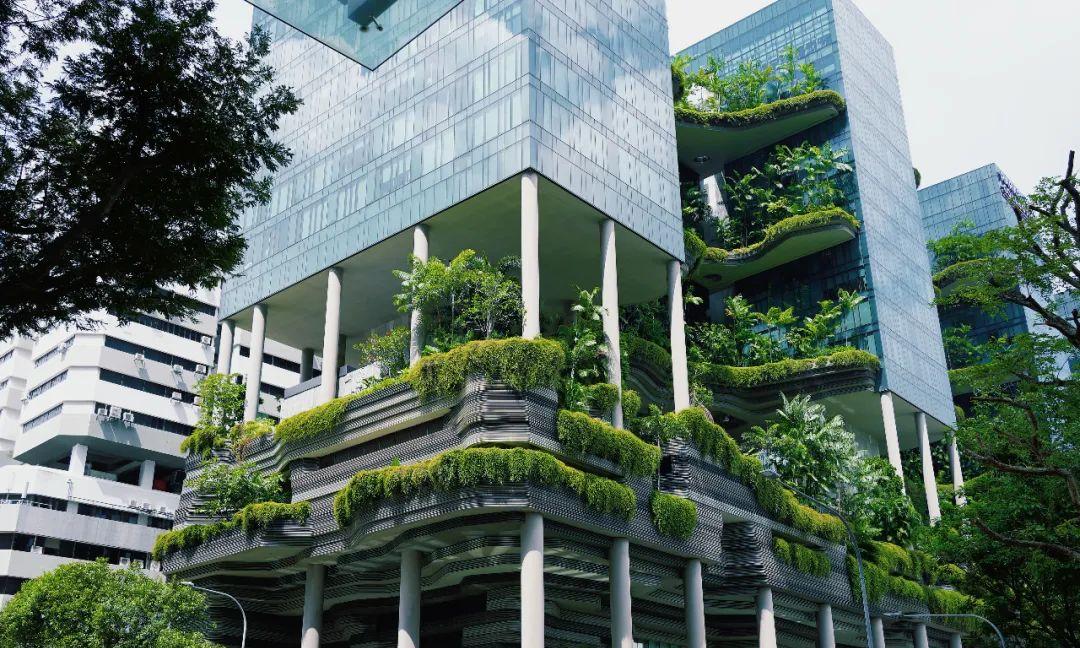
In terms of sustainability, Singapore is also performing exceptionally well. Last March, it became the first “Sustainable Tourism Destination” recognized by the Global Sustainable Tourism Council.
Singapore’s urban scenery is well worth exploring. Through three experiences on this journey, we gained an overall understanding of Singapore’s unique character:
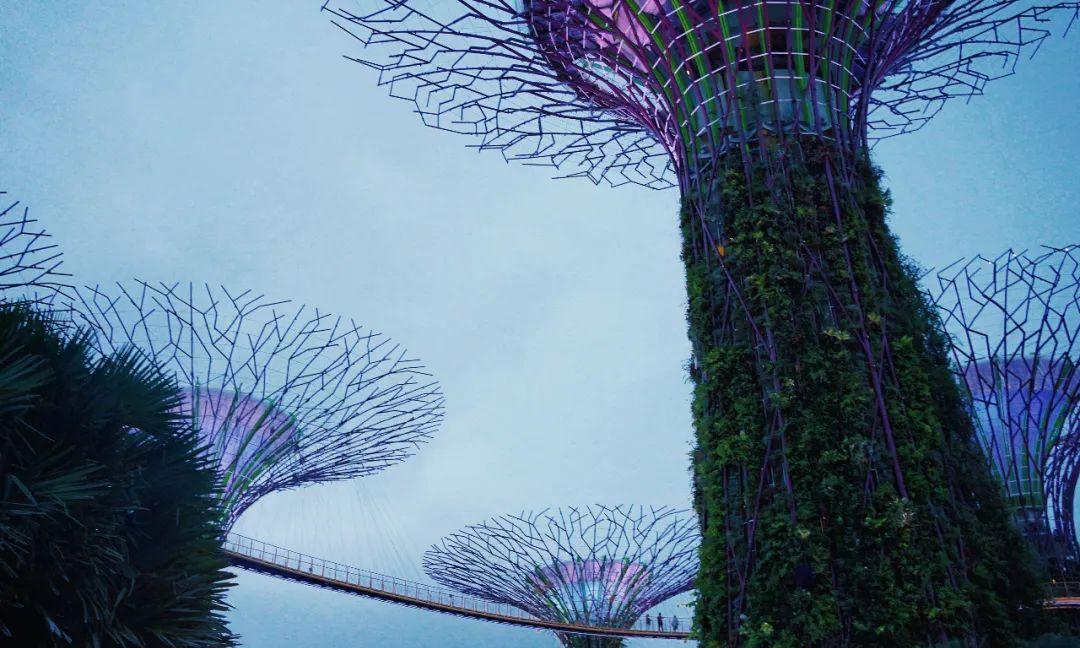
Experiencing the city’s green beauty at Gardens by the Bay; learning about authentic Peranakan culture at the Peranakan Museum; and “flying low” on the sidecar ride while admiring fantastic architecture.
1. **Gardens by the Bay**
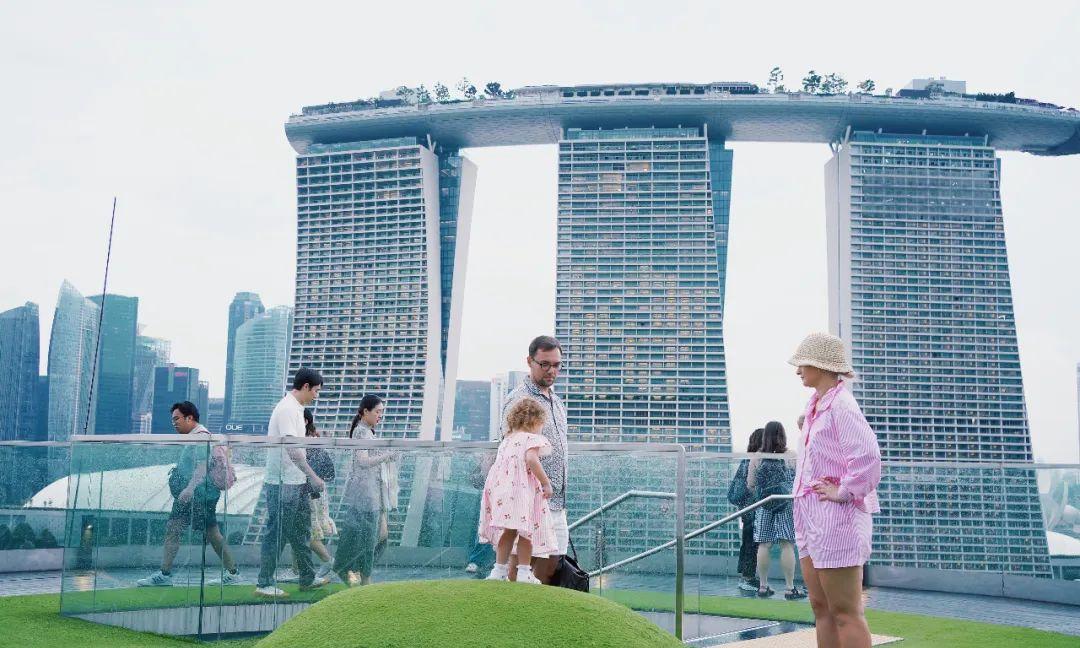
Gardens by the Bay is an iconic attraction in Singapore, comprising the Bay South Garden, Bay East Garden, and the Conservatories. Within the lush gardens, 18 towering Supertrees rise. The bold colors and futuristic shapes leave a lasting impression.
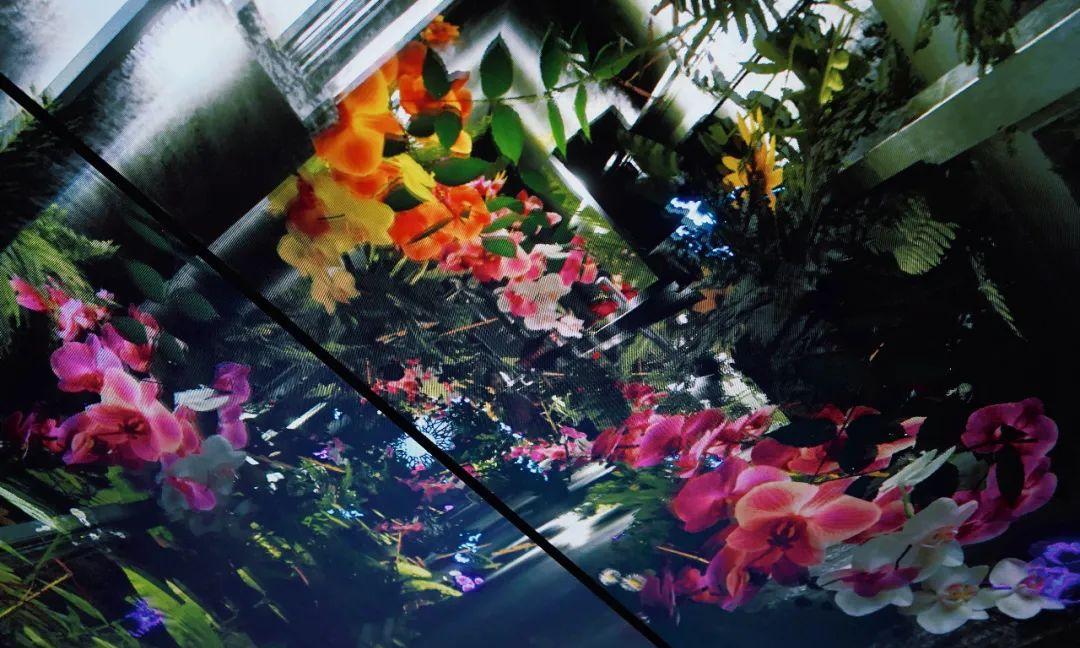
The usual way to enjoy the garden is to stroll and admire the Supertrees’ appearance, but inside, there are many wonders. This time, we thoroughly explored four key attractions, summarizing a reliable Gardens by the Bay visitor guide.
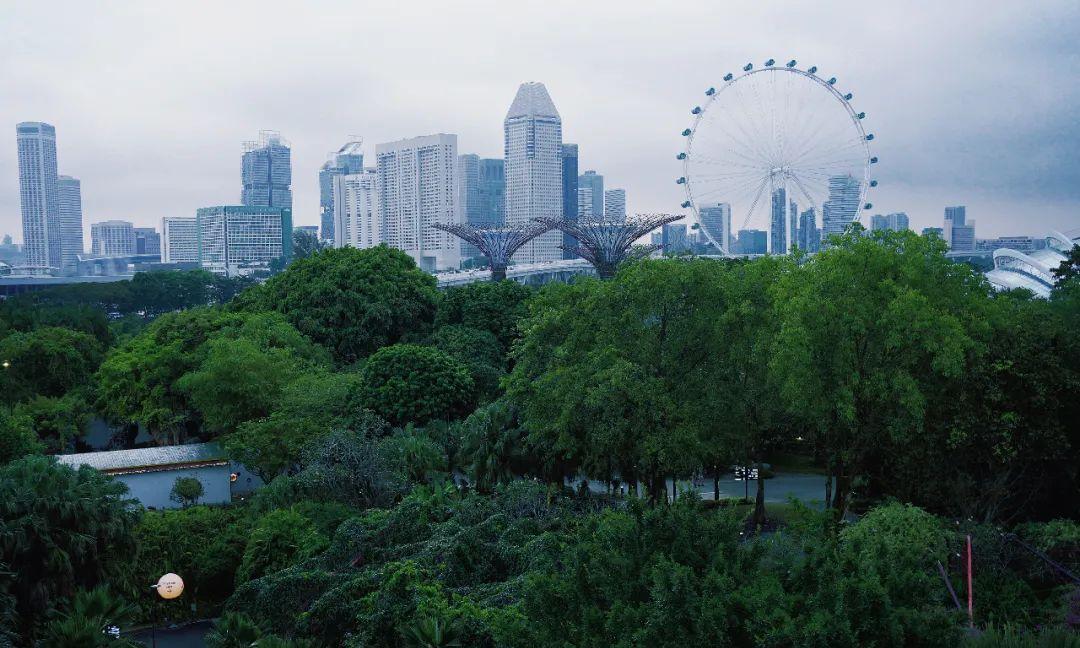
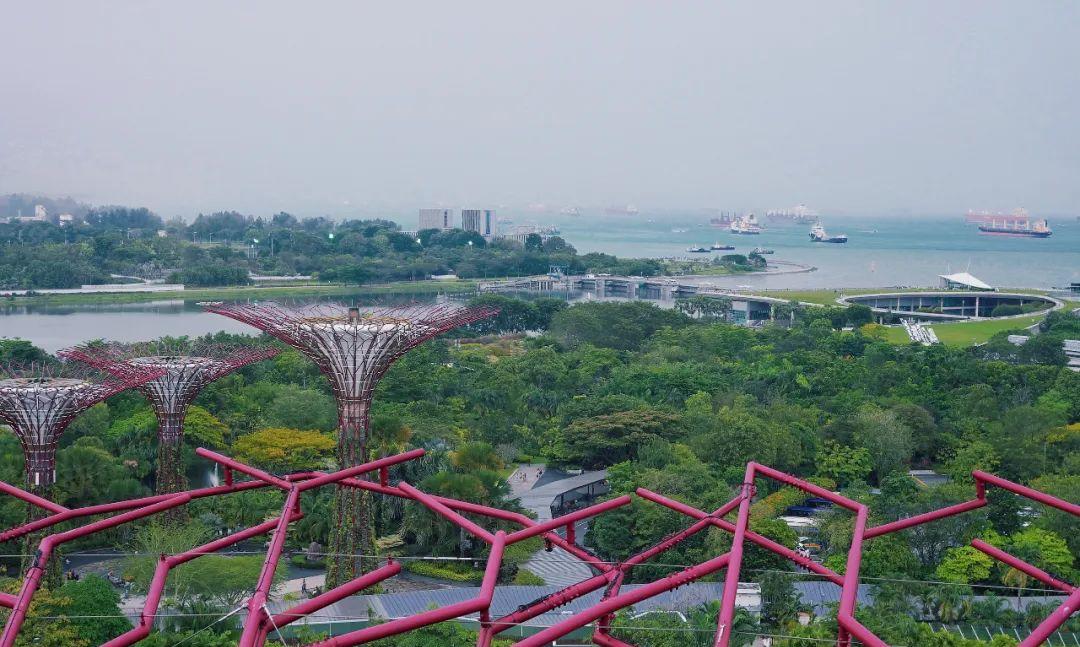
– **Supertree Observatory**
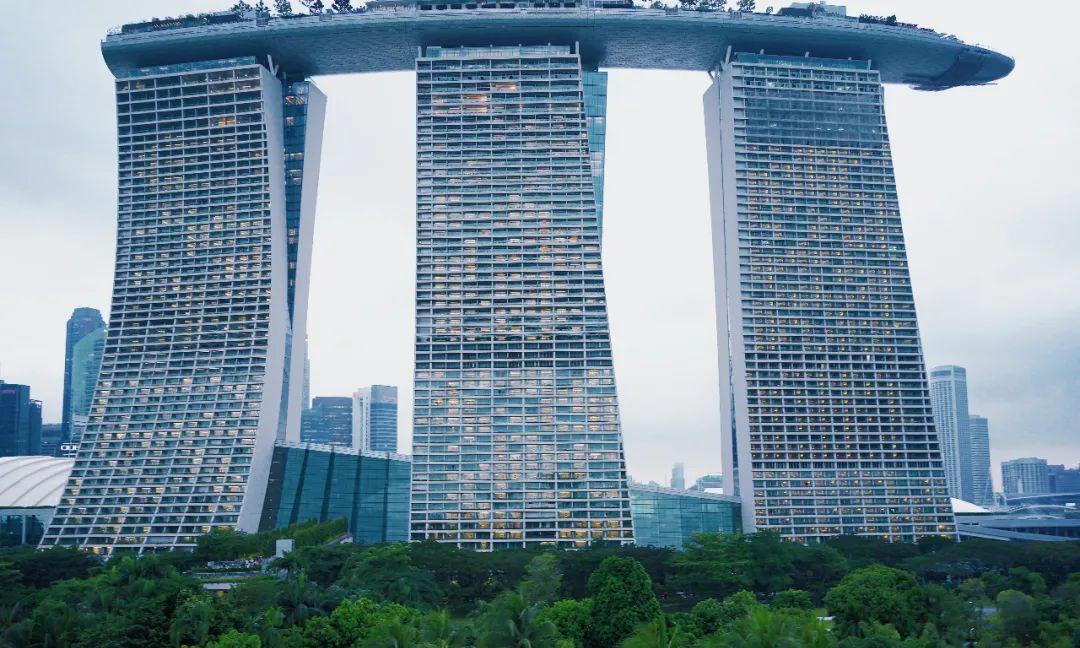
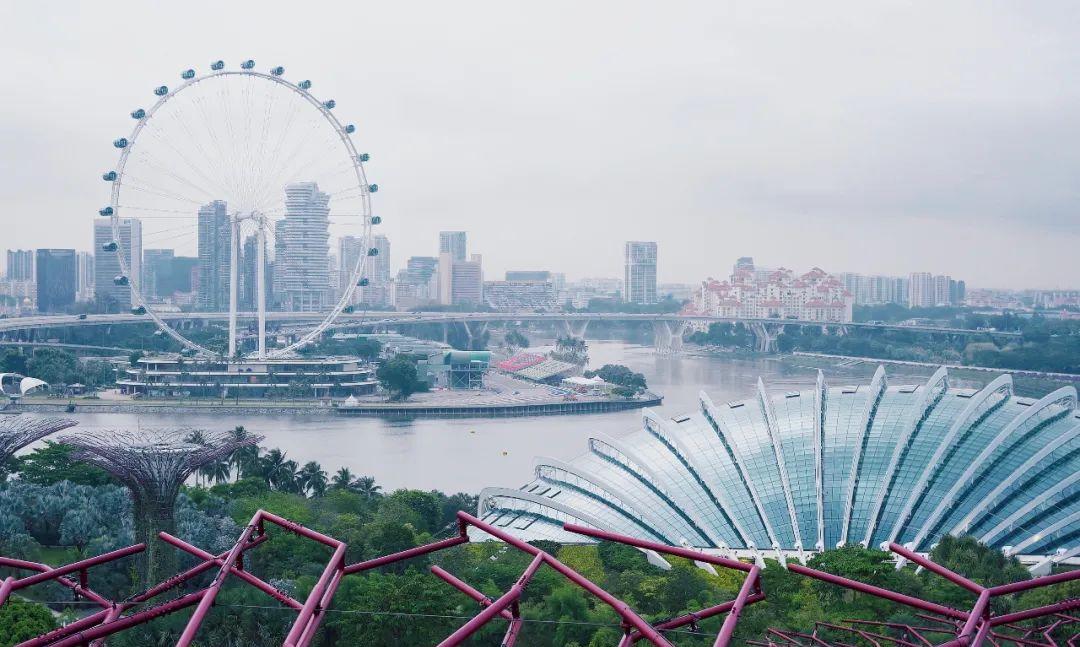
⏰: 9:00-21:00
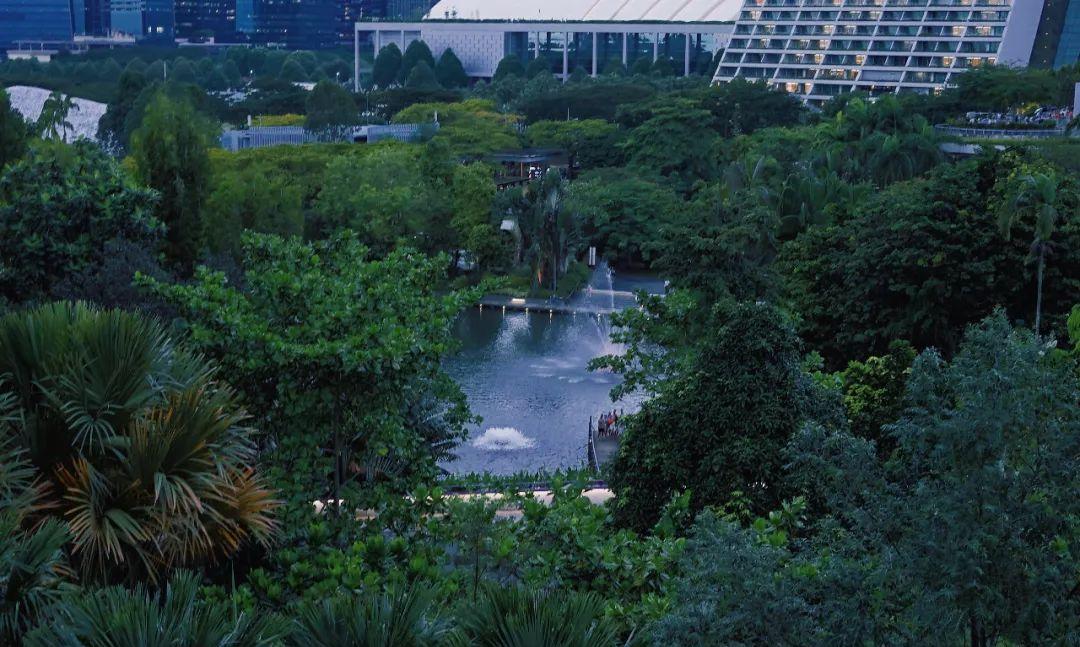
🎫: Adults SGD 14, Children SGD 10 (ages 3-12)
It stands 50 meters tall, equivalent to a 16-story building, accessed by elevator.
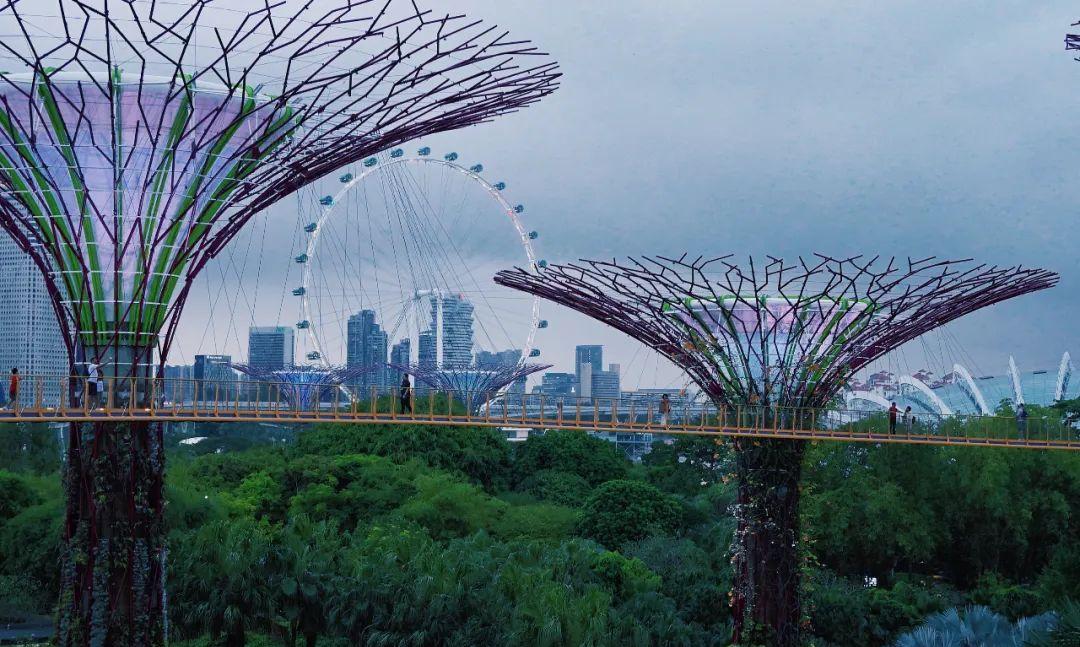
The top has a vertical garden design, making the ascent feel far from mundane.
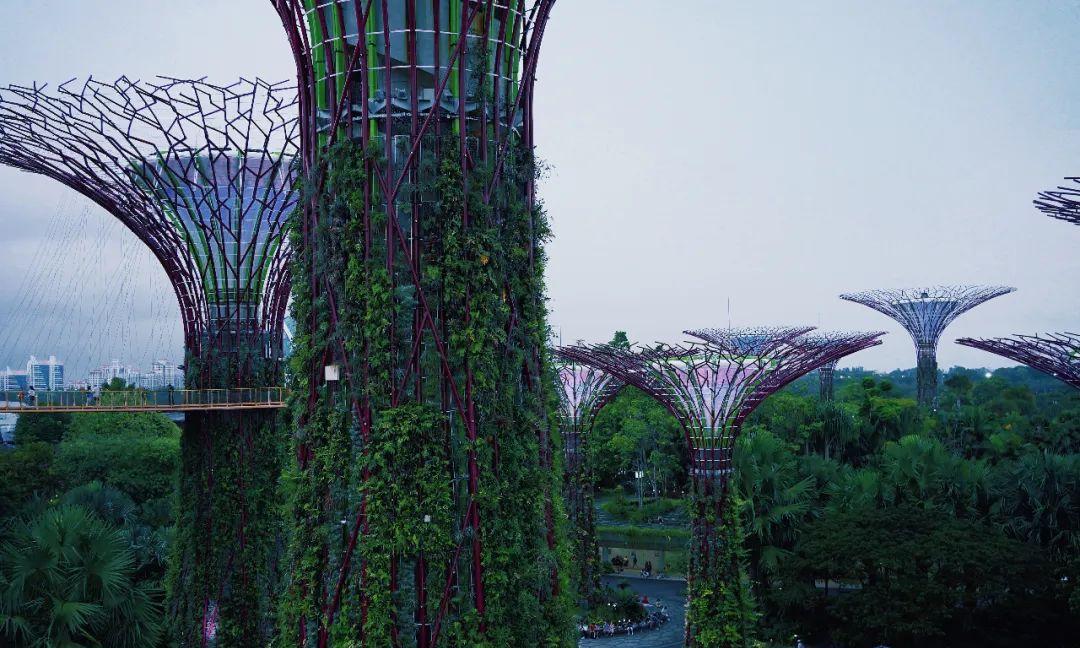
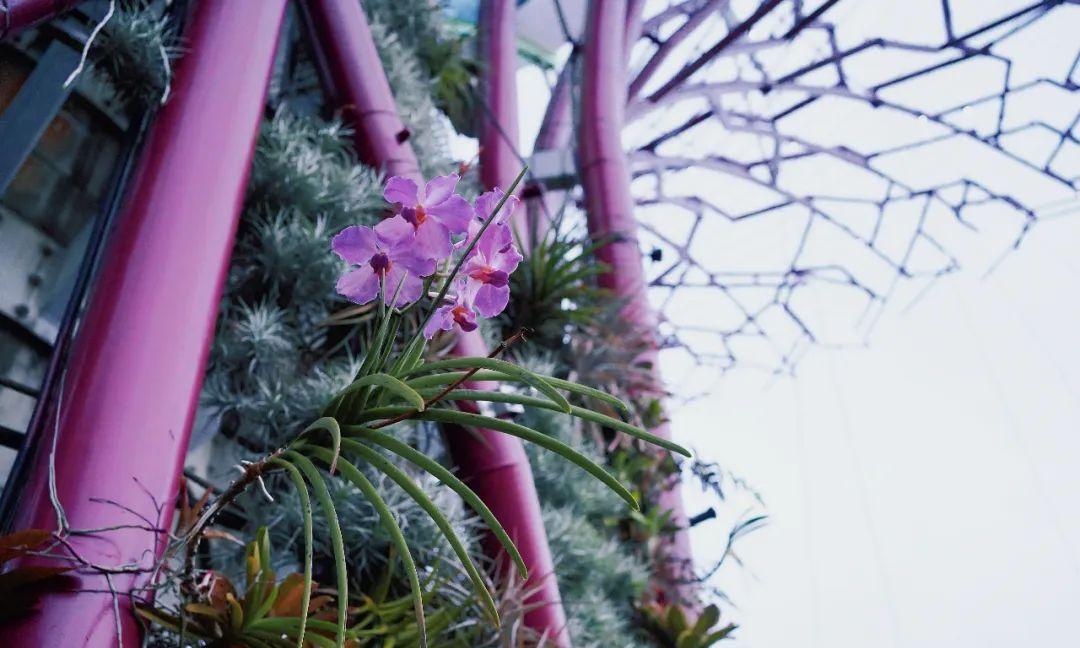
The observatory features unobstructed 360-degree views, allowing for an unobstructed view of Singapore’s skyline.
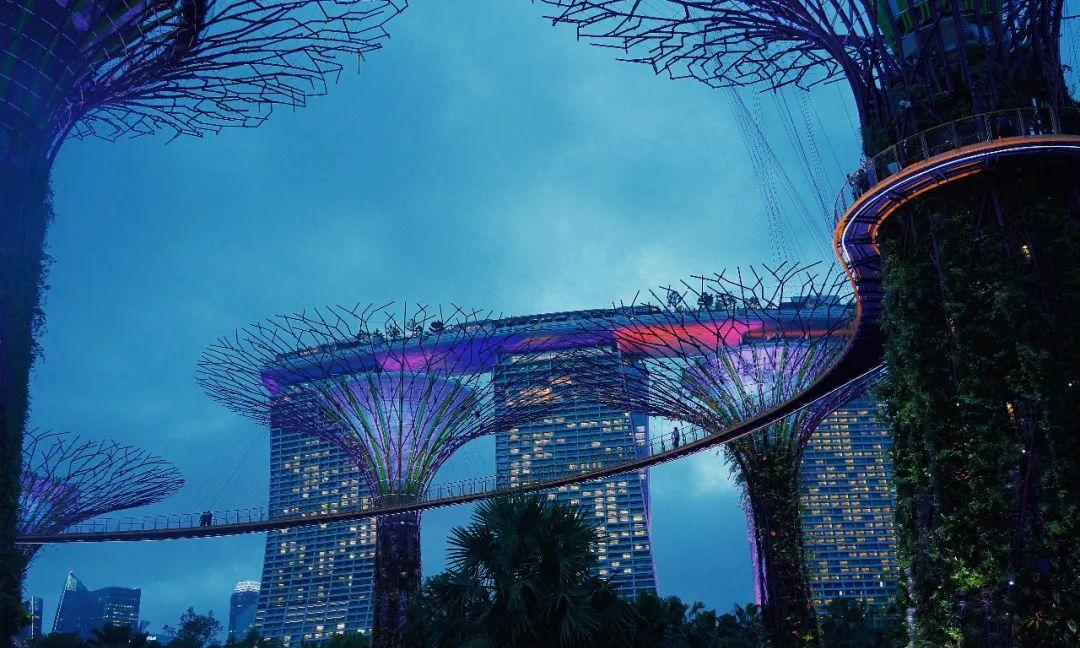
As we walk around, the Marina Bay Sands’ SkyPark, the towering Ferris wheel by the bay, the shimmering Flower Dome, and the harbor where ships are docked come into view sequentially.
Standing on the viewing platform, I finally understood why Singapore is often referred to as a “city in nature.”
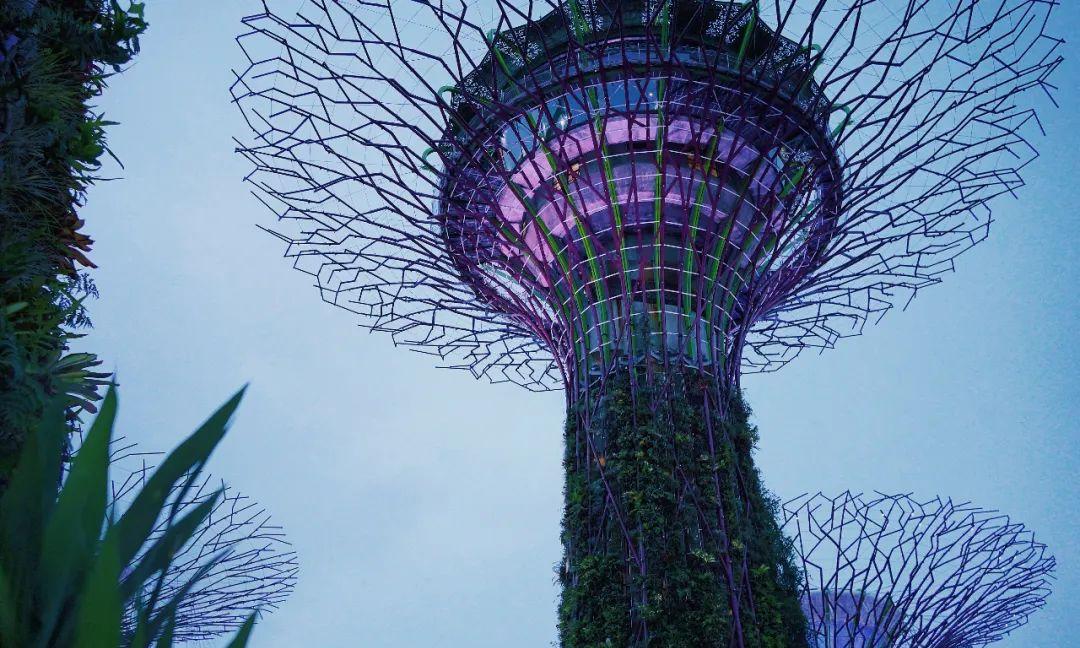
– **OCBC Skyway**
⏰: 9:00-21:00 (closed during thunderstorms)
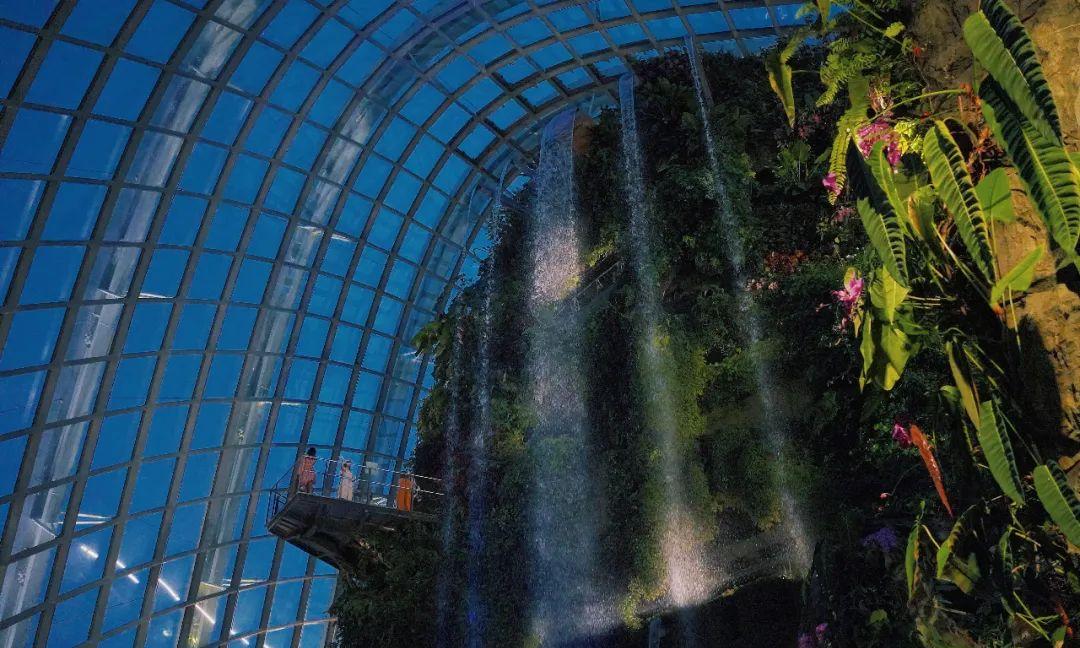
🎫: Adults SGD 14, Children SGD 10
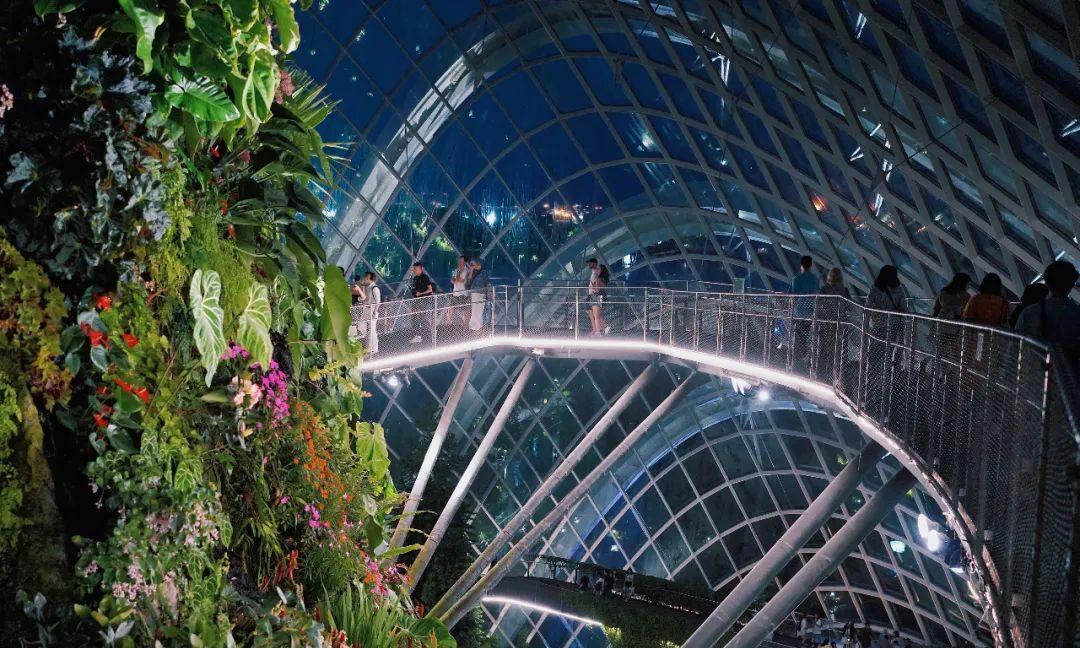
This aerial walkway is suspended 22 meters above the ground and stretches 128 meters. Below are the towering Supertrees, blending modernity and wild charm. Walking along it allows for close-up views of the Supertrees. The steel framework supports a multitude of beautiful plants.
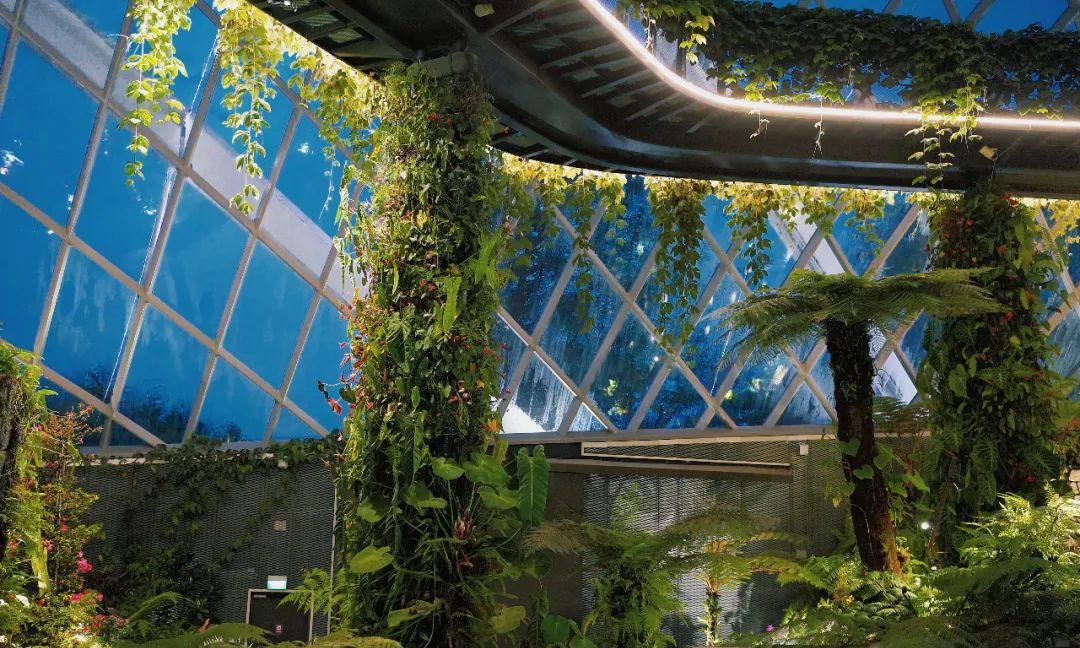
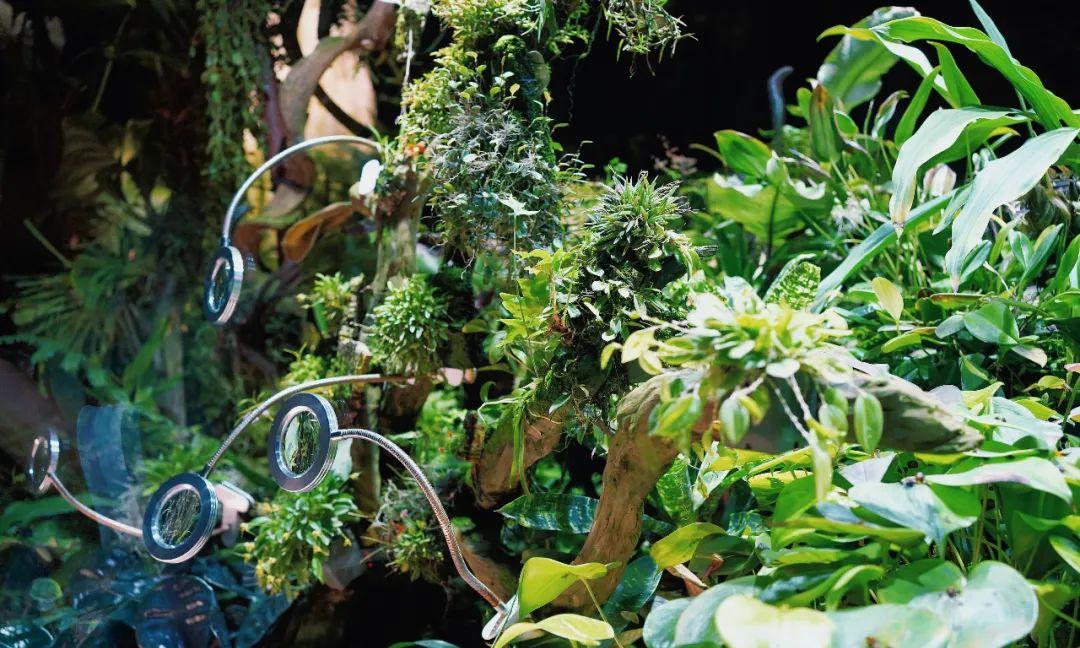
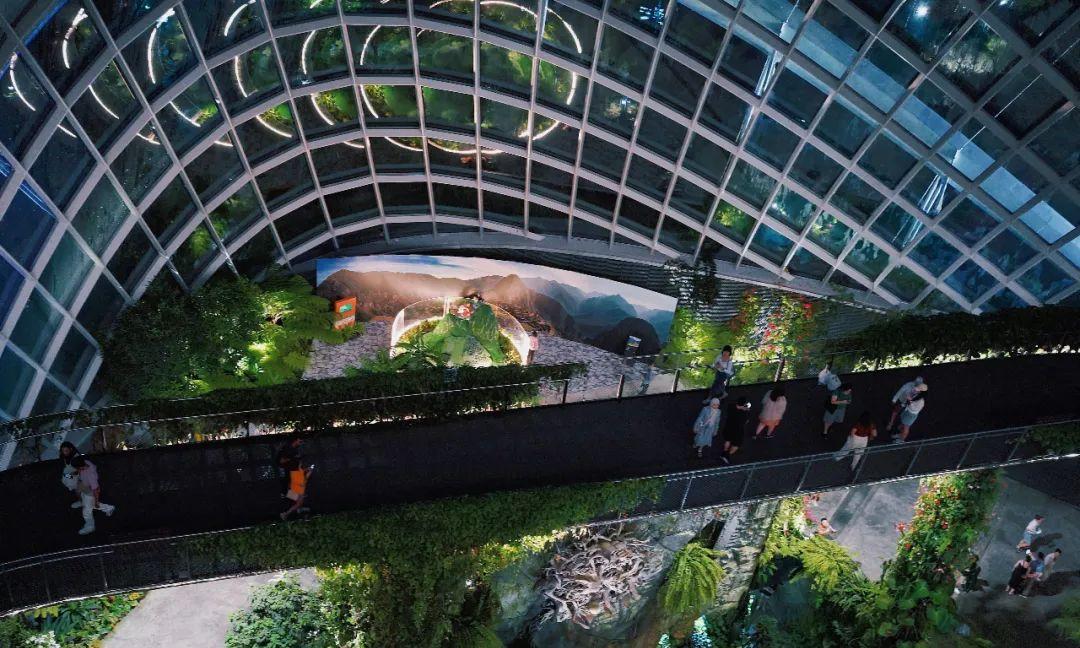
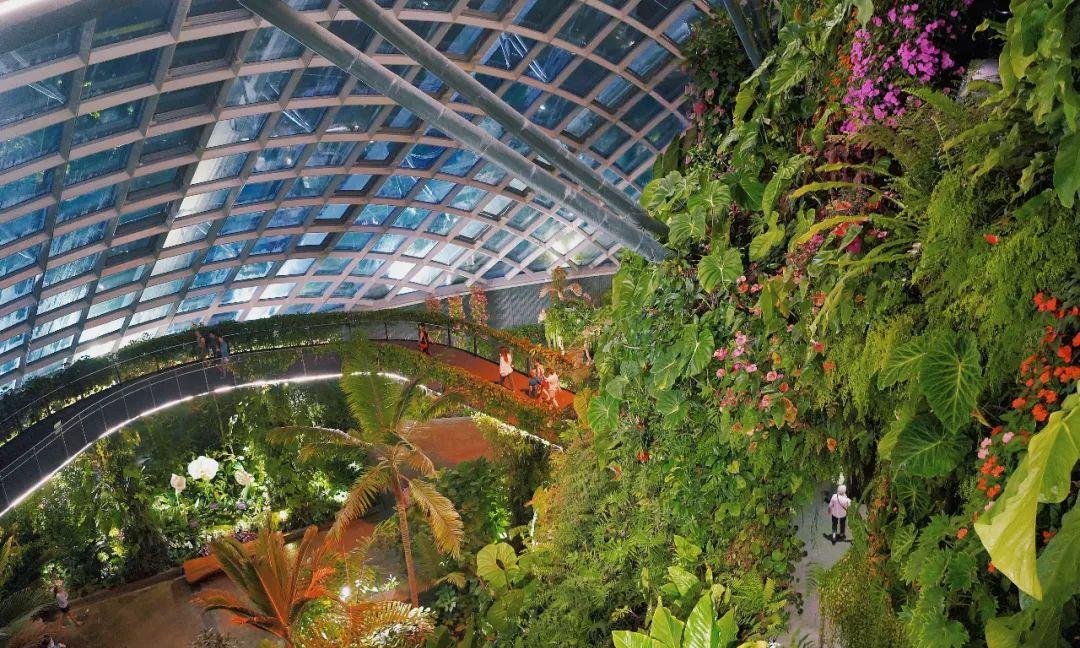
Although we didn’t catch the sunset due to the rainy season, as night fell, both the Supertrees and the distant buildings lit up, making it feel like we had stepped into a science fiction movie.
At night, Gardens by the Bay is especially beautiful, with musical light shows at 19:45 and 20:45.
There is also a shorter aerial walkway among the Supertrees. These two attractions provide contrasting experiences—one focuses on unobstructed viewing, while the other is more interactive.
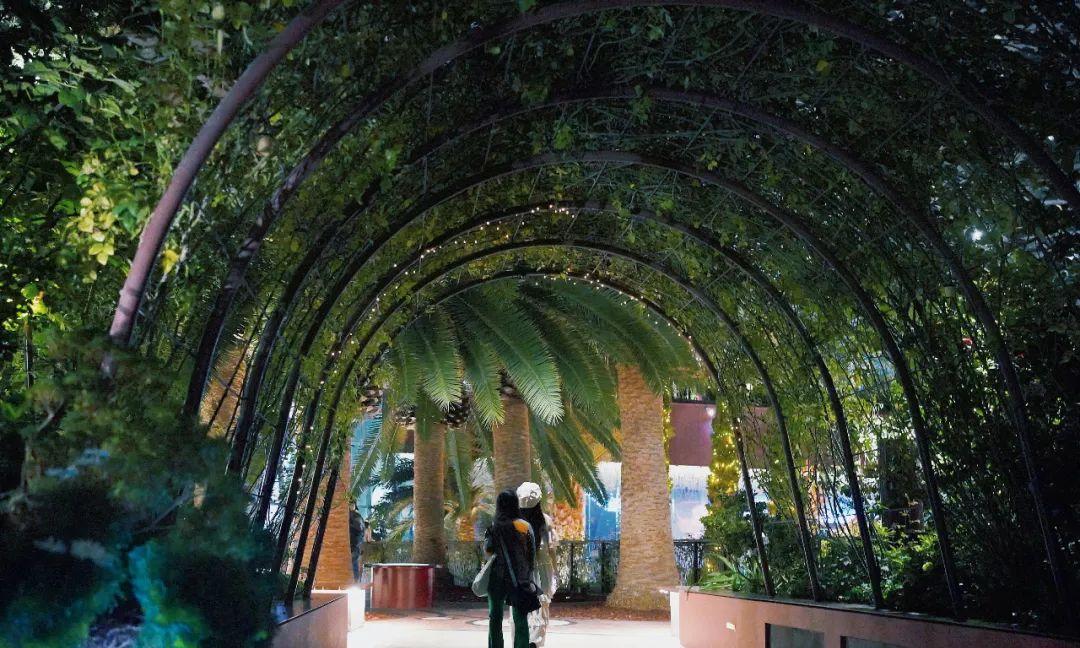
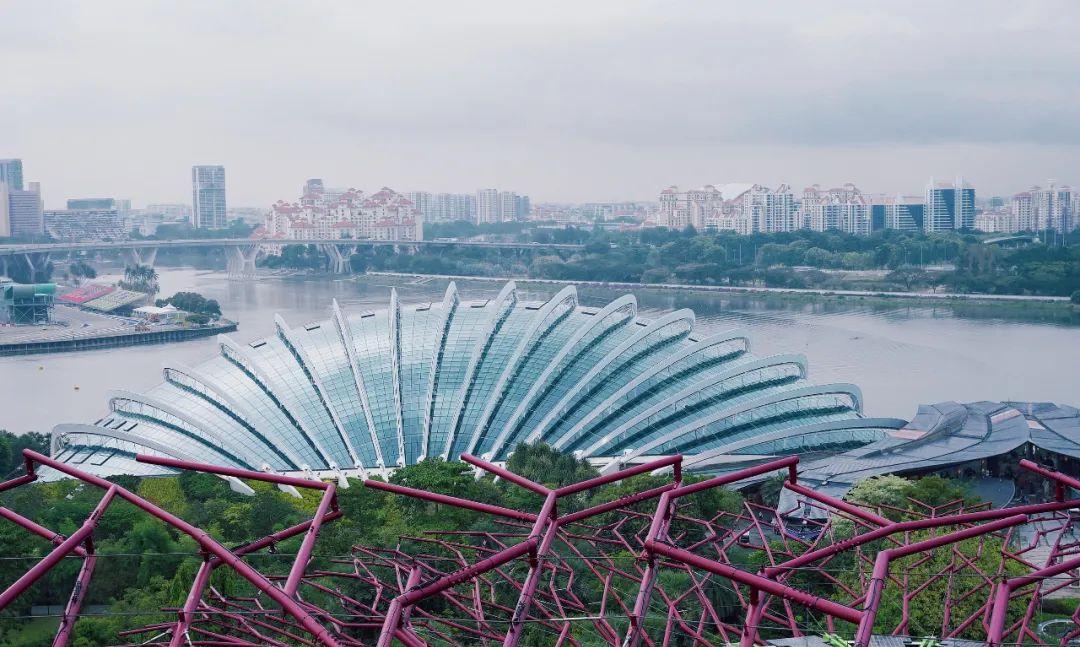
– **Cloud Forest**
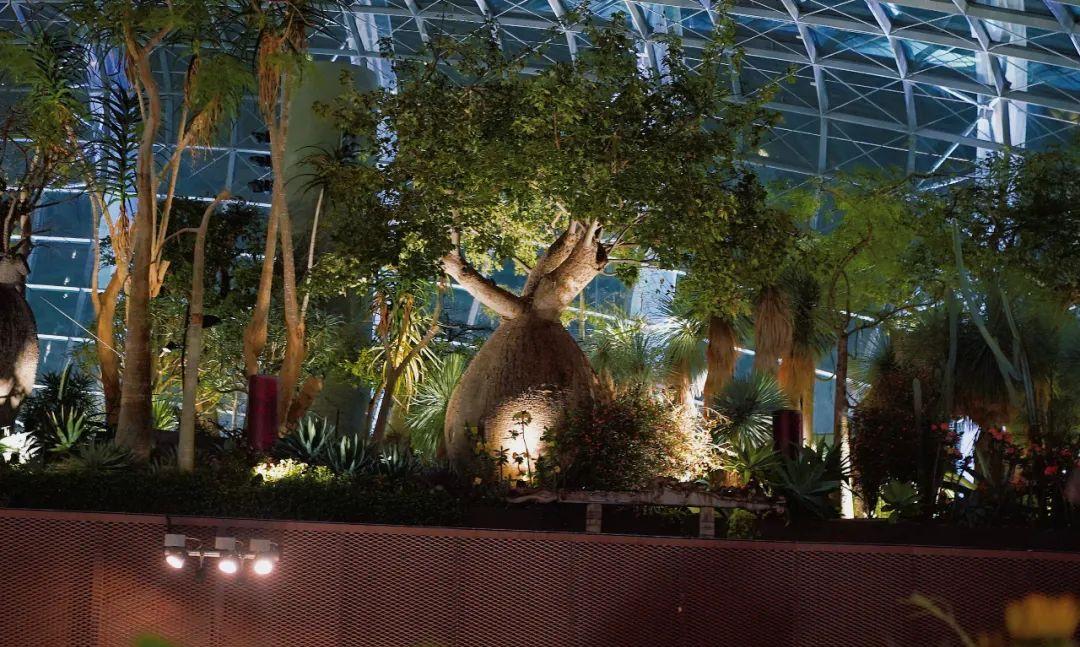
⏰: 9:00-21:00
🎫: Adults SGD 32, Children SGD 18
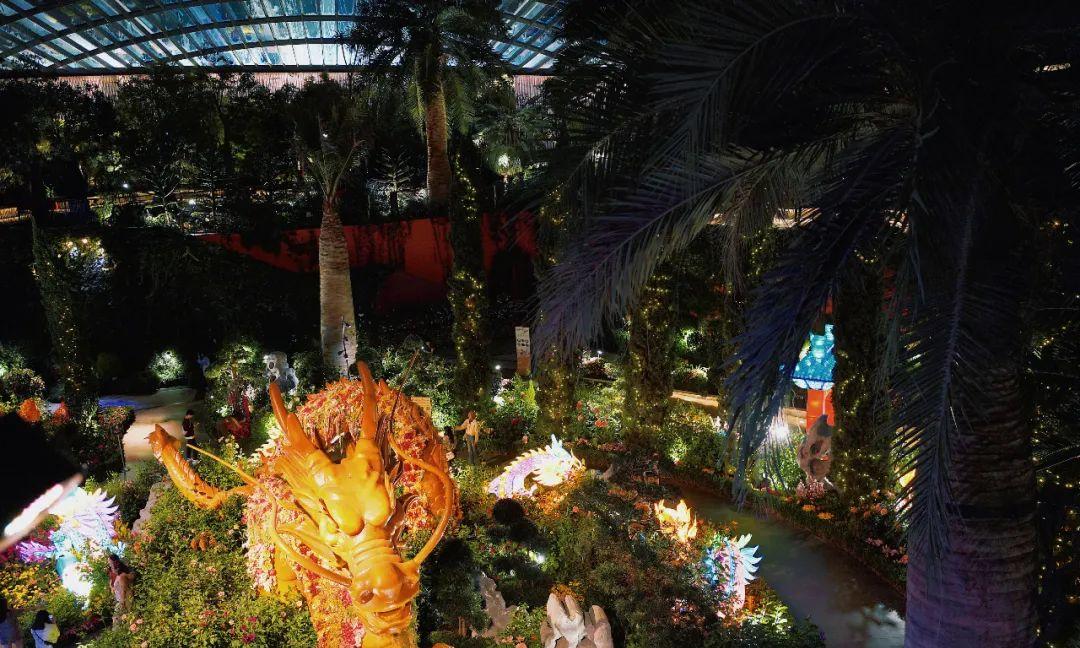
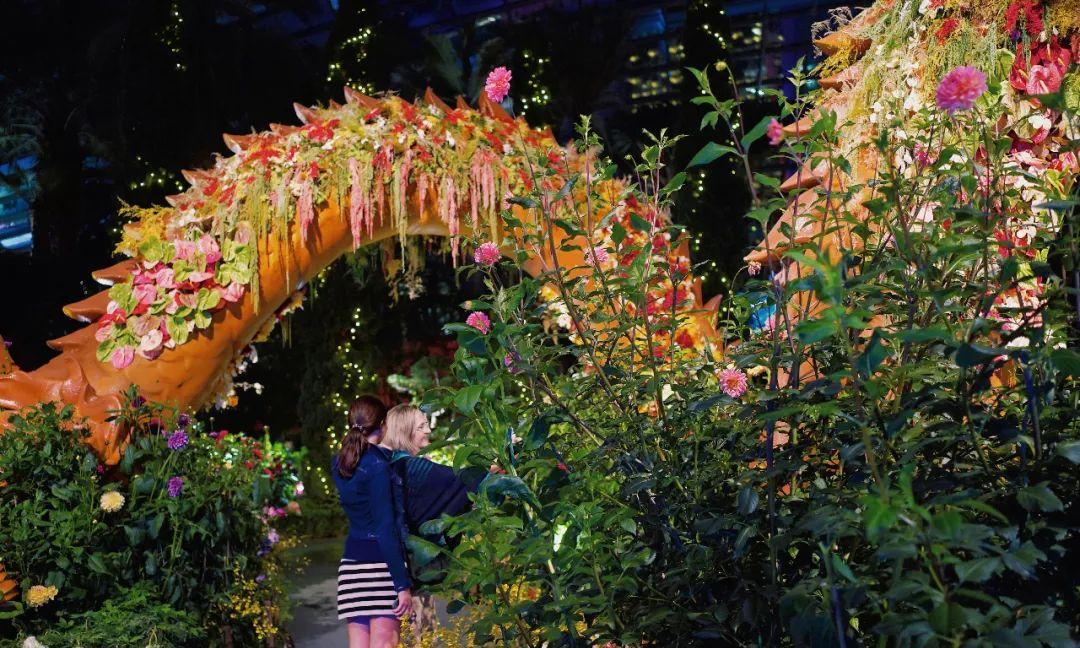
Cloud Forest, featuring a waterfall and various exotic plants, creates an indoor misty mountain landscape. It is the most content-rich and longest experience among the four attractions, requiring at least an hour to explore.
It has one of the world’s tallest indoor waterfalls, cascading from 35 meters, offering breathtaking sights and refreshing air.
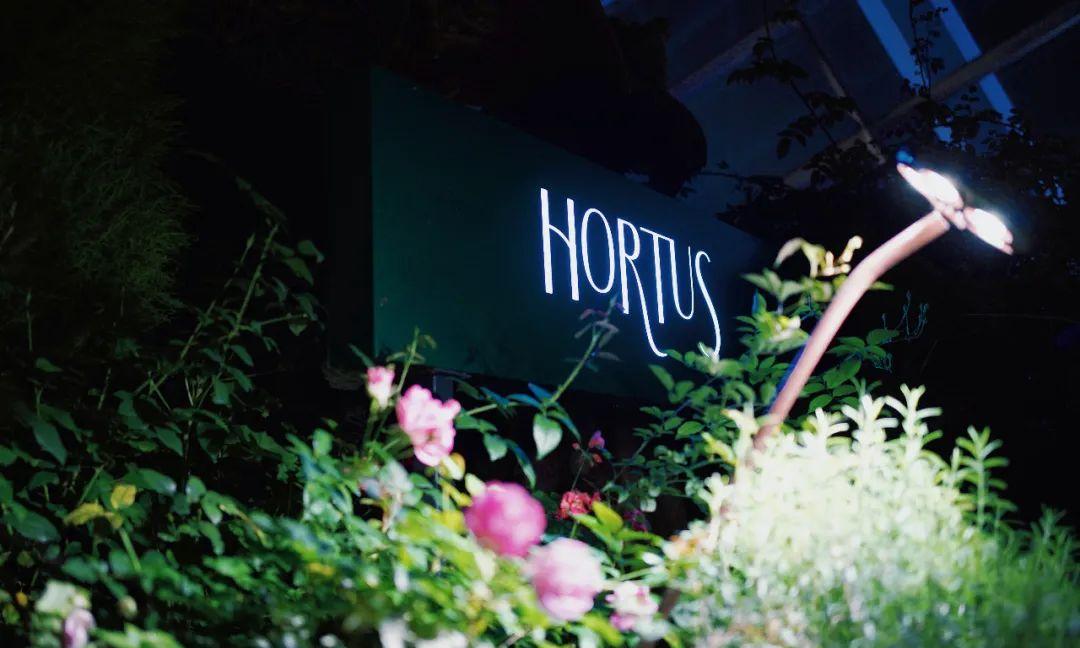
Following the pathway to the peak, visitors descend through various levels without backtracking. The Secret Garden is home to over 7,000 plants, some so small that they require a magnifying glass to see. The 280-square-meter orchid zone bursts with colors. When tired, guests can rest in the Cloud Forest Theatre to watch a film.
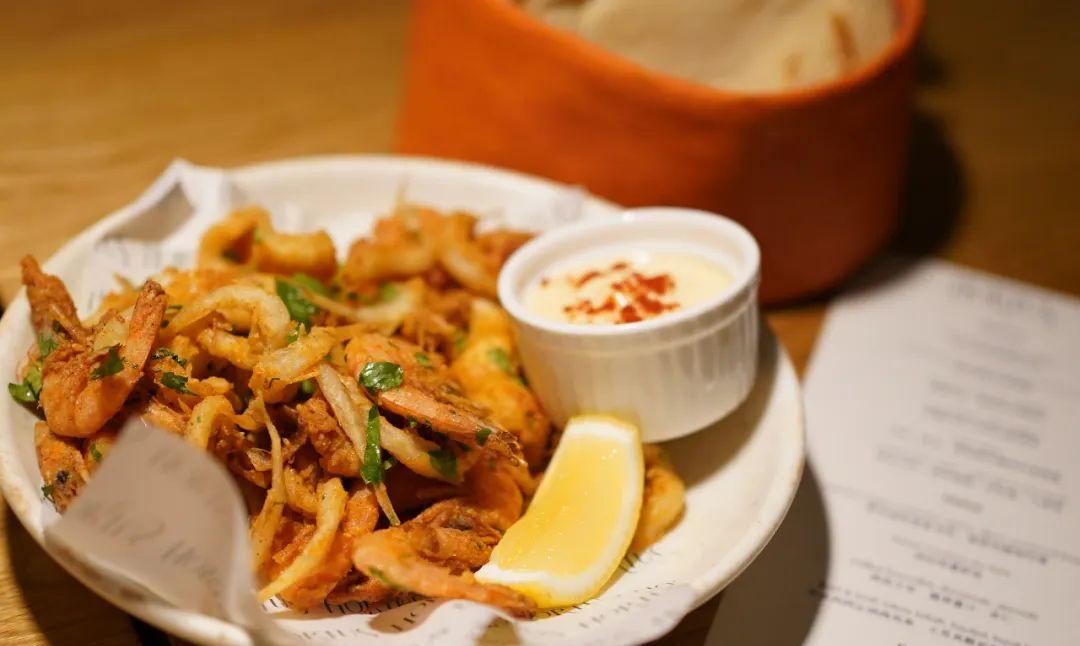
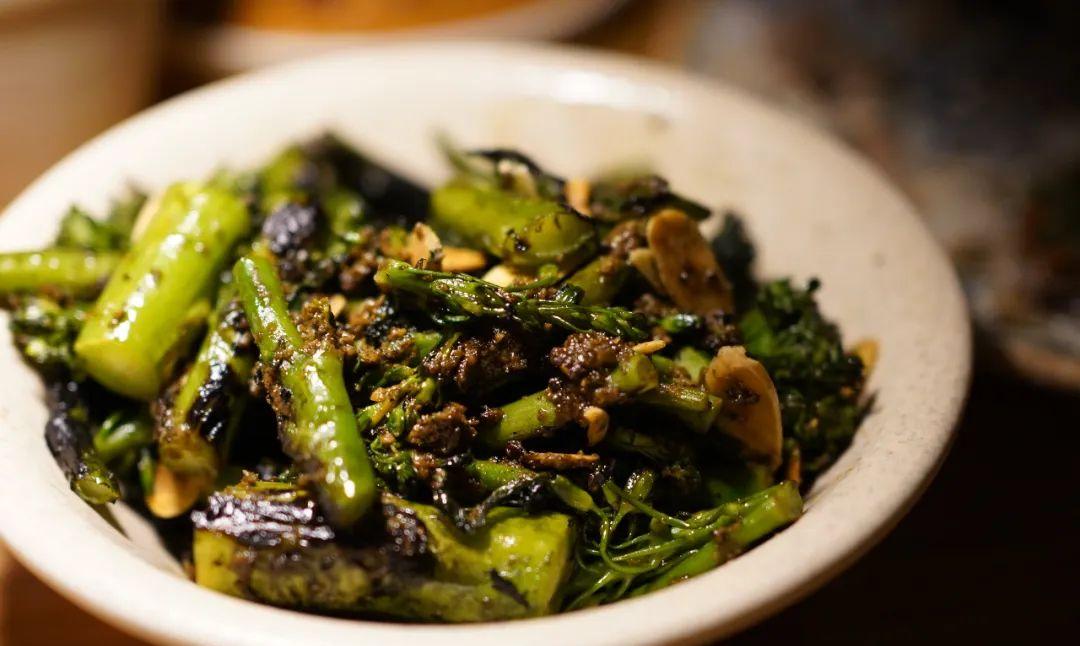
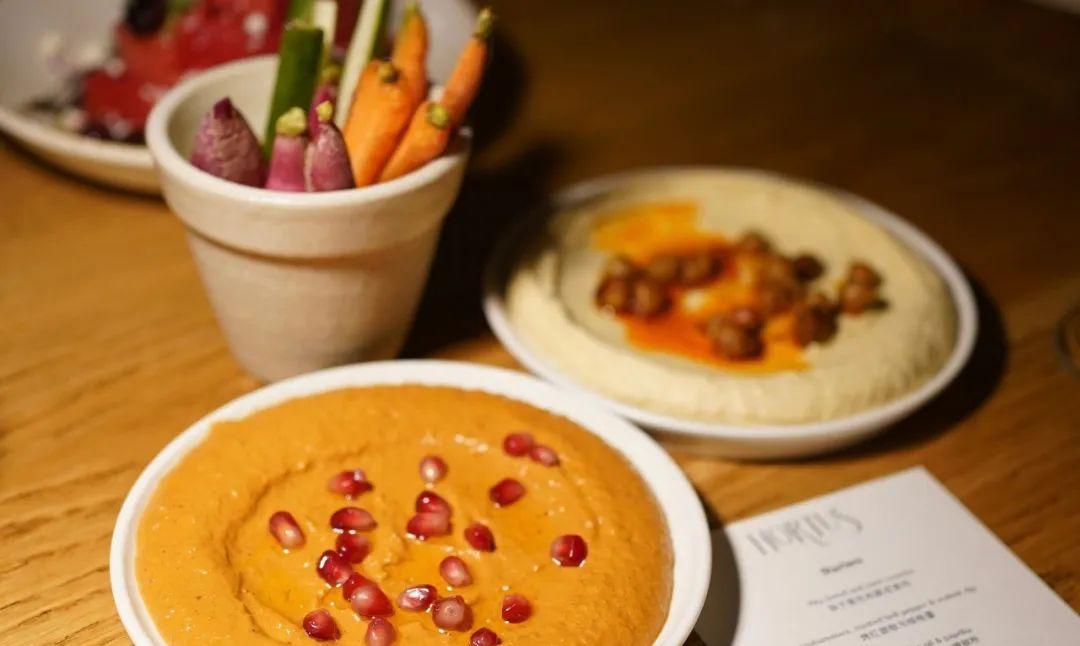
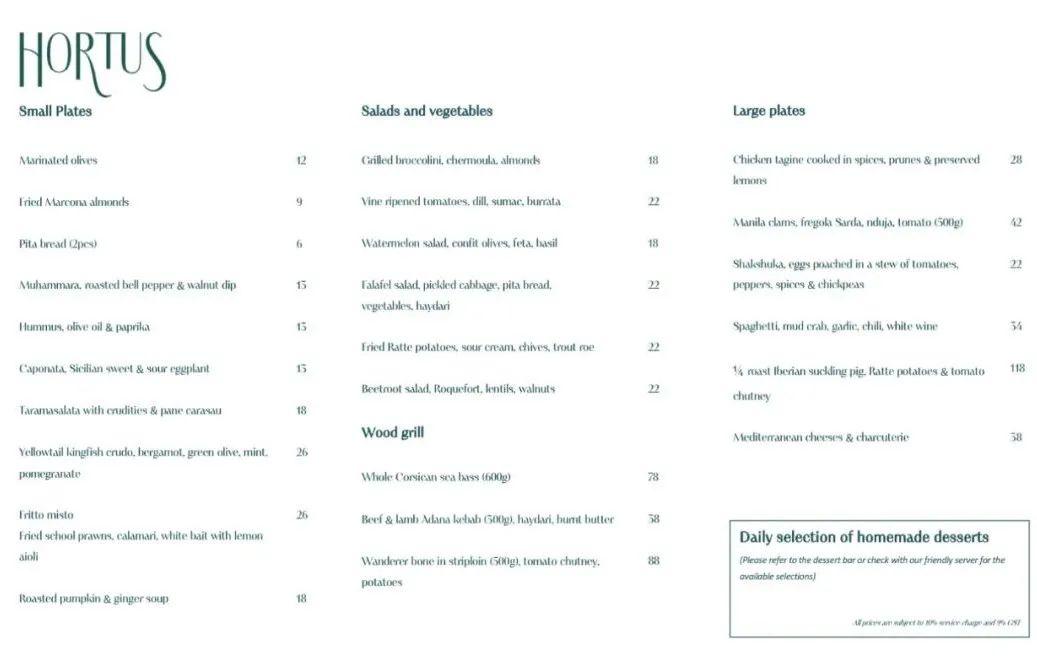
Given its tropical climate, those wishing to avoid the sun can retreat into this cool indoor space and leisurely admire various plants.
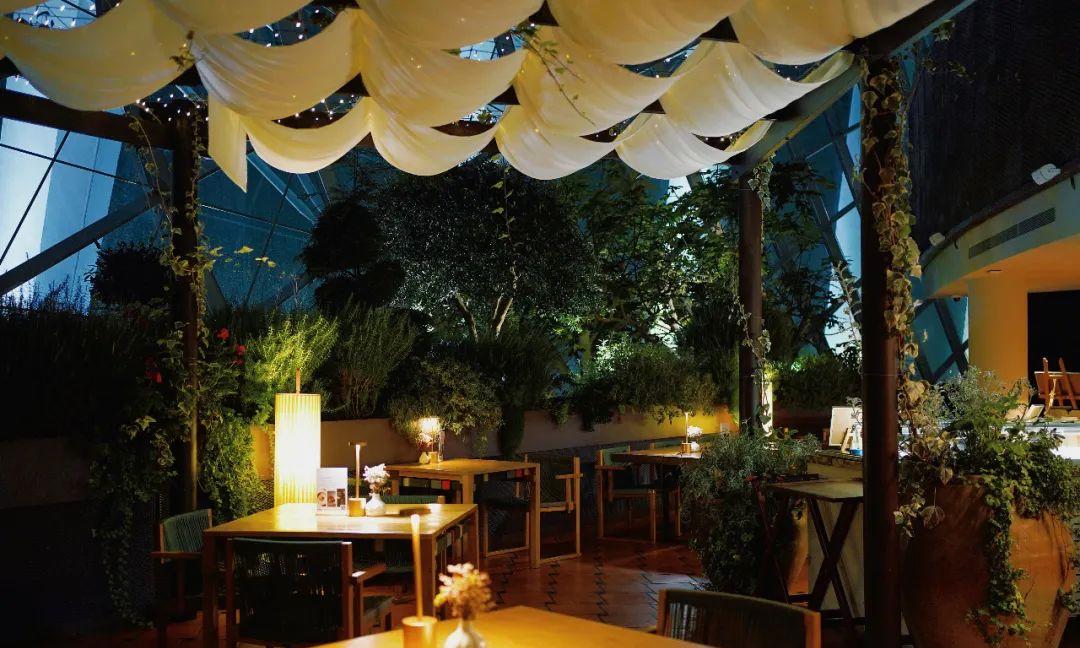
– **Flower Dome**
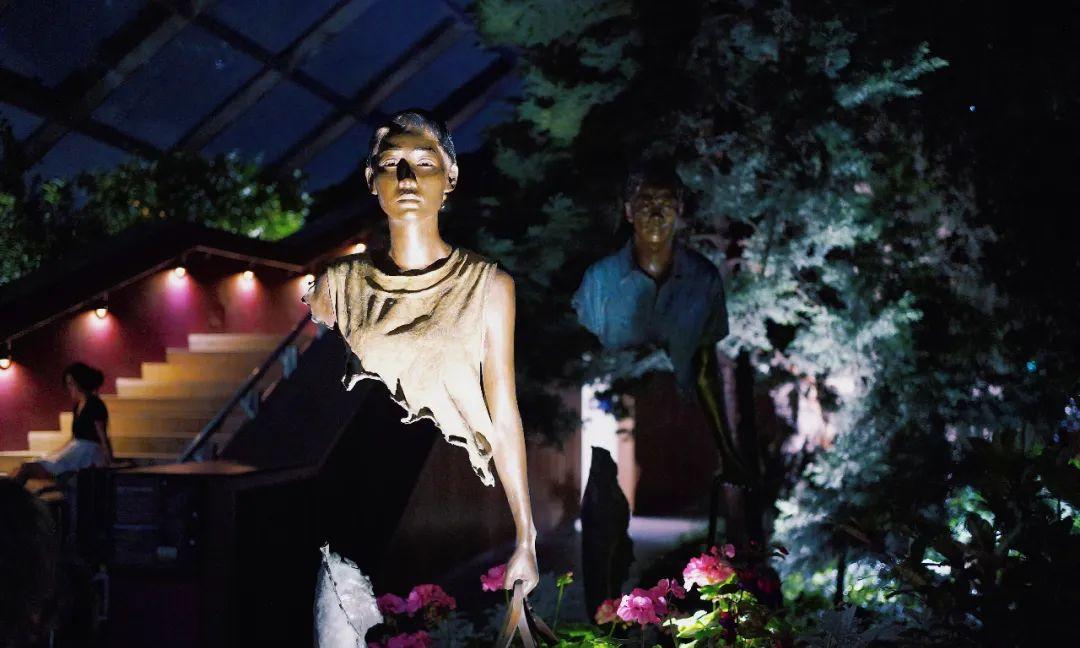
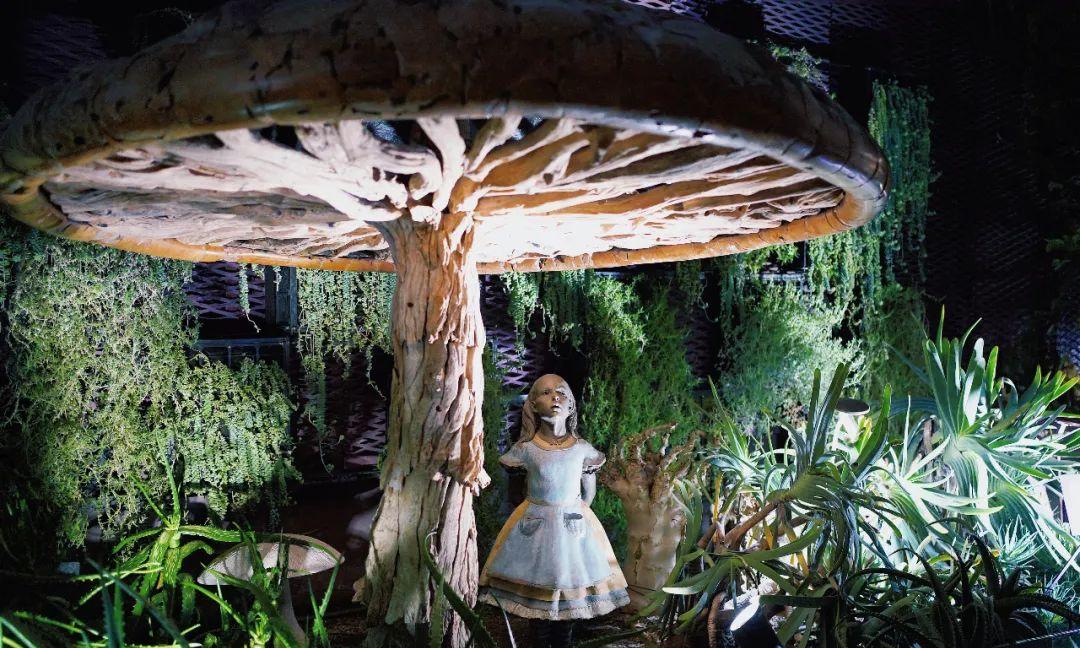
⏰: 9:00-21:00
🎫: Adults SGD 32, Children SGD 18
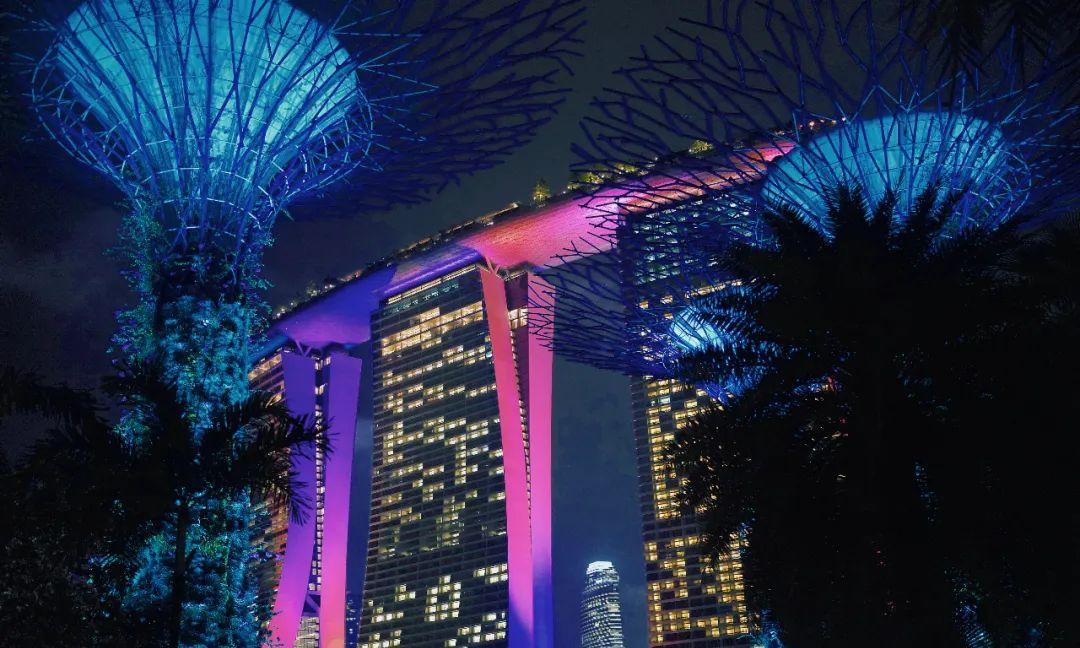
The Flower Dome’s dome consists of 3332 glass panels, which set a Guinness World Record in 2015 for the largest glass greenhouse in the world. Visitors have already sampled its grandeur from the observatory and Skyway.
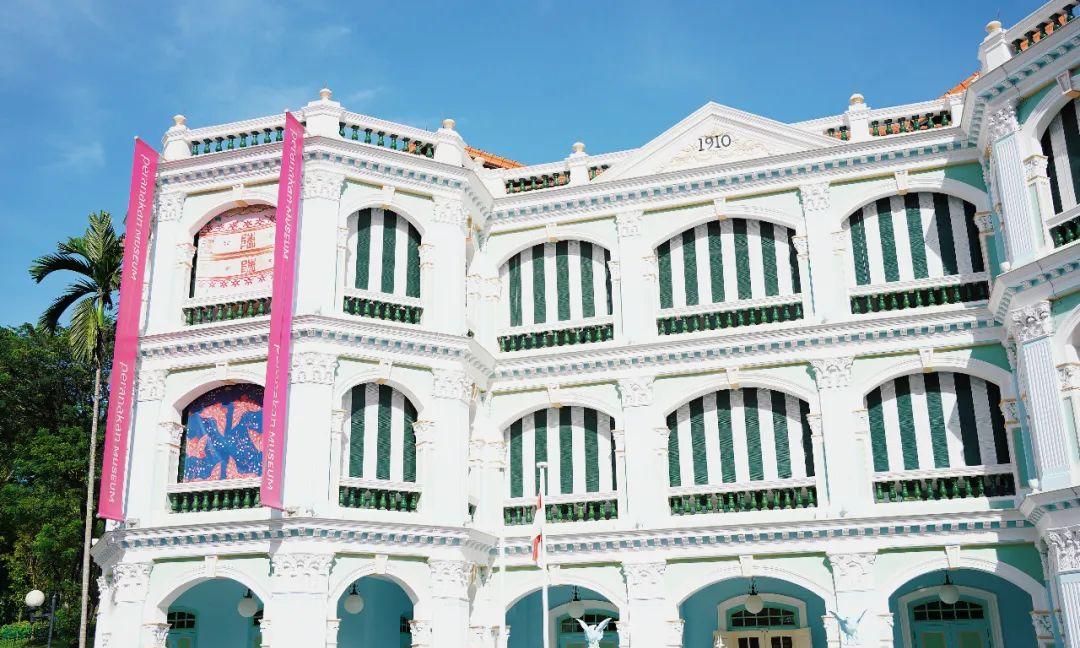
Inside, plants from around the world converge, including those from the African baobab tree garden, desert plant garden, Australian garden, South African garden, South American garden, California garden, Mediterranean garden, and olive garden.
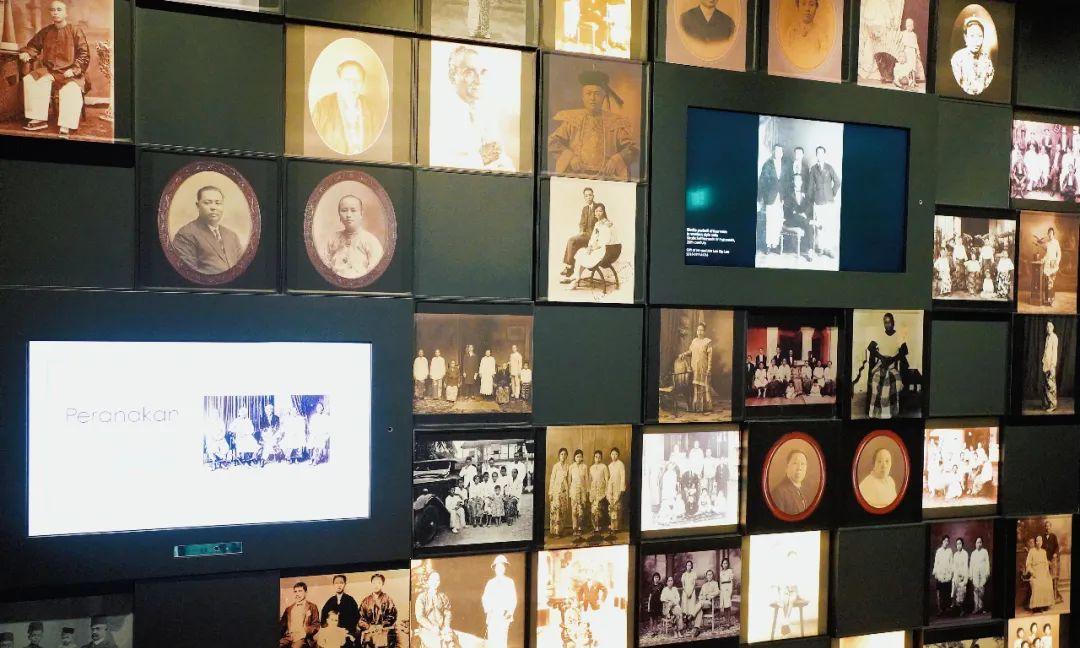
The central flower field periodically collaborates with different embassies or museums for flower exhibitions. From February 19 to March 17, there was a dahlia exhibition featuring a 7-meter high, 15-meter long dragon made of over 1,000 dahlias. From March 22 to April 21, a cherry blossom exhibition integrated the cherry blossoms with the historic landscape of Kinkaku-ji (Golden Pavilion) in Kyoto.
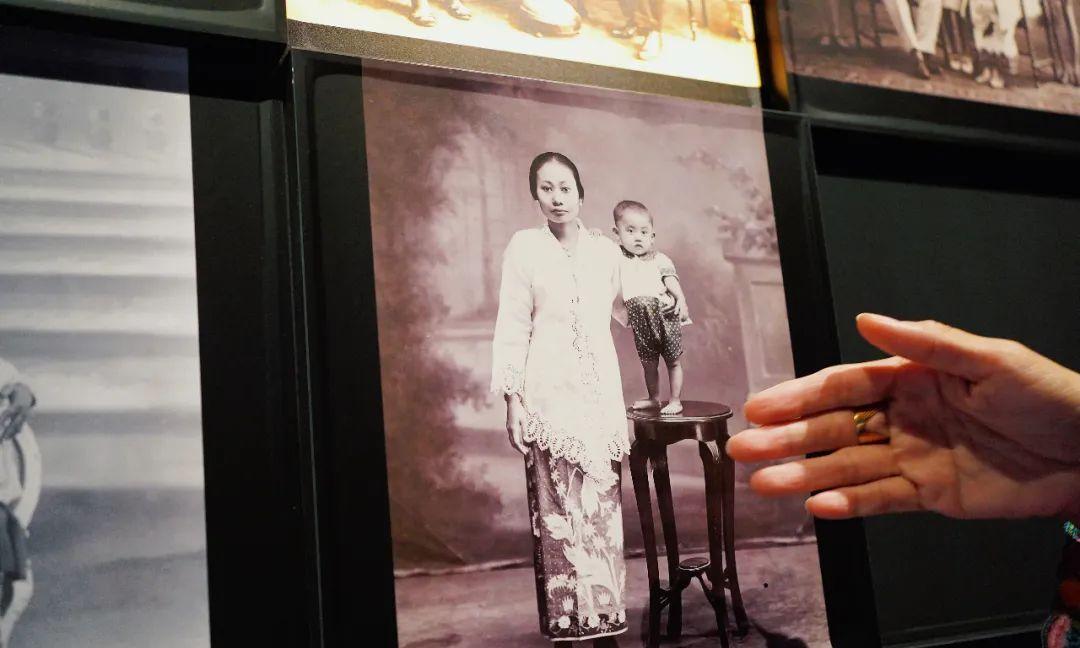
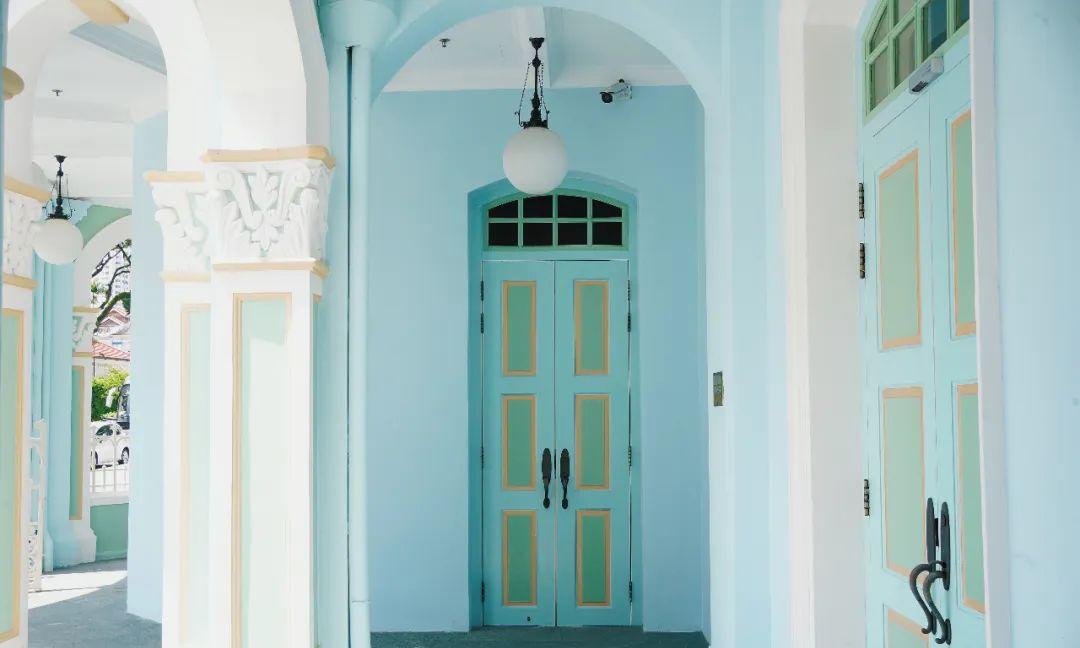
– **Hortus Restaurant**
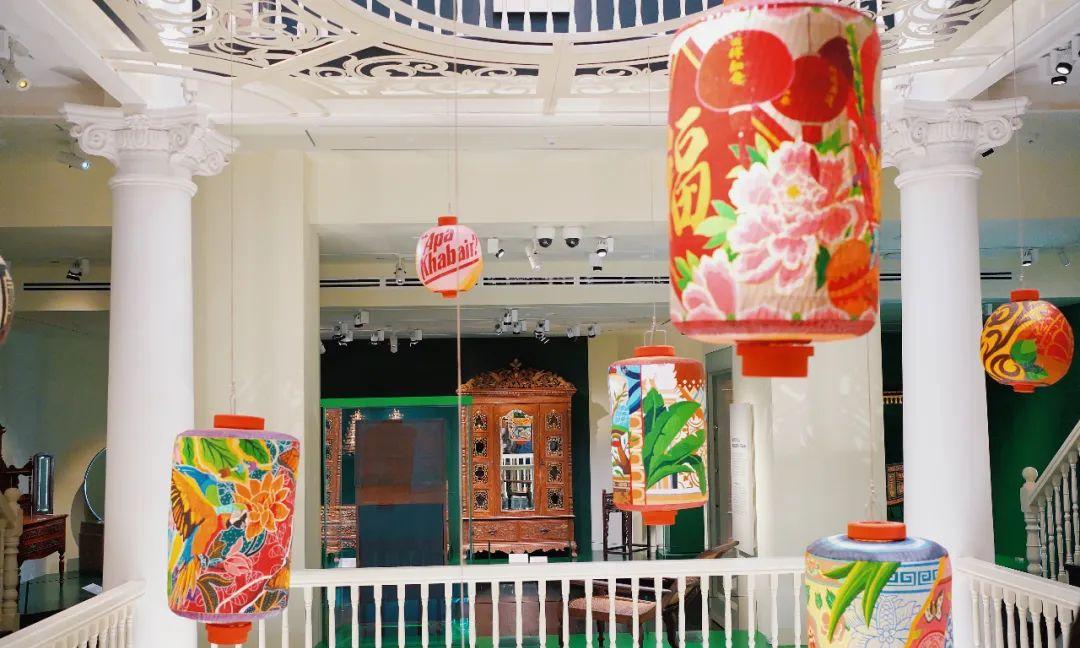
⏰: Weekdays 11:00-22:00, Weekends 10:00-22:00
💰: Approximately SGD 50 per person
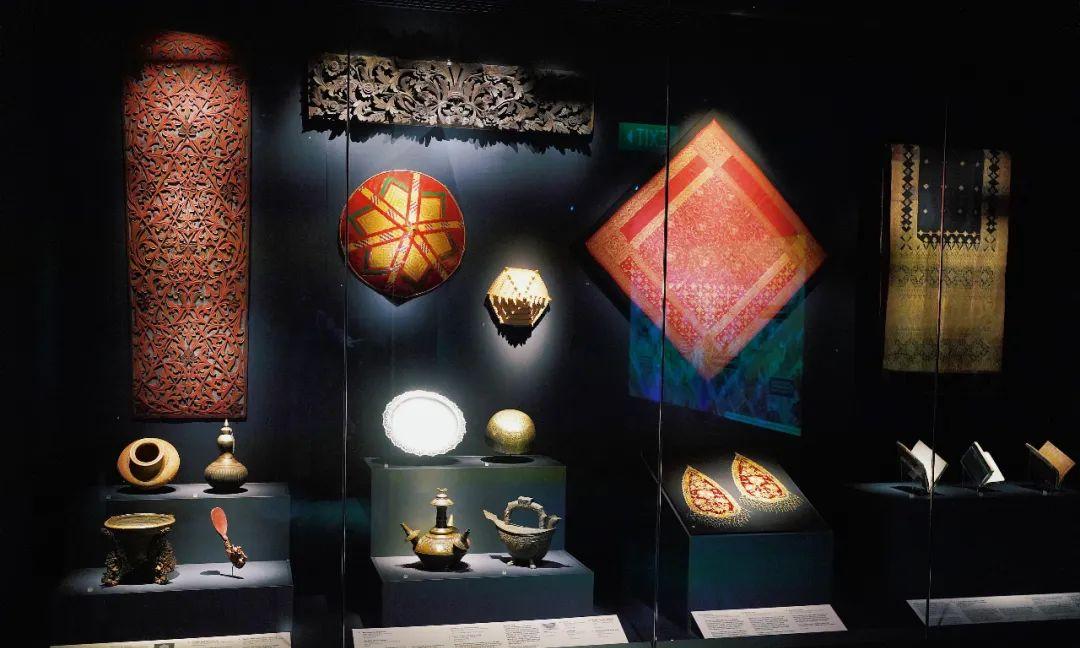
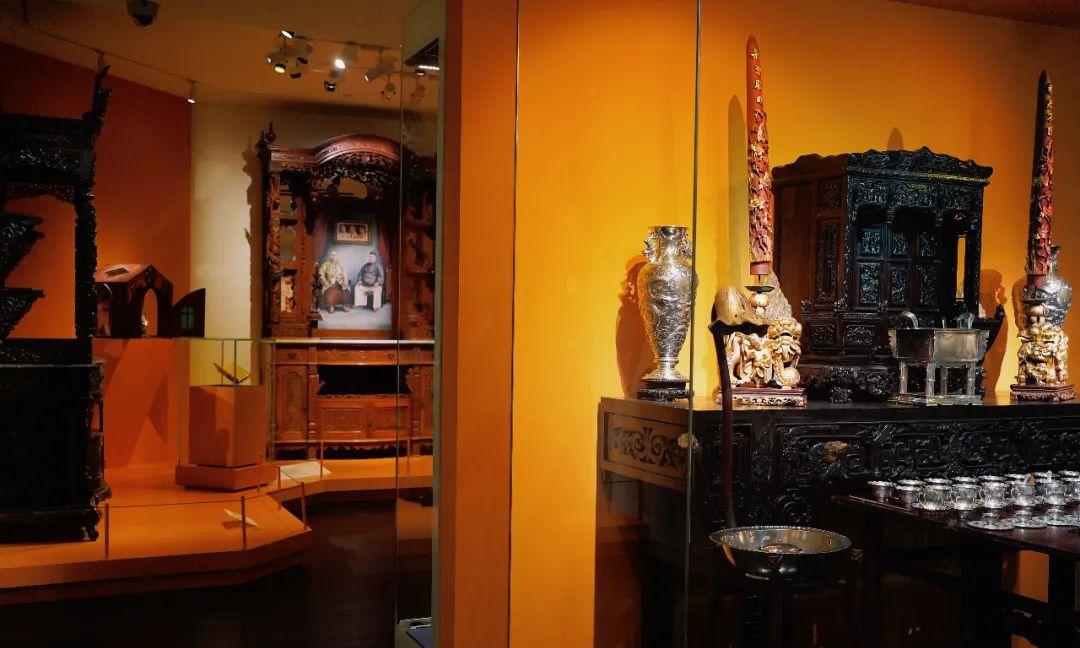
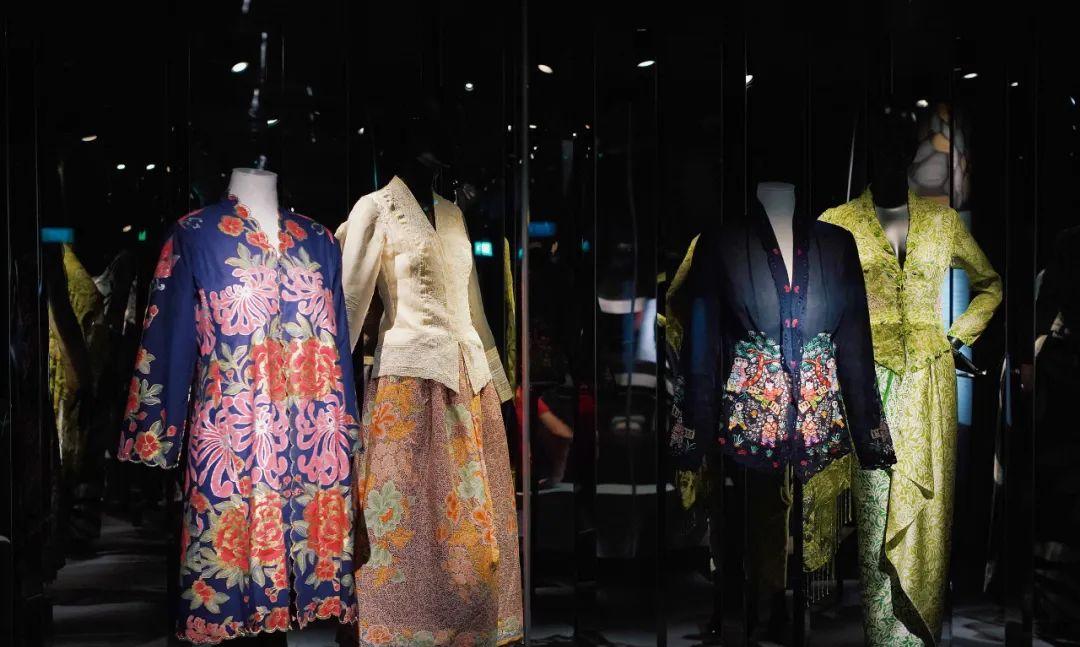
Located inside the Flower Dome, Hortus specializes in Mediterranean-style western dishes.
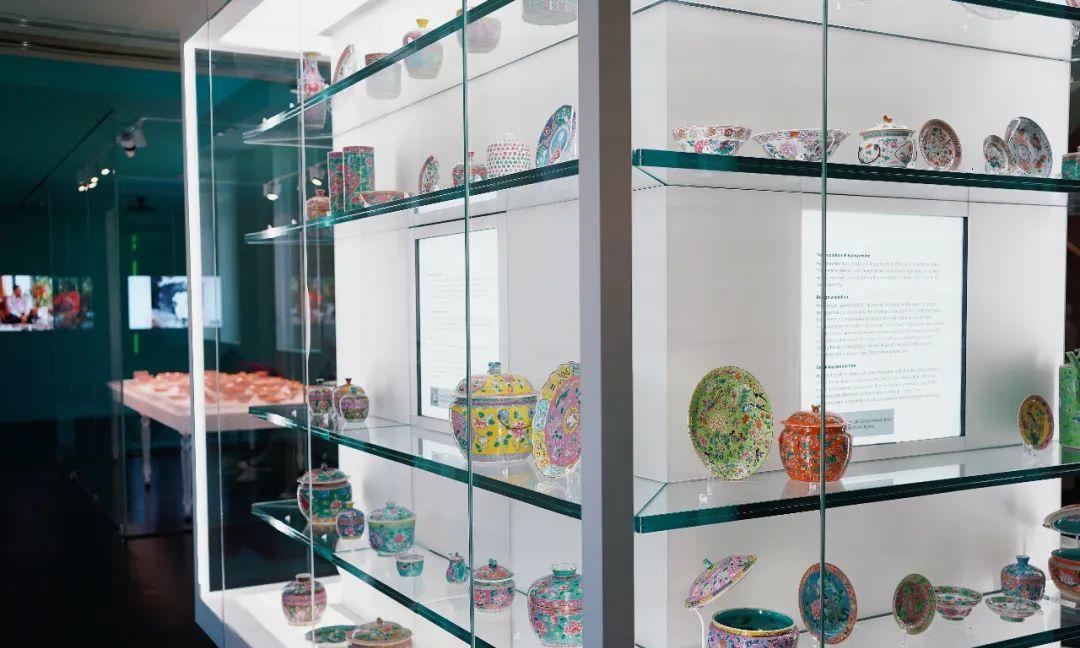
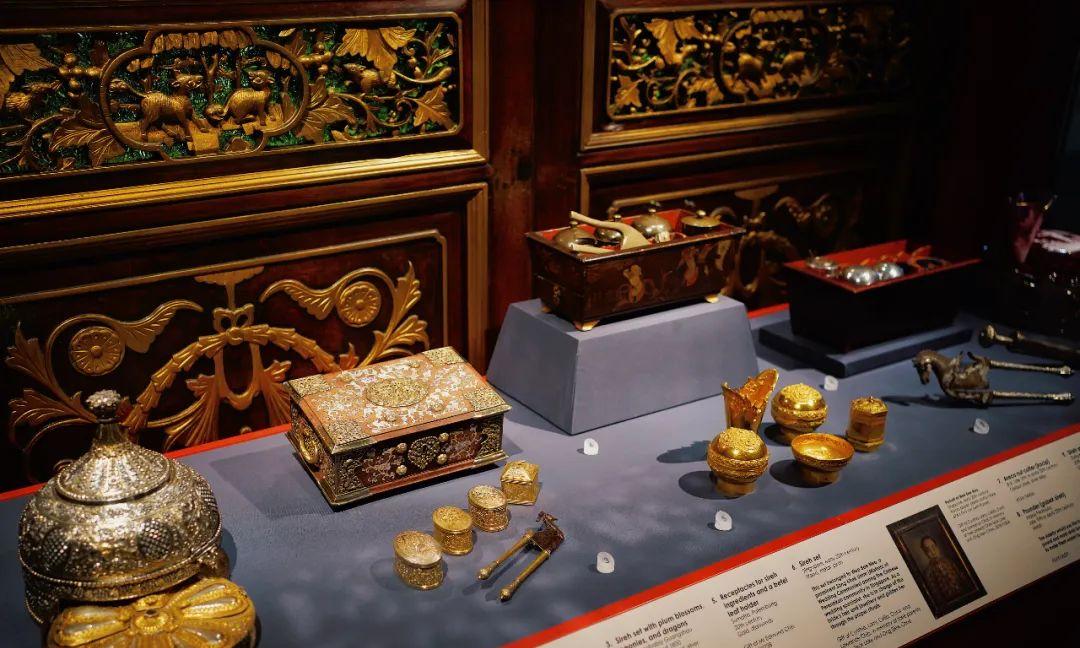
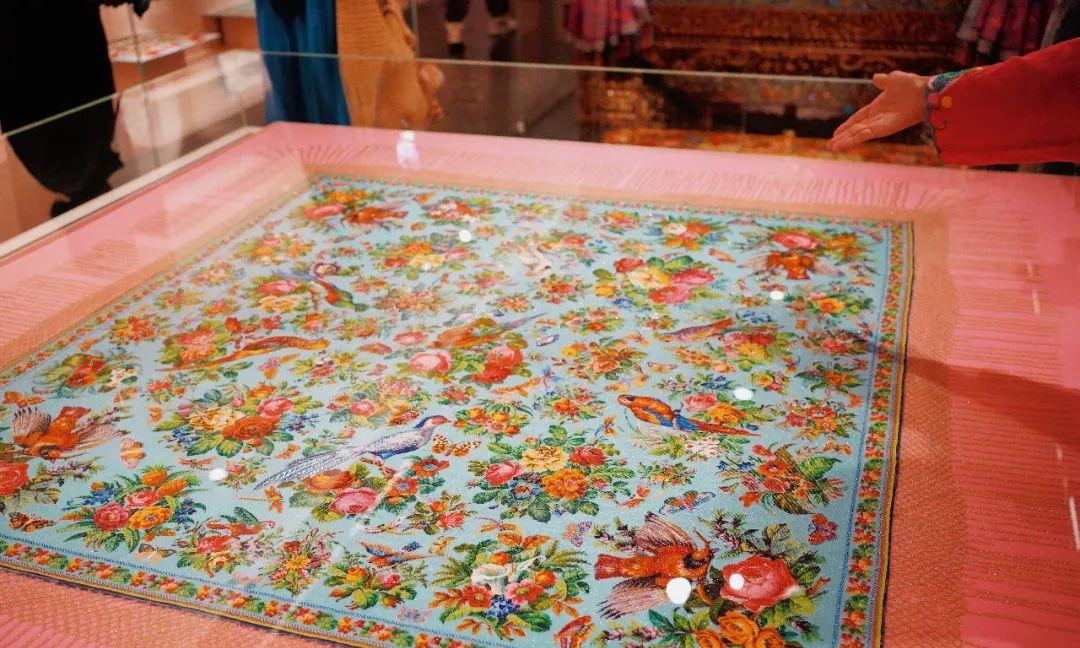
The prices are reasonable for Singapore’s standard.
The best part of the restaurant is the special perks.
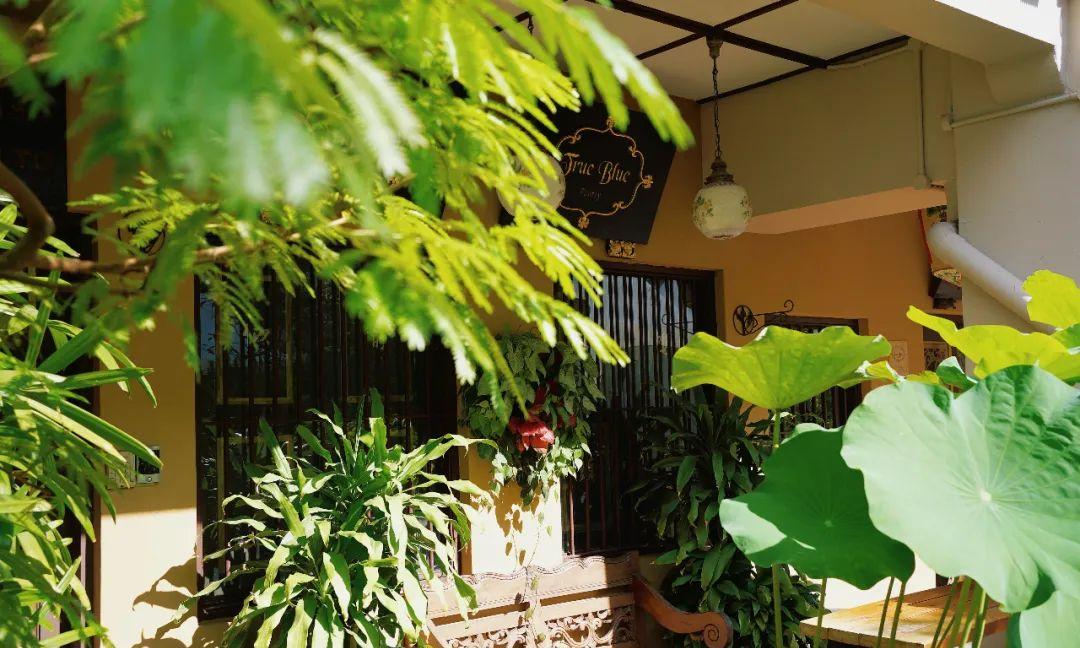
Entering the Flower Dome is free for restaurant guests, saving SGD 32 for one ticket. The restaurant offers complimentary shuttle service every 10 minutes (from the main entrance of Gardens by the Bay to the restaurant).
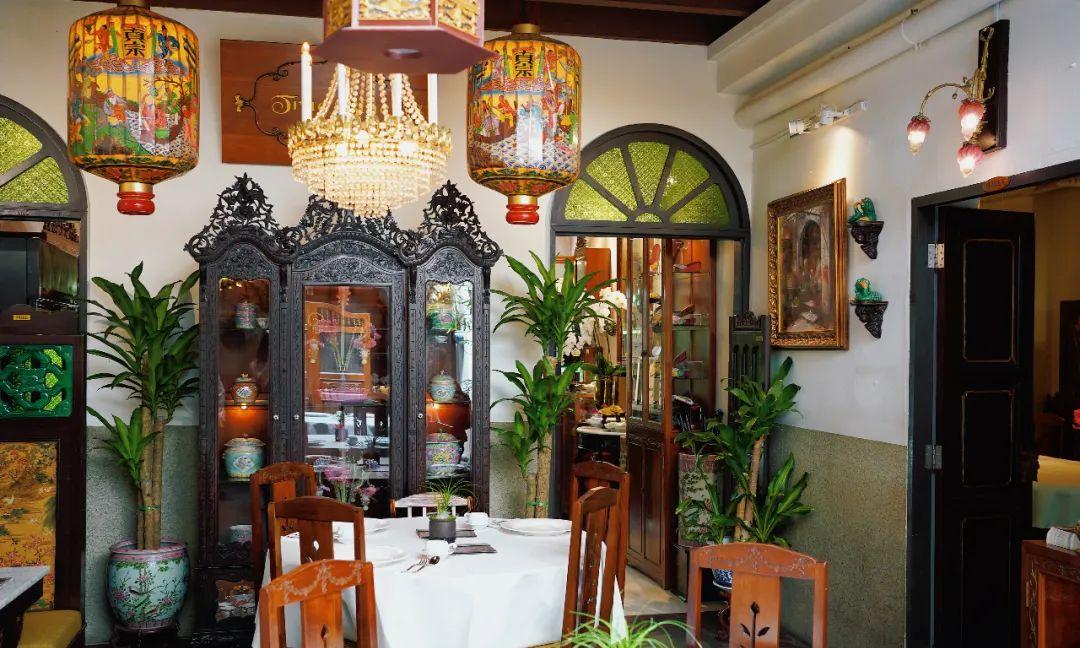
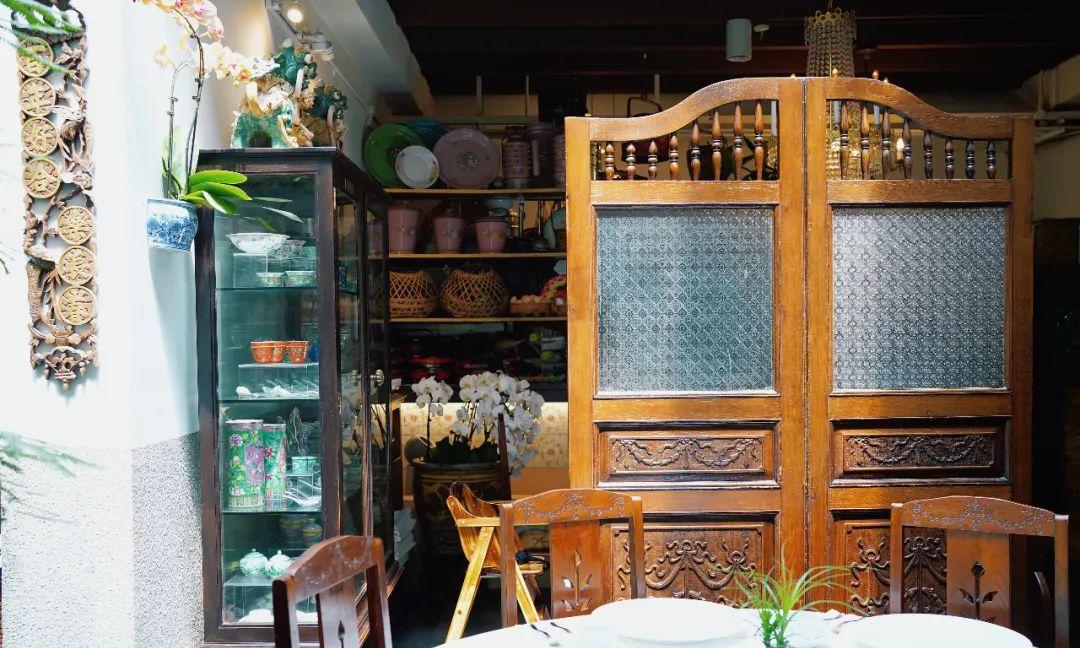
By night, the Flower Dome sees fewer visitors, essentially making it a private tour of the area!
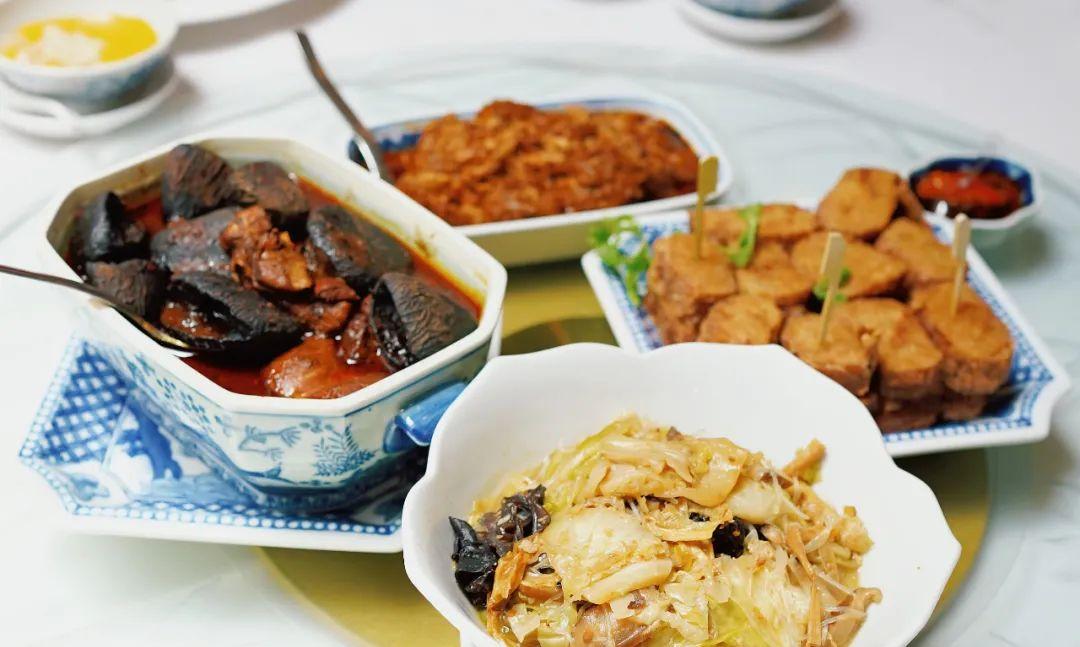
### A Brief Summary of Gardens by the Bay:
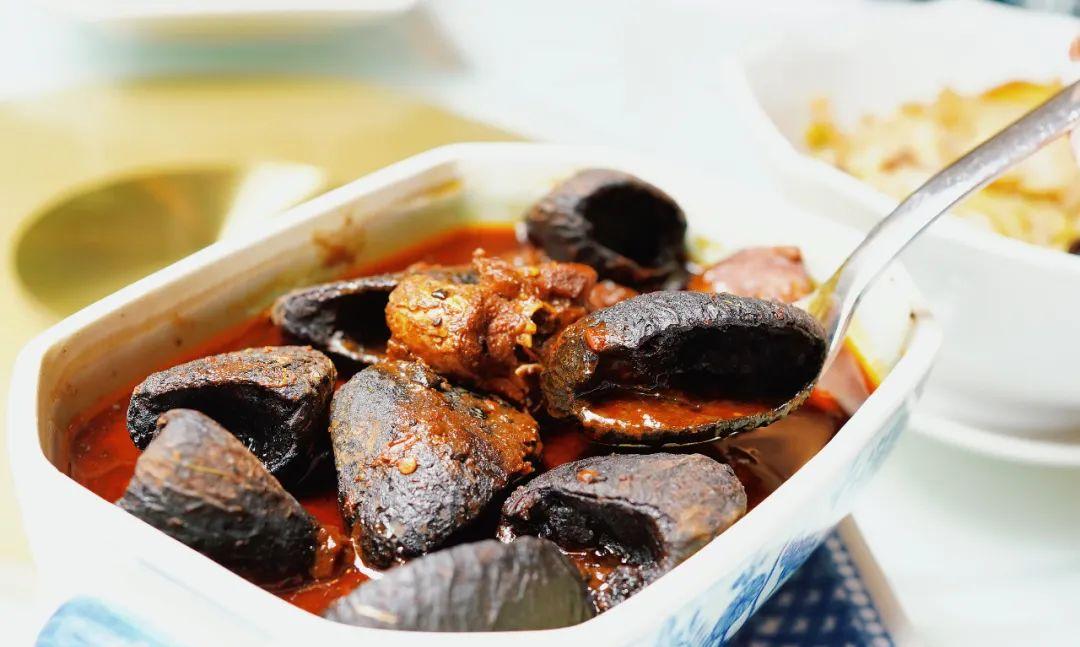
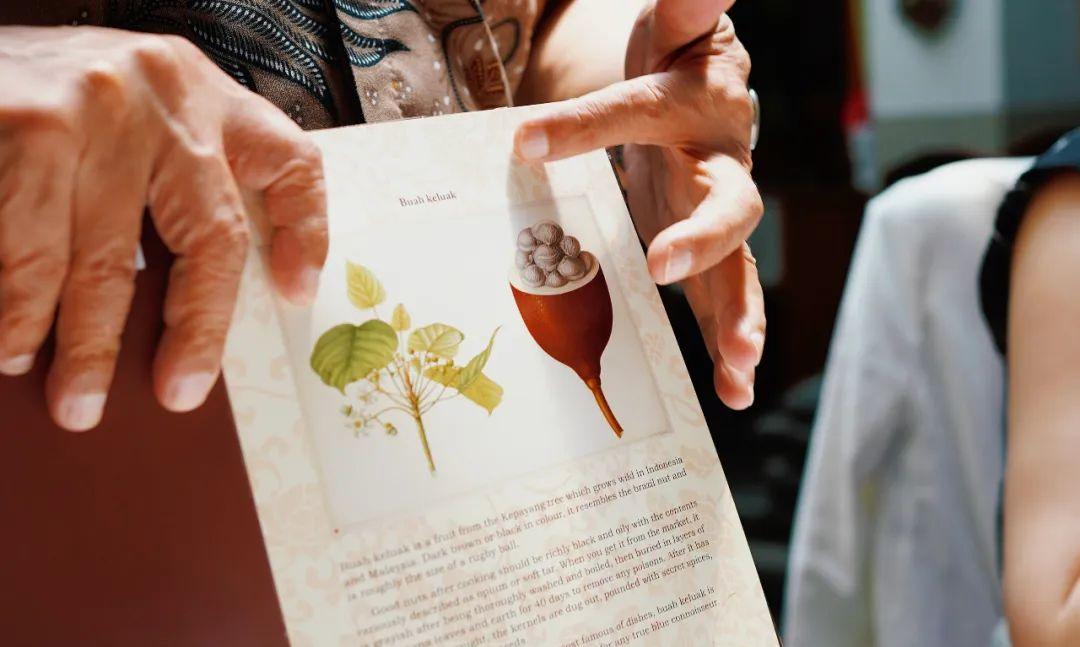
Reserve a half-day for an in-depth visit, arriving in the afternoon to catch the 19:45 and 20:45 musical light shows. The Cloud Forest is a must-experience, while choose between the Supertree Observatory and the OCBC Skyway. Access to the Flower Dome is free via the Hortus restaurant.
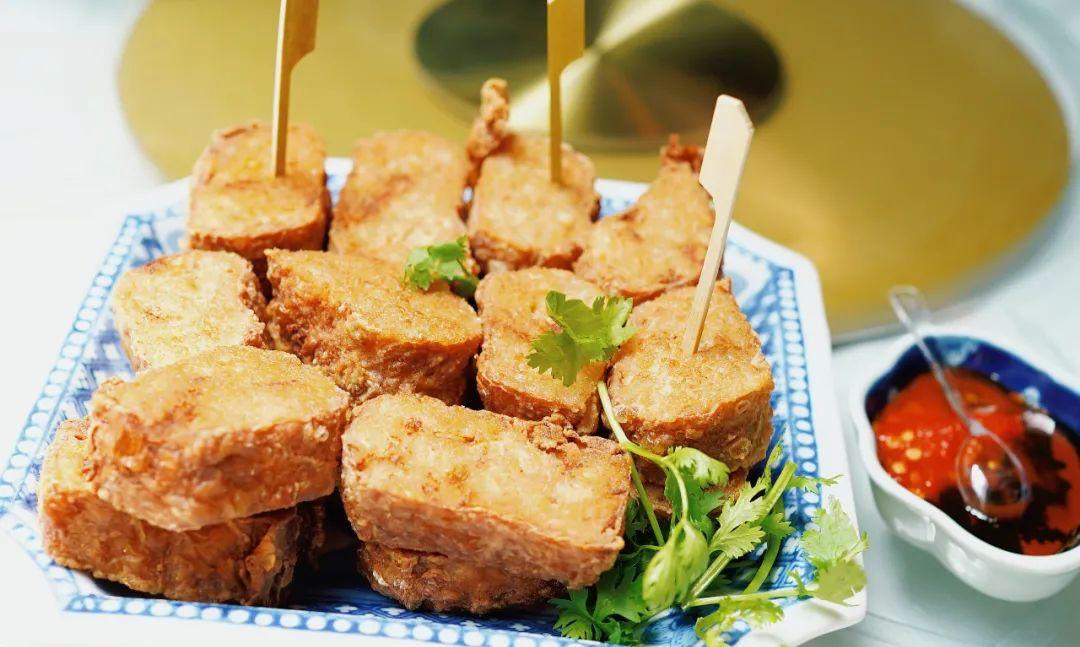

2. **Peranakan Museum**
⏰: 10:00-19:00 (Friday extended to 21:00)
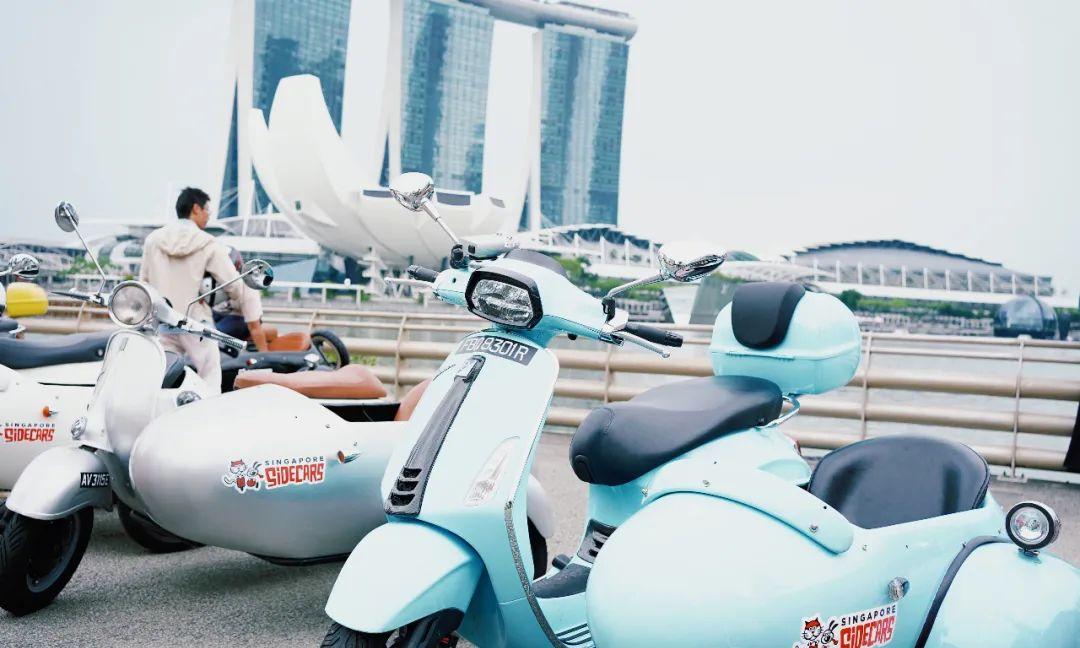
🎫: Adults SGD 12, Students SGD 8 (free for under 6 years old)
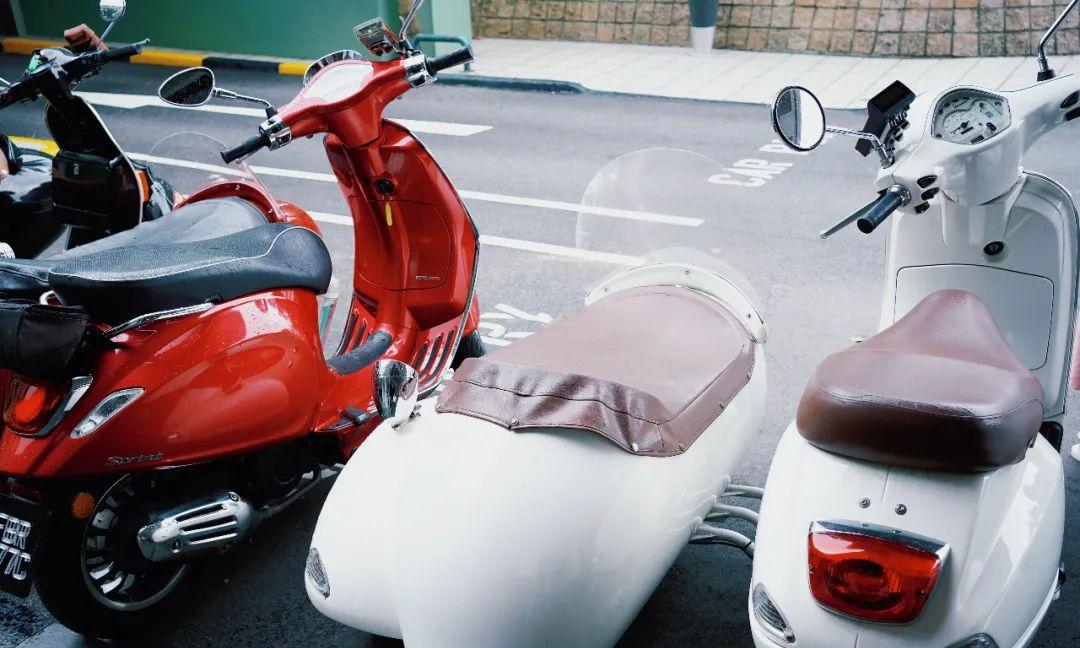
Situated along the shores of the Malacca Straits, Singapore has historically been a key trading hub between East and West. Numerous merchants and travelers settled here, marrying with the local Malays, resulting in the unique Peranakan culture.
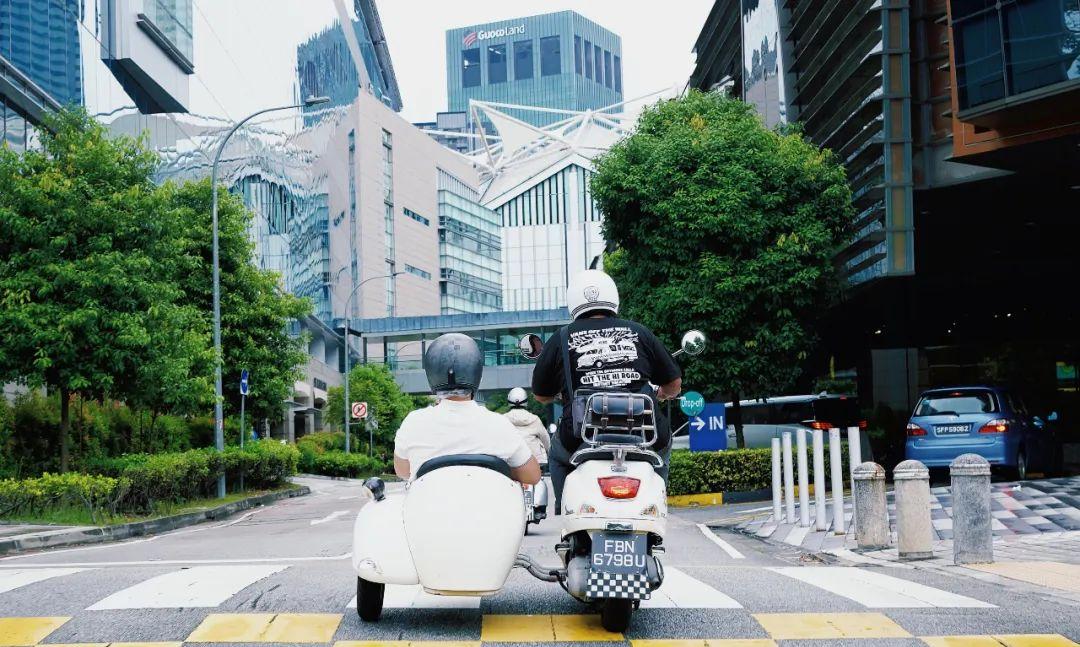
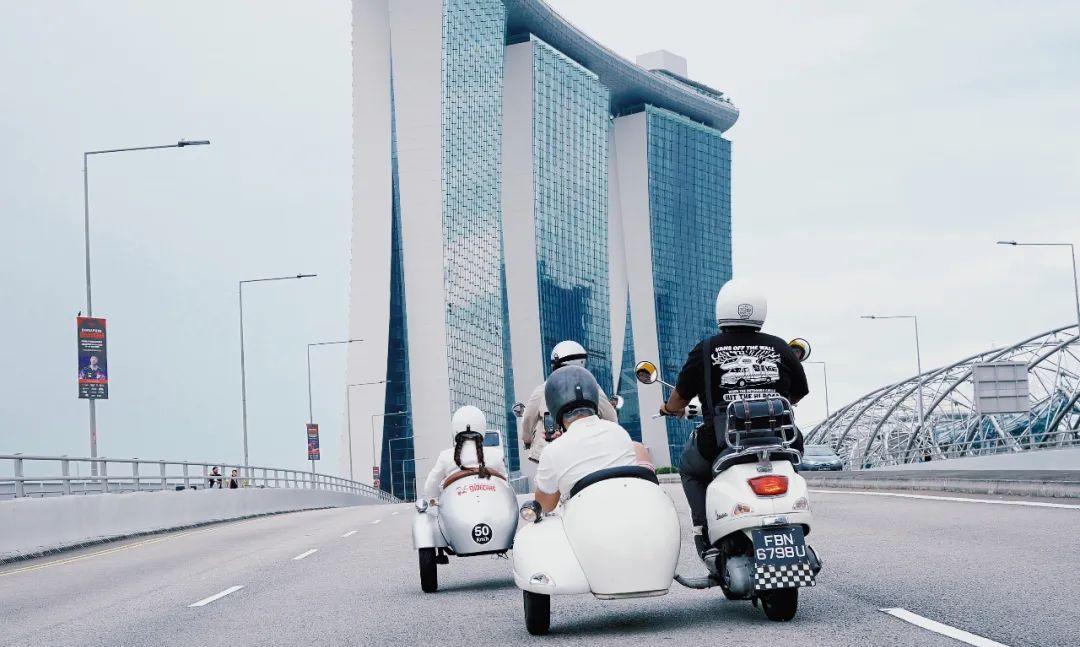
The Peranakan culture comprises different communities, not just the Chinese-Malay blend, but also Arabs, Europeans, Indians, and other groups combined with Malays. Therefore, Peranakan Chinese is an integral part but not the entirety of this culture. Translating “Peranakan Museum” simply as “Peranakan Chinese Museum” would be inaccurate.
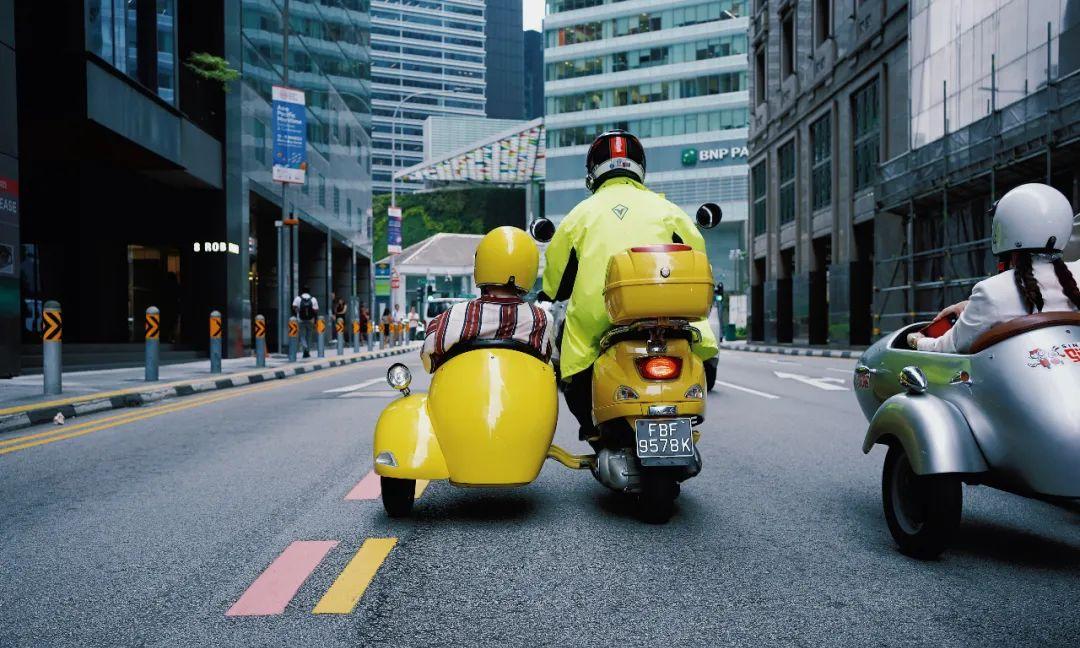
The museum is located in a building originally constructed in 1912, retaining features like a distinct courtyard and eclectic style decor.
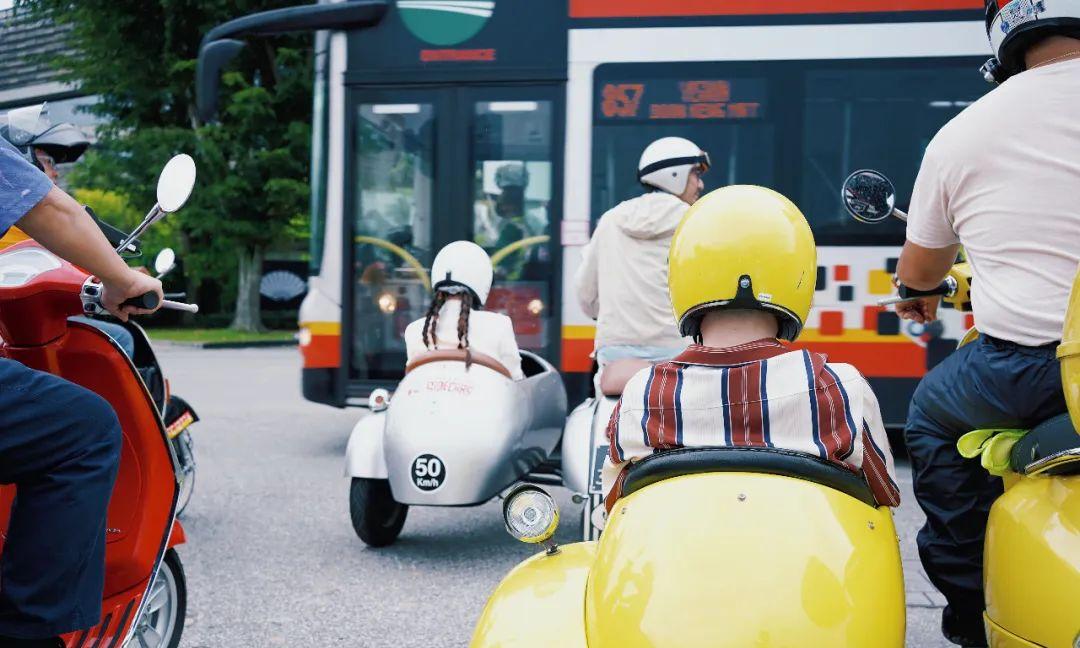
Opened in 2008 and having undergone a four-year renovation, it has become a vibrant site, even featuring in the television series “The Little Nyonya.”
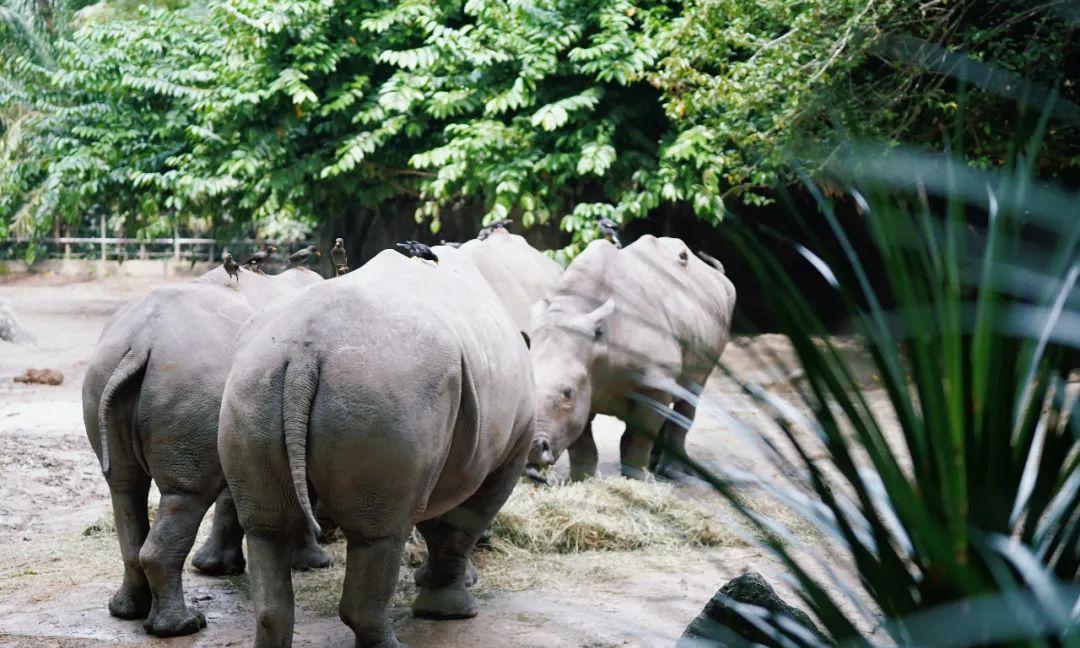
Eight handmade paper lanterns by artists hang from the courtyard.
The three-story museum showcases the origins of Peranakan culture on the first floor, family and food culture on the second floor, and fashion on the third floor.
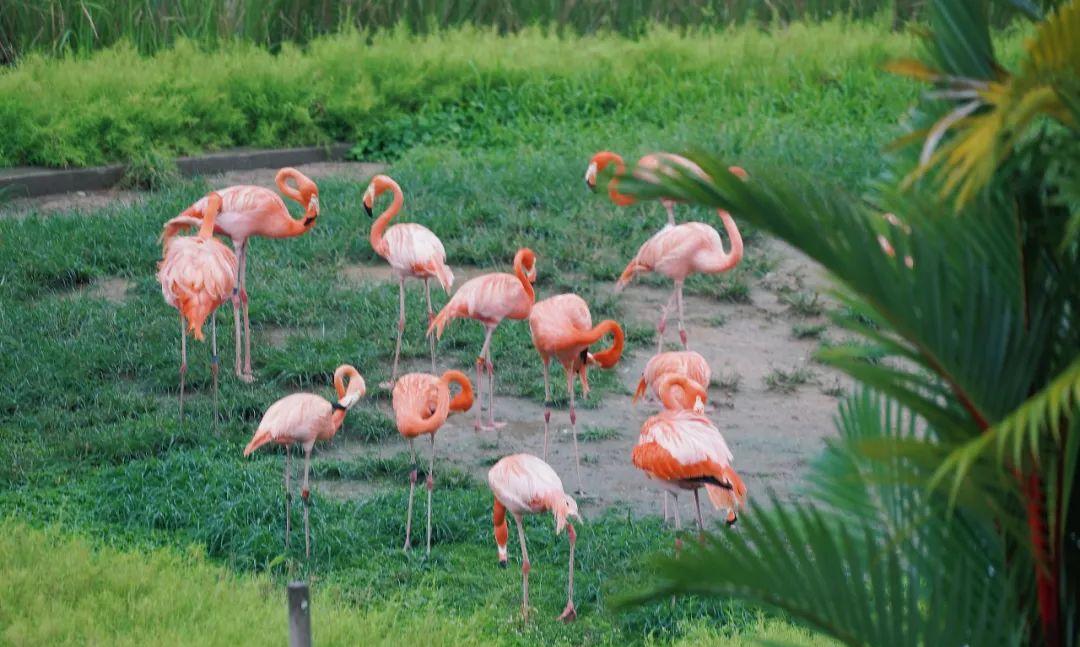
On Fridays, Saturdays, and Sundays at 14:30, there is a free Chinese-language guided tour (40-60 minutes).
Thanks to the guide, we learned many fascinating historical details: Malay-style porcelain often features crackle patterns depicting a pair of phoenixes instead of a dragon; betel nut containers are crafted with an exquisite degree of detail comparable to crab dishes; and traditional wedding beds are adorned with Southeast Asian taro, lemongrass, and bananas, as these plants are known for their vigorous reproductive capabilities…
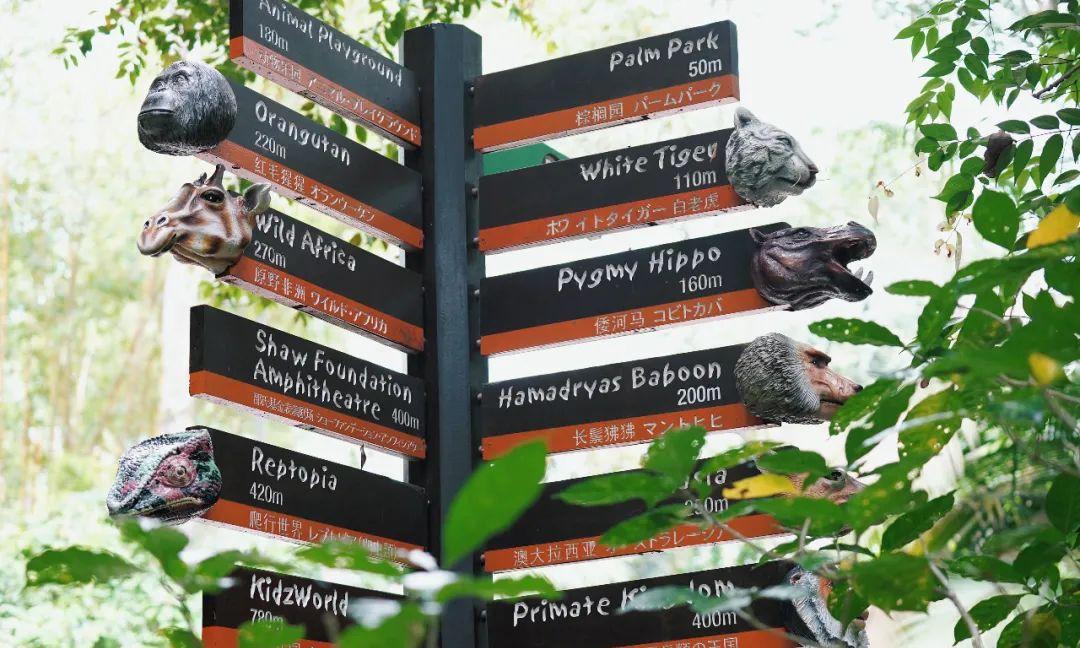
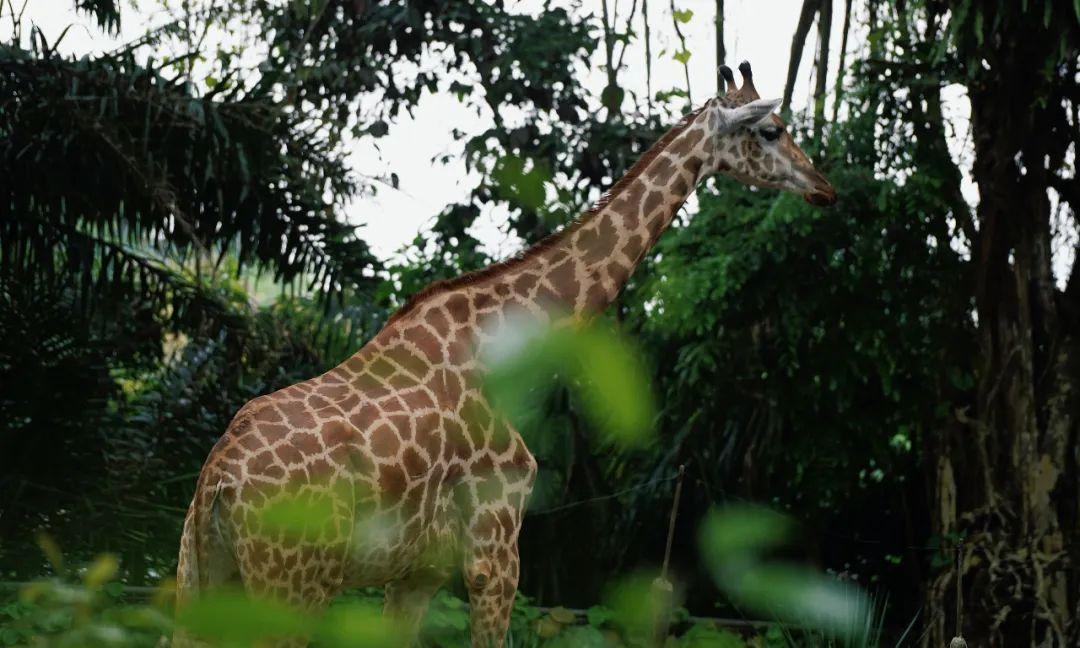
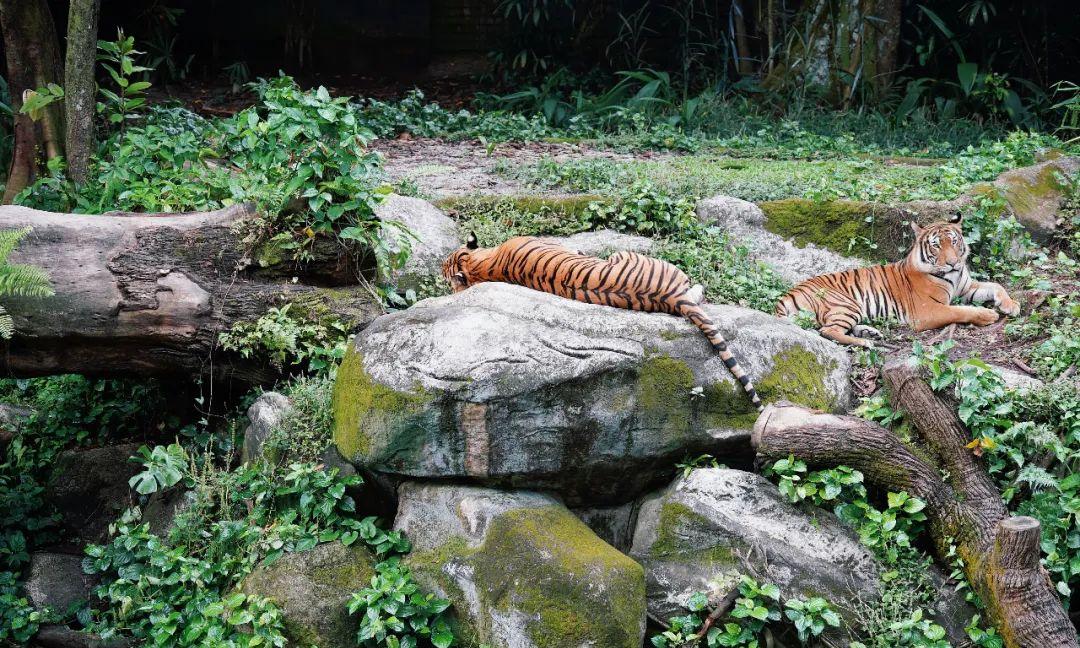
– **True Blue Restaurant**
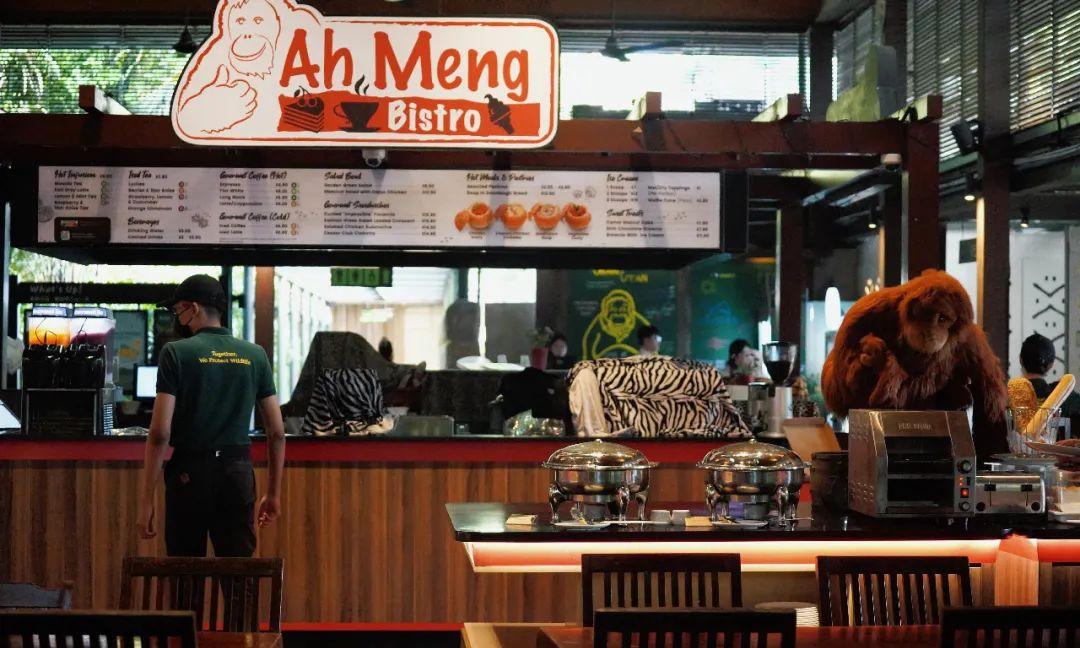
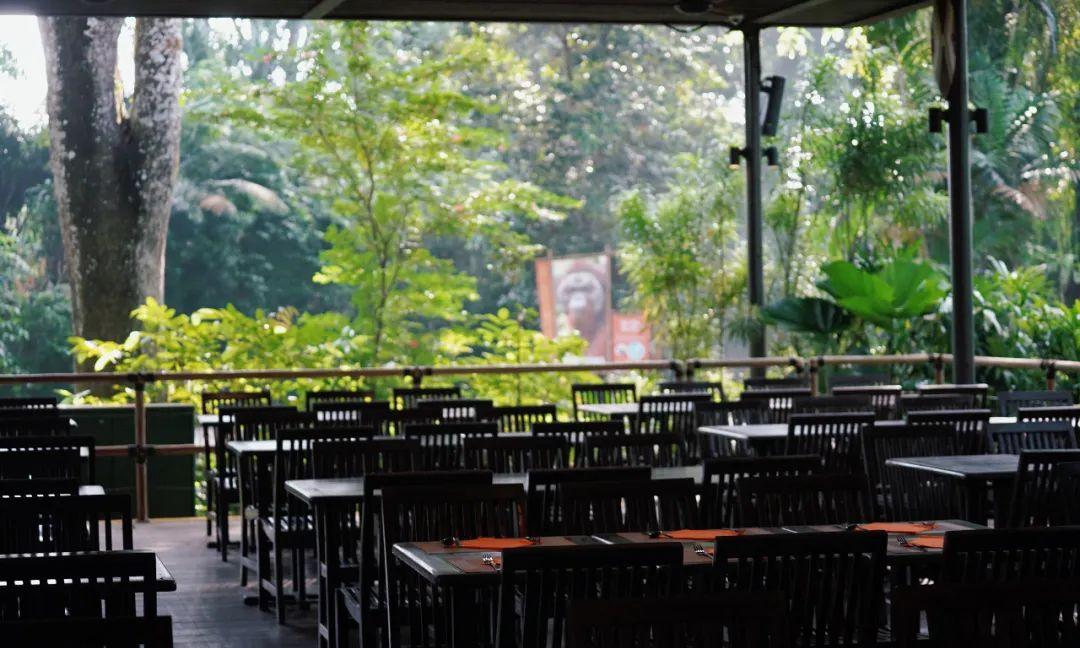
⏰: 11:30-14:30, 17:30-21:30 (Closed on Sundays)
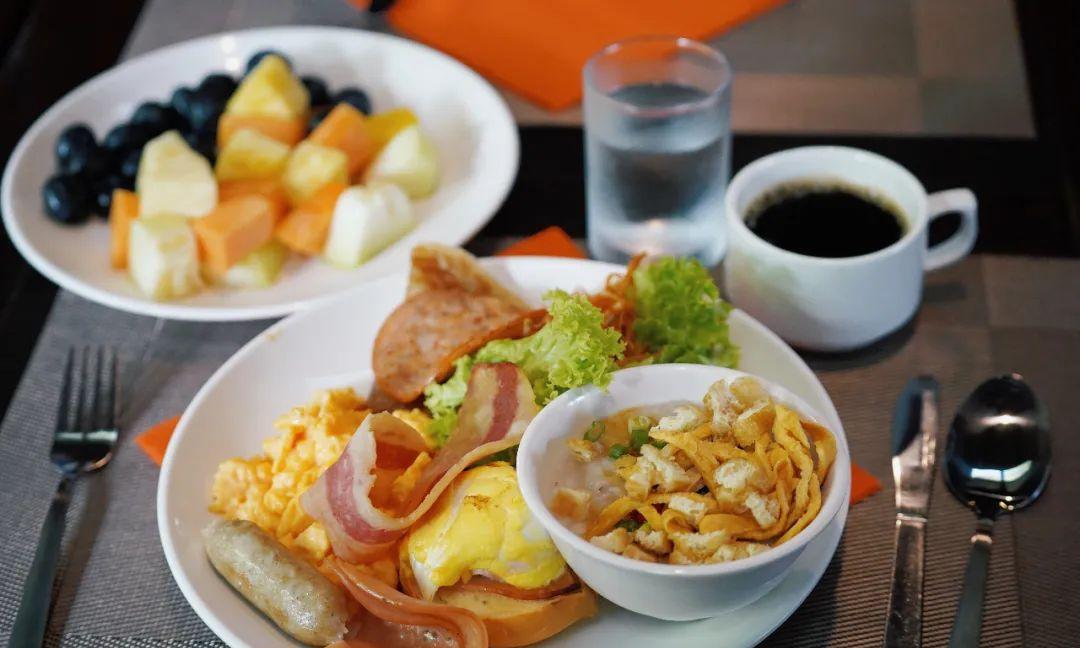
💰: Approximately SGD 35 per person
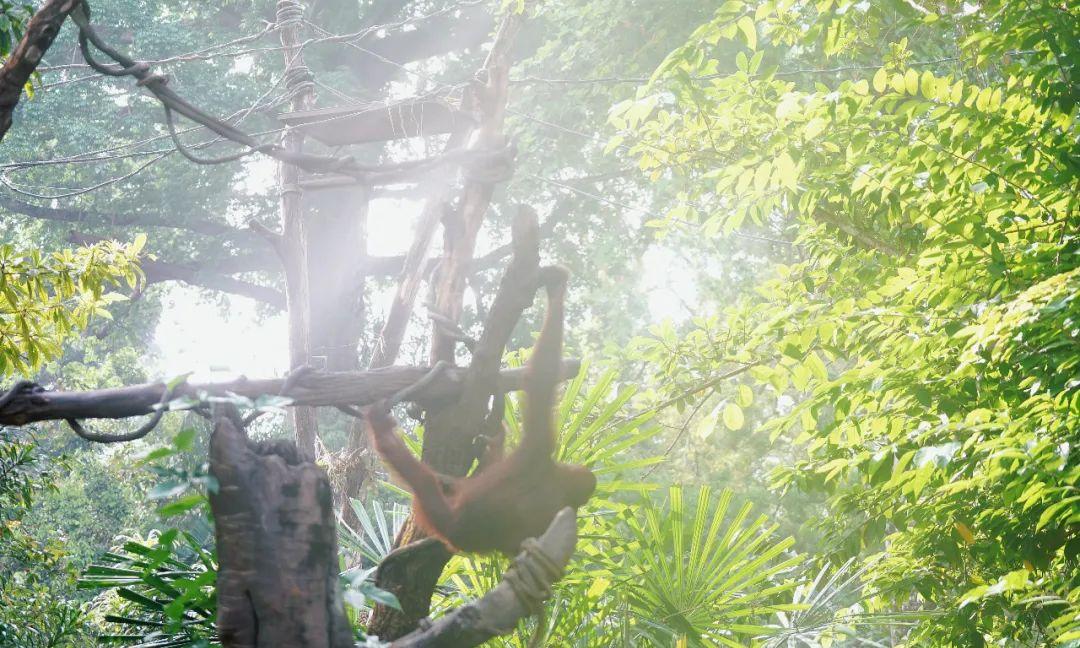
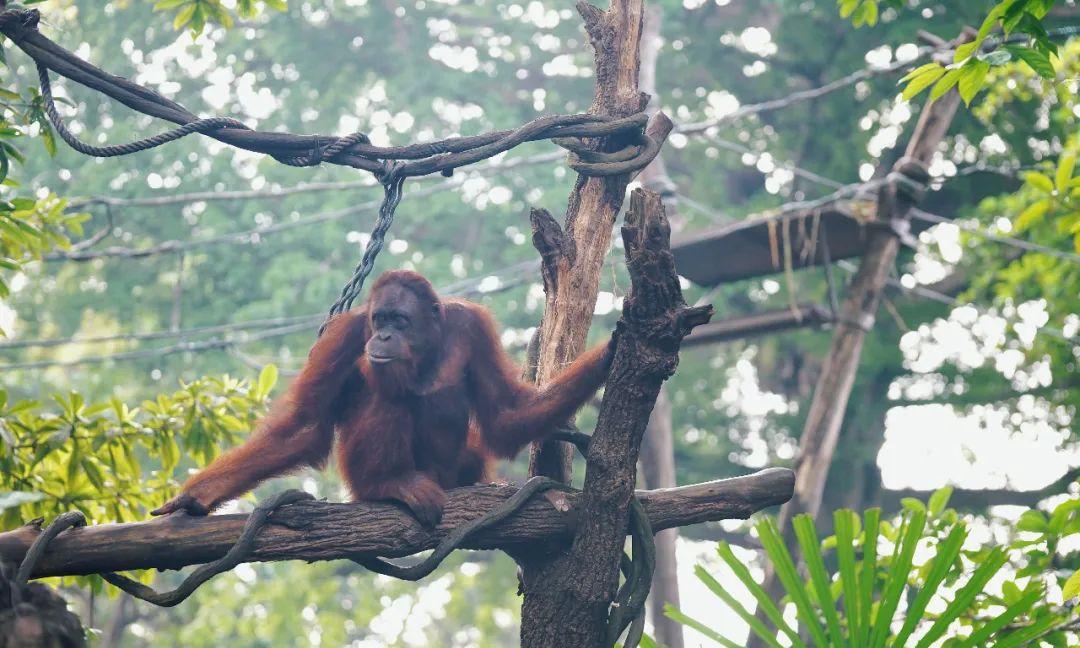
Having explored the culture, it’s time to savor the food. Located just a few minutes’ walk from the Peranakan Museum, you can arrive at the Michelin-recommended Peranakan restaurant “True Blue.”
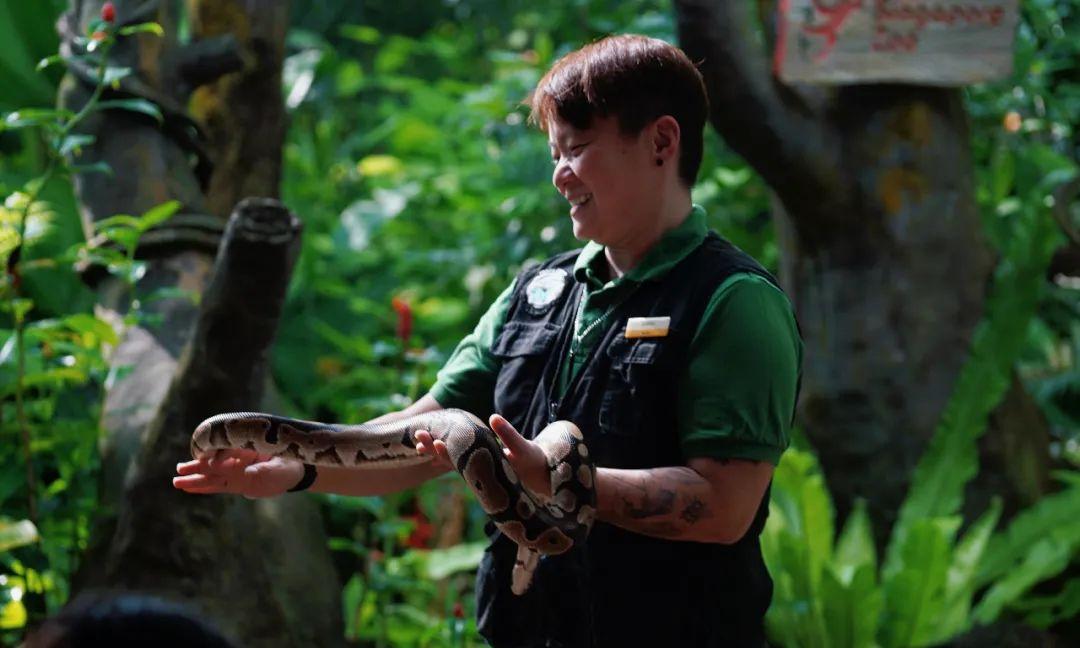
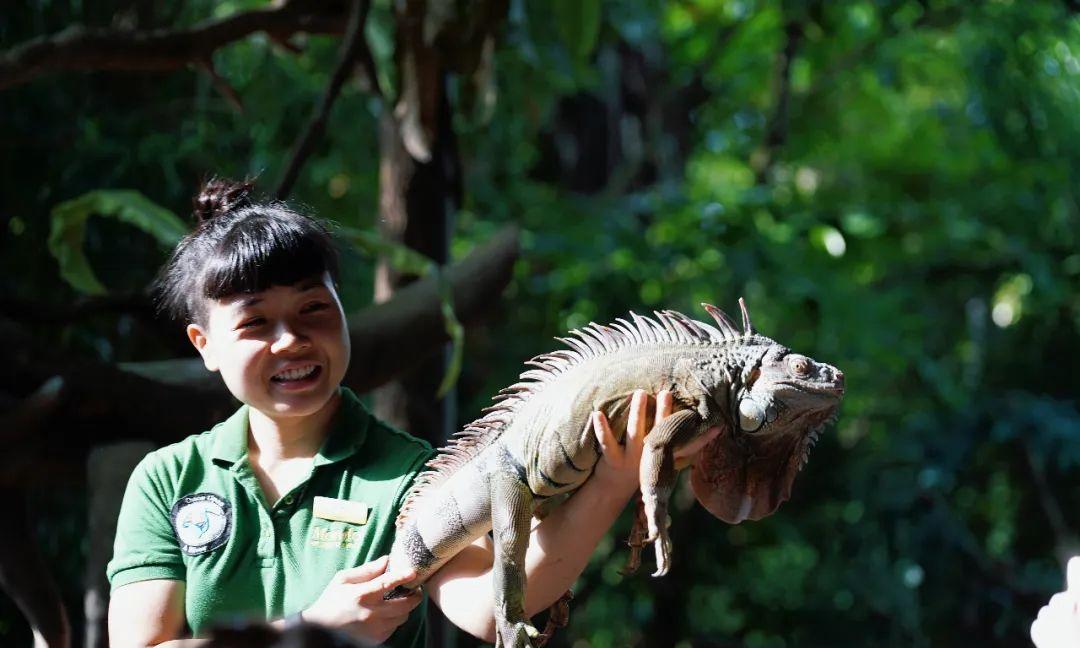
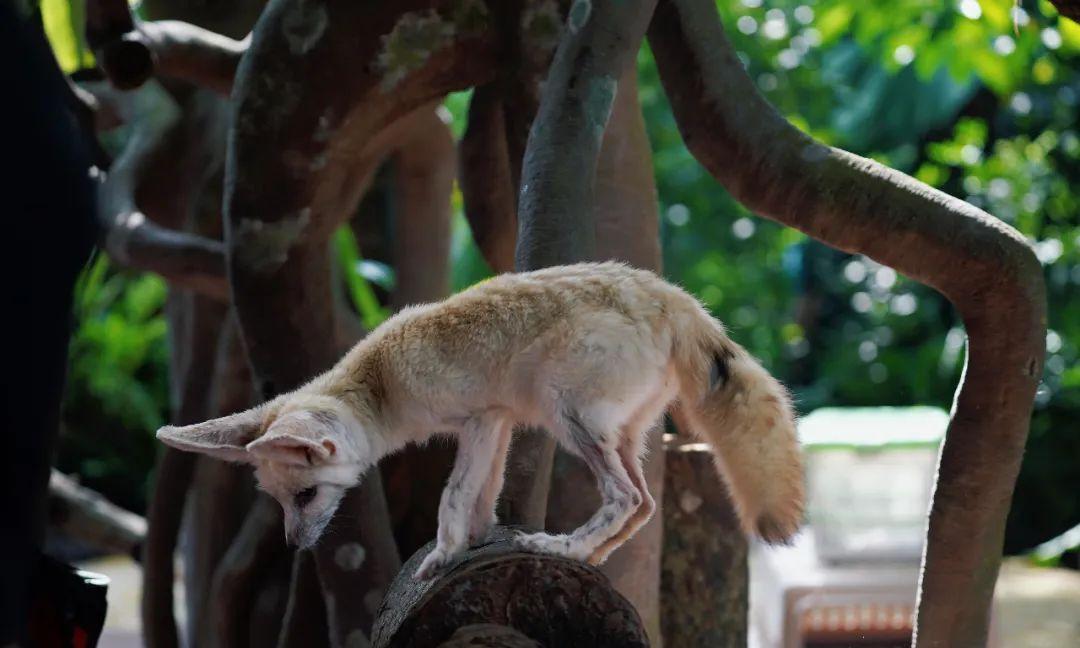
The ambiance of the restaurant resembles a private Peranakan museum, adorned with many antiques and photographs.
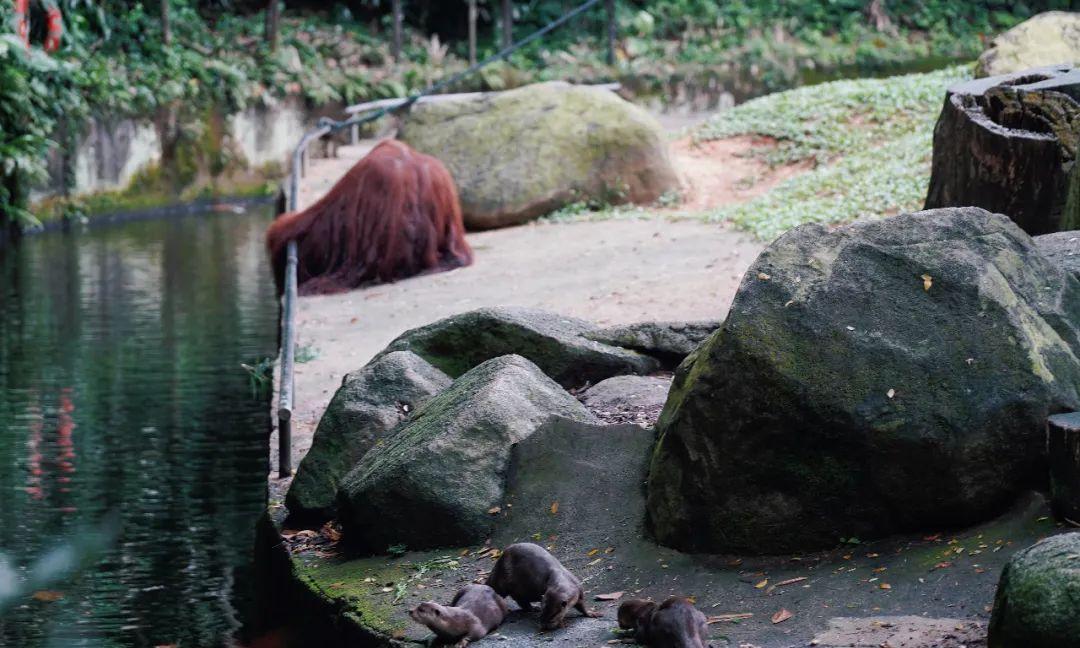
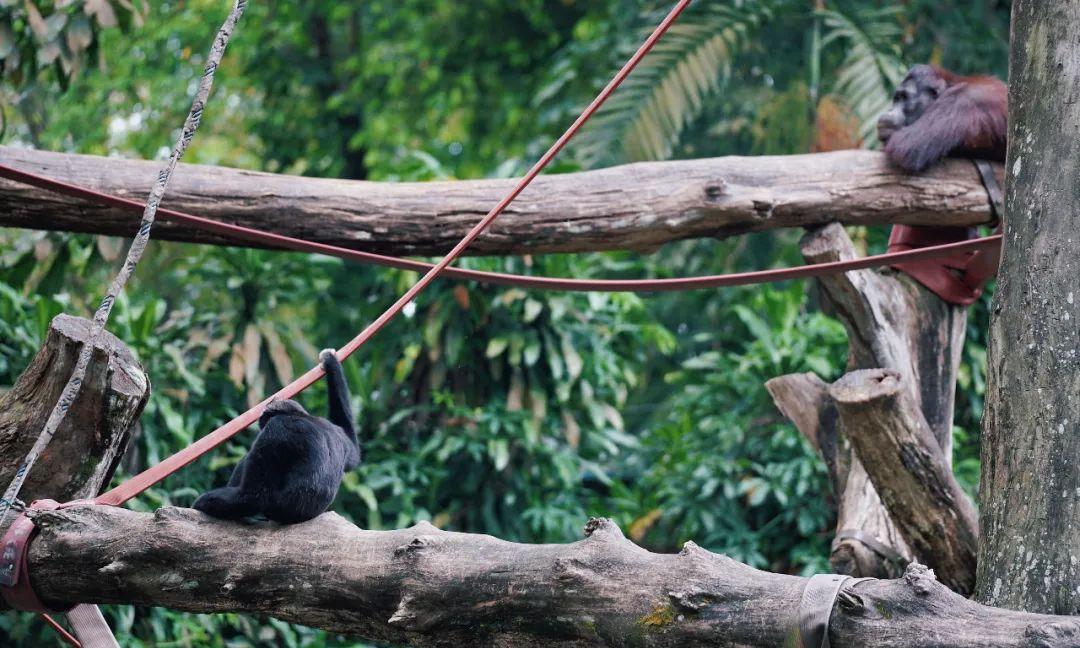
Peranakan cuisine reflects the home-cooked dishes of the Peranakan Chinese, rich in spices and sauces, and tends to have robust flavors suitable for rice. The first step is serving rice before the main dishes arrive.
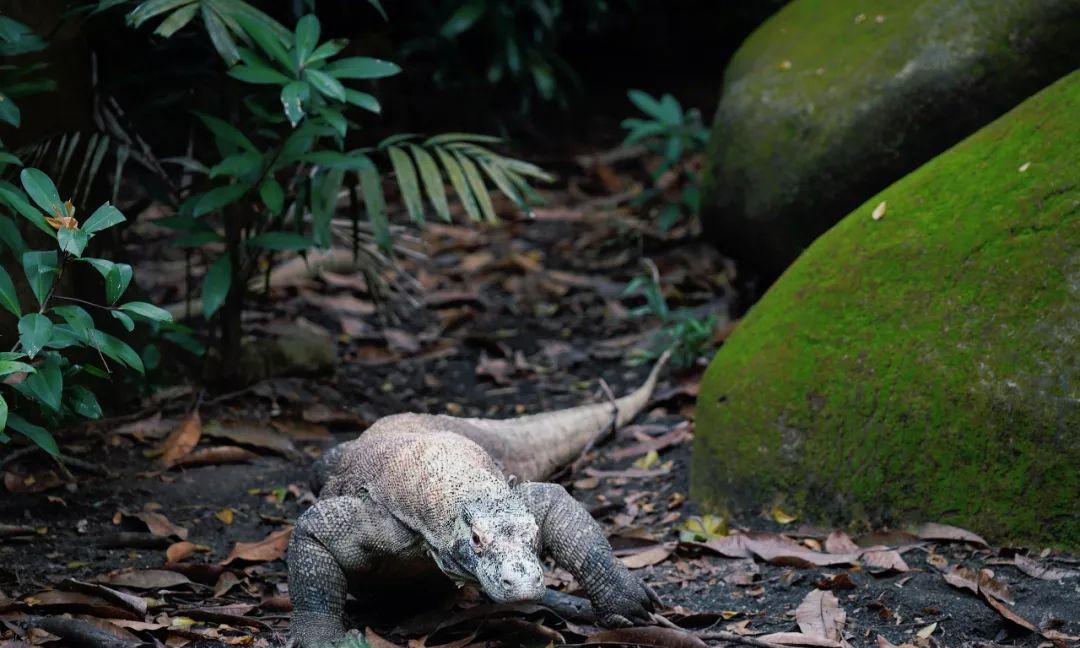
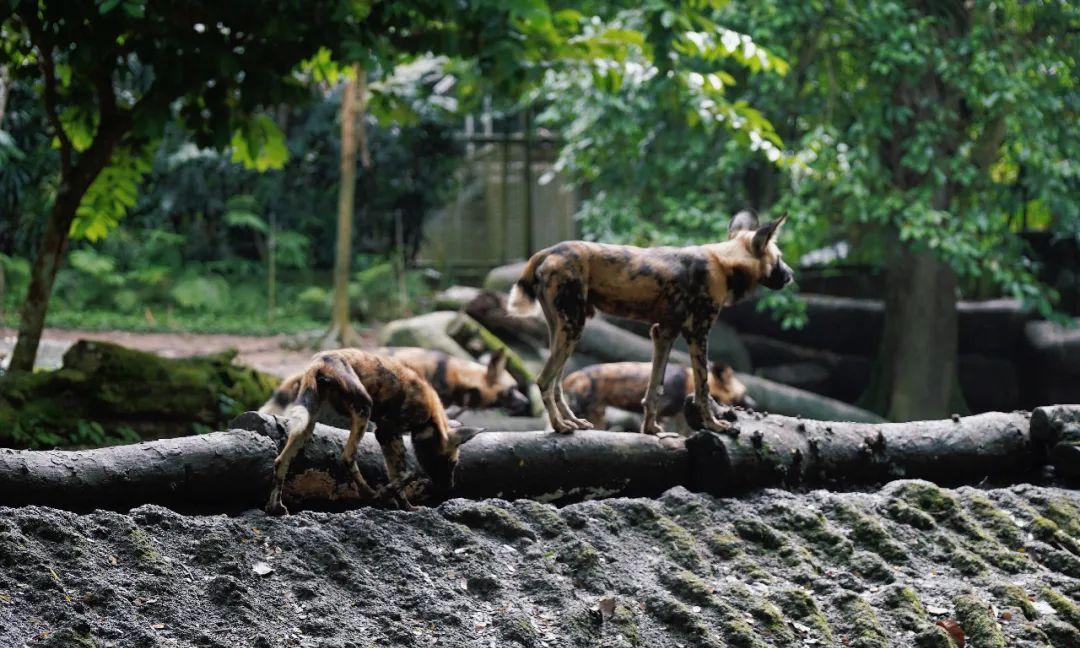
Among the standout dishes was the Black Nut Braised Pork. The black nut is toxic if unprocessed, requiring intricate steps: soaking for several days (frequently changing the water), then boiling and burying for 40 days to ferment (during which the flesh changes from white to black) before mashing and stuffing it back into its shell for cooking with various spices and pork.
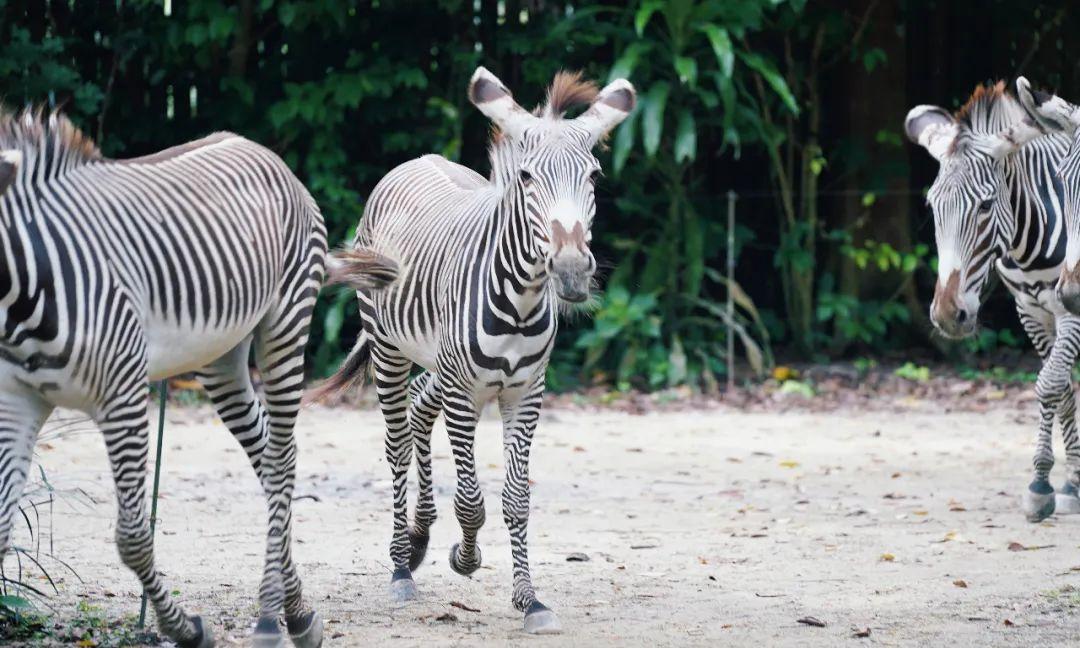

The processed black nut has a hard shell, while the flesh tastes like chocolatey fermented bean paste—a wondrous flavor.
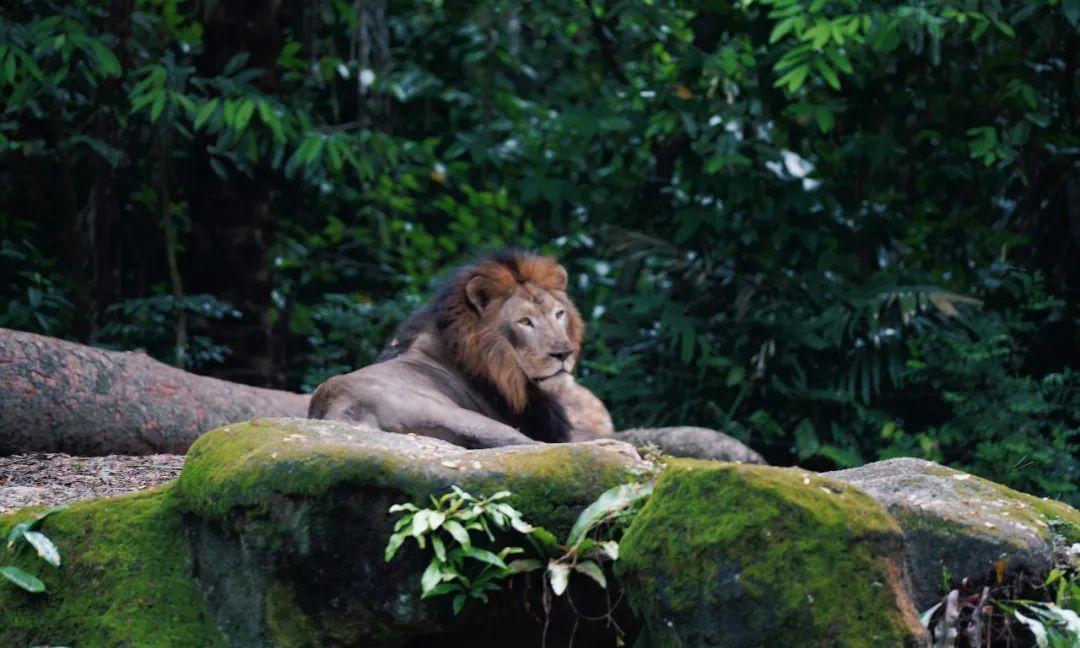
Peranakan dishes carry the essence of the Chinese diaspora to Southeast Asia, mingling with tropical notes to create a unique flavor profile.
3. **Sidecar Ride**
⏰: 9:00-23:00
💰: Multiple routes available (customizable), SGD 198 for one hour
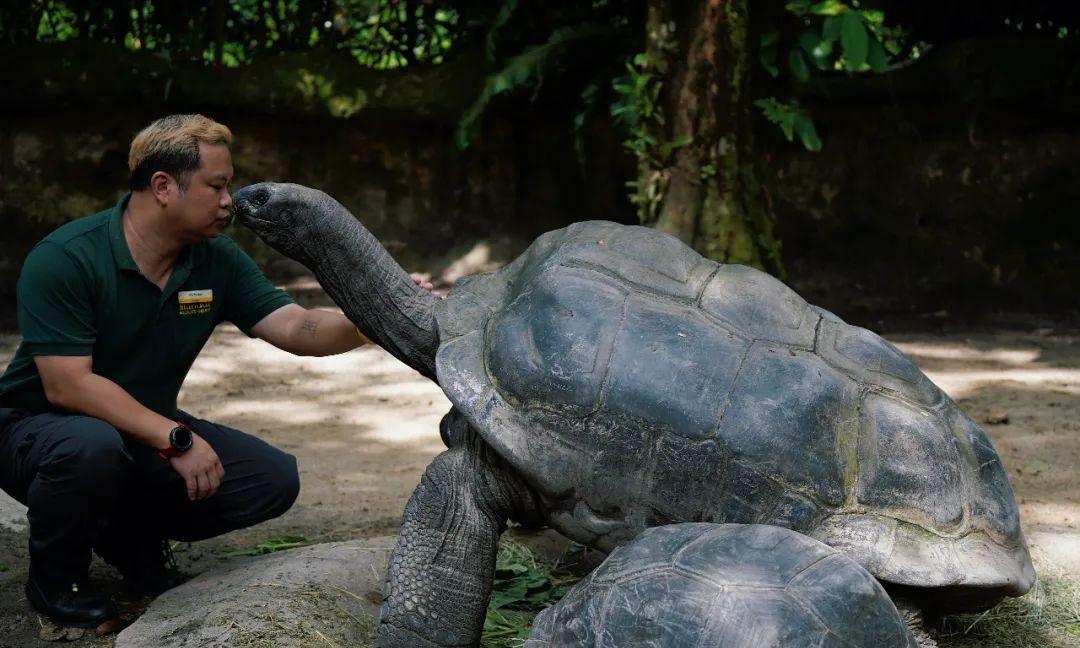
Singapore’s sidecar rides, known as “Little Sheep Sidecars,” are the first in the world to offer vintage Vespa sidecar tours.
These sidecars are uniquely designed three-wheeled vehicles, where passengers sit parallel to the main rider, enjoying an unobstructed view, blending speed and enthusiasm.
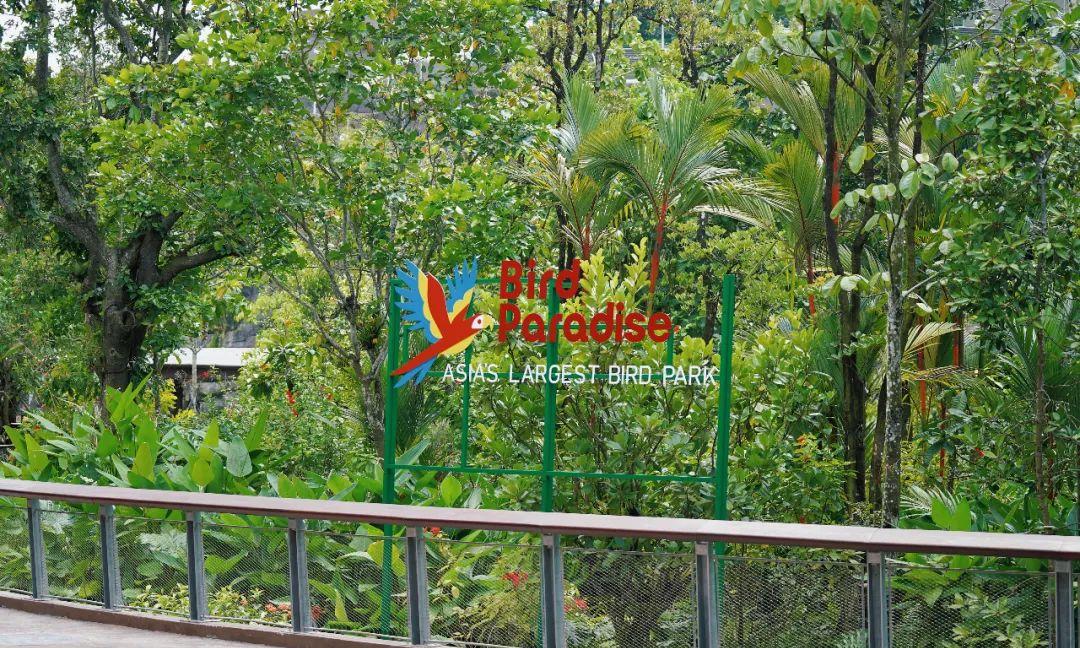
Seated in the sidecar, there’s nothing to worry about; just enjoy the breeze while happily snapping photos and videos.
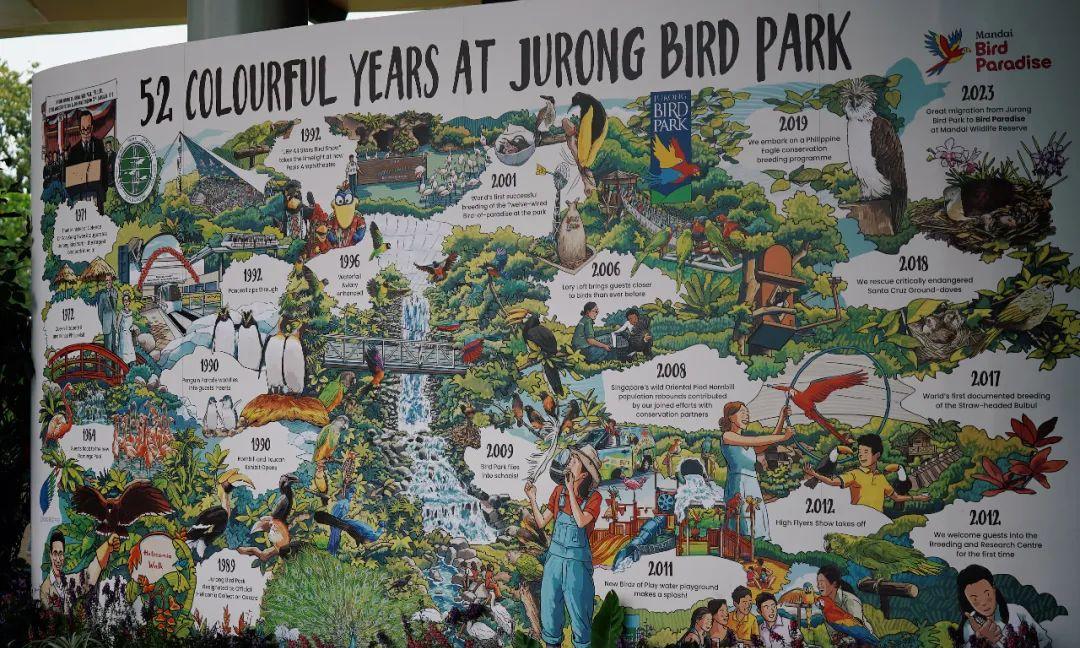
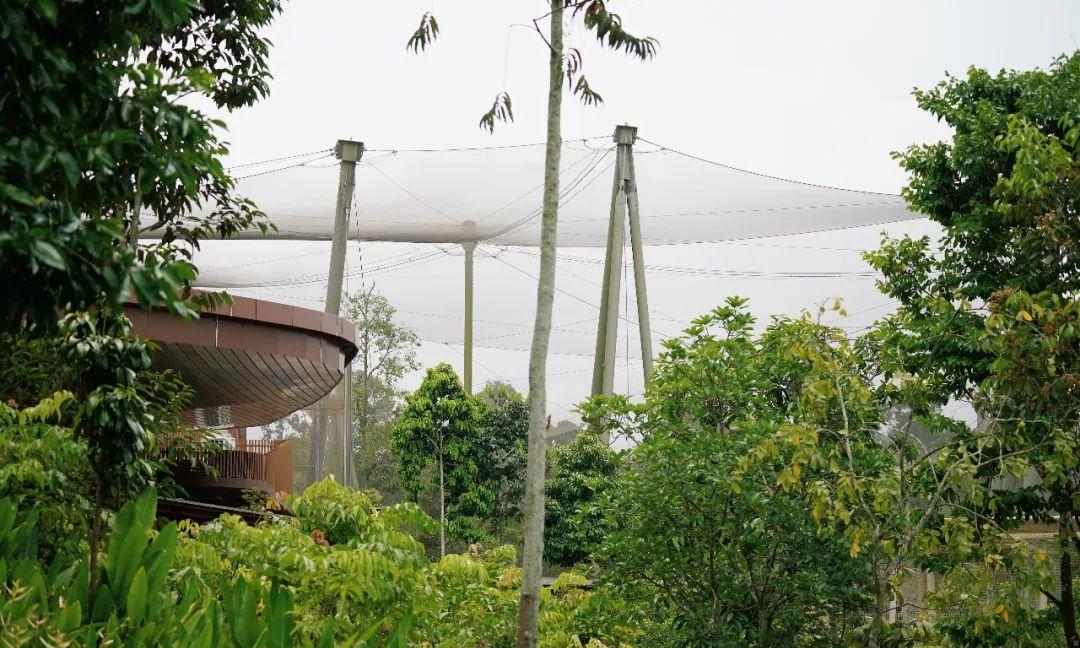
This time, we experienced the same route used for F1 racing, passing by the architectural wonders frequently featured in magazines.
Under the CBD’s skyscrapers, we couldn’t have looked cuter while zooming by.
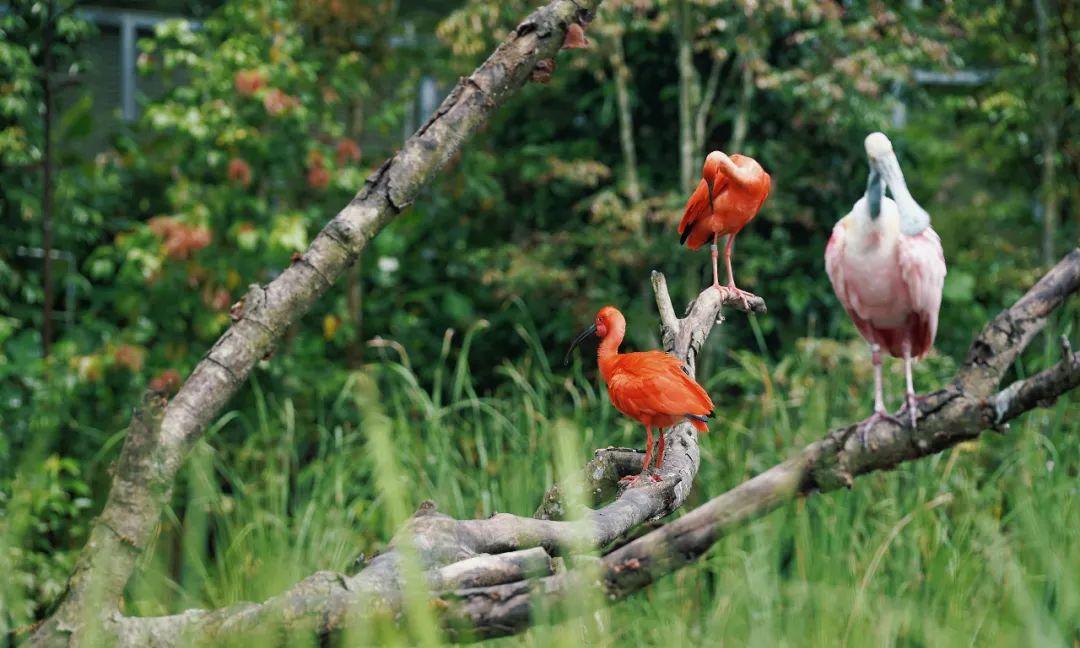
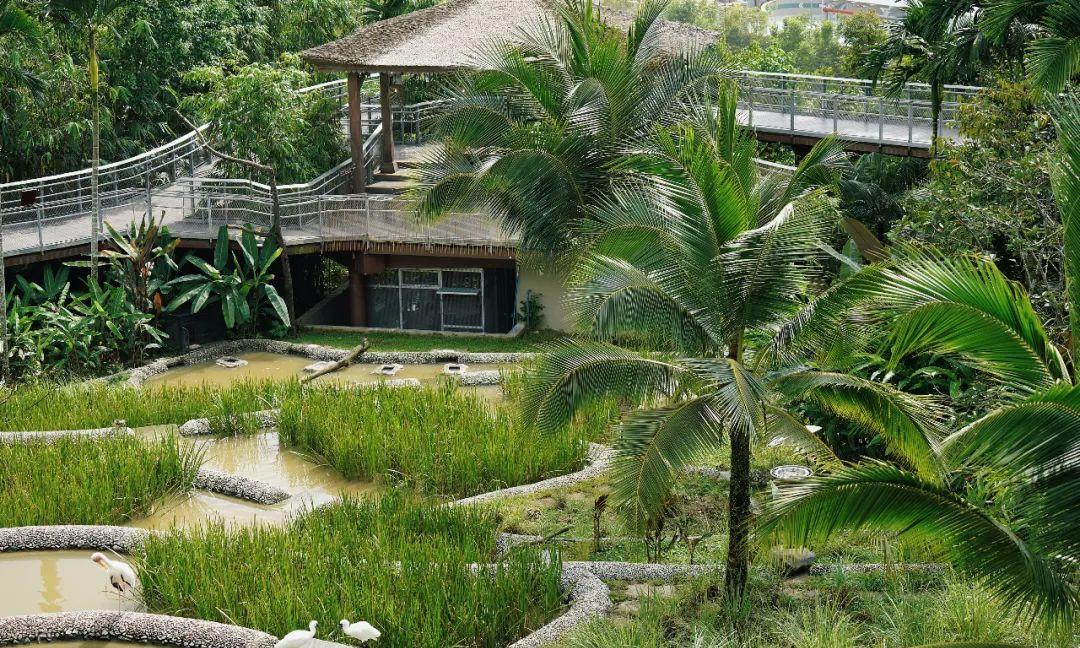
The official website offers route selections like Chill Singapore, Tiong Bahru & East Coast, Joo Chiat & Geylang, Kampong Glam, and an Historical Tour of the Civic District.
While SGD 198 for one hour can seem a bit pricey, the aesthetic and sense of adventure make it worthwhile, especially with friends for added atmosphere.
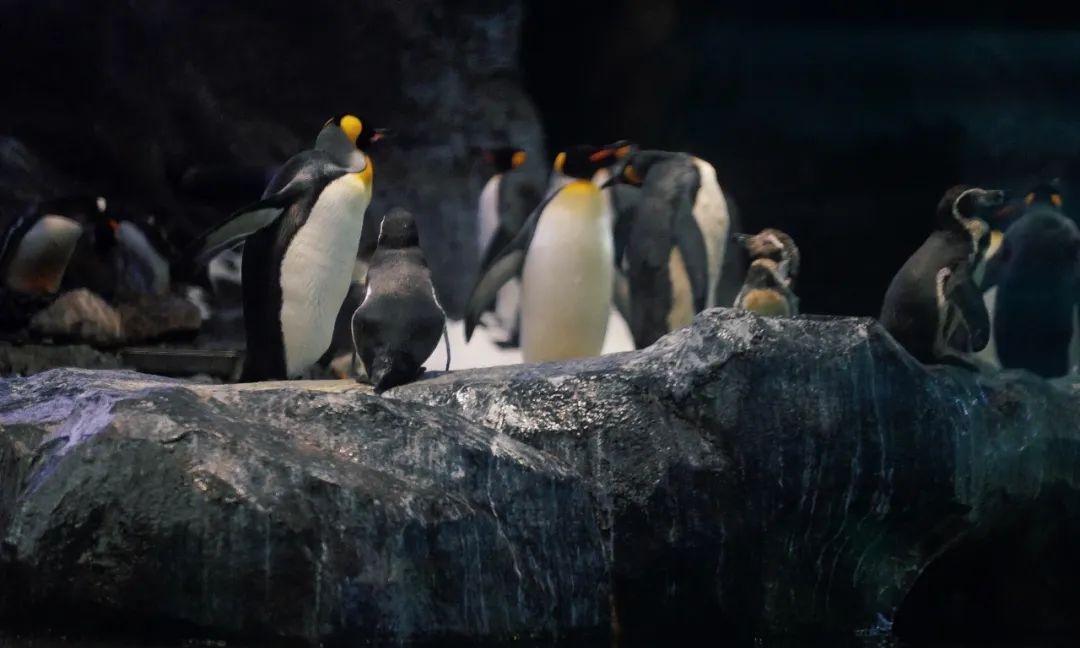

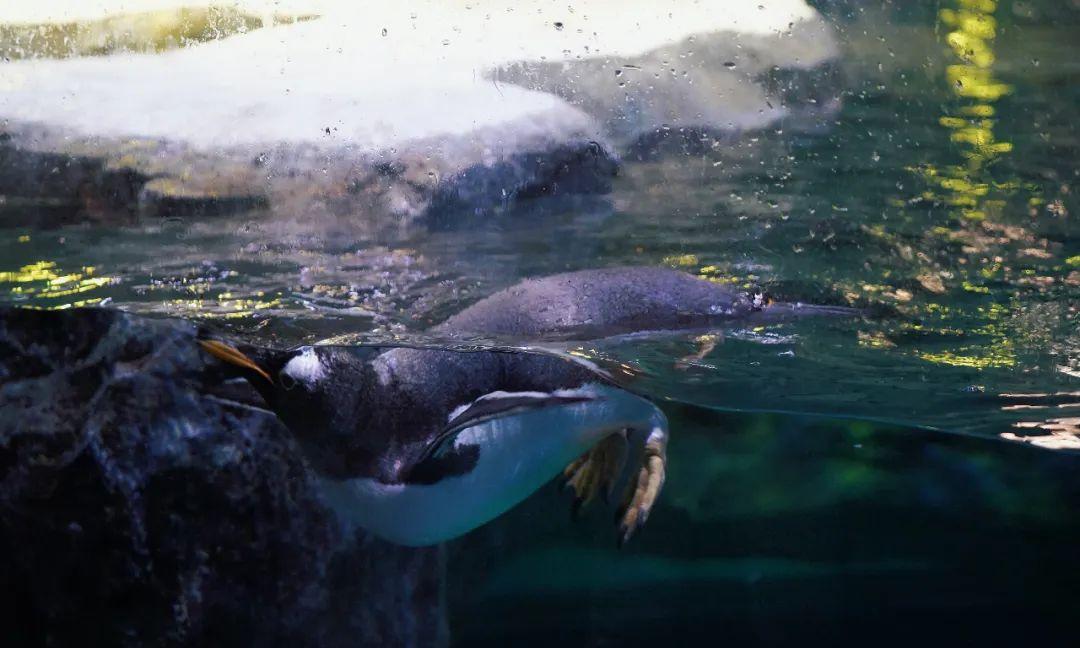
### Part 2: Zoo Tour
If you don’t like zoos, you must see Singapore’s zoo. If you already enjoy zoos, you absolutely need to visit Singapore’s zoo.
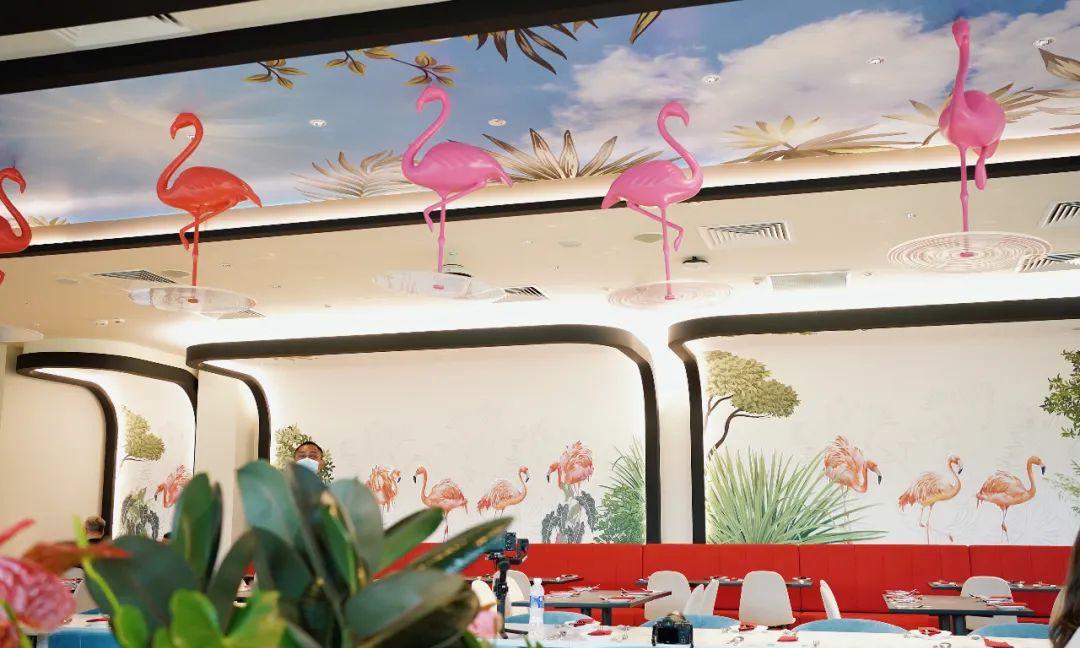
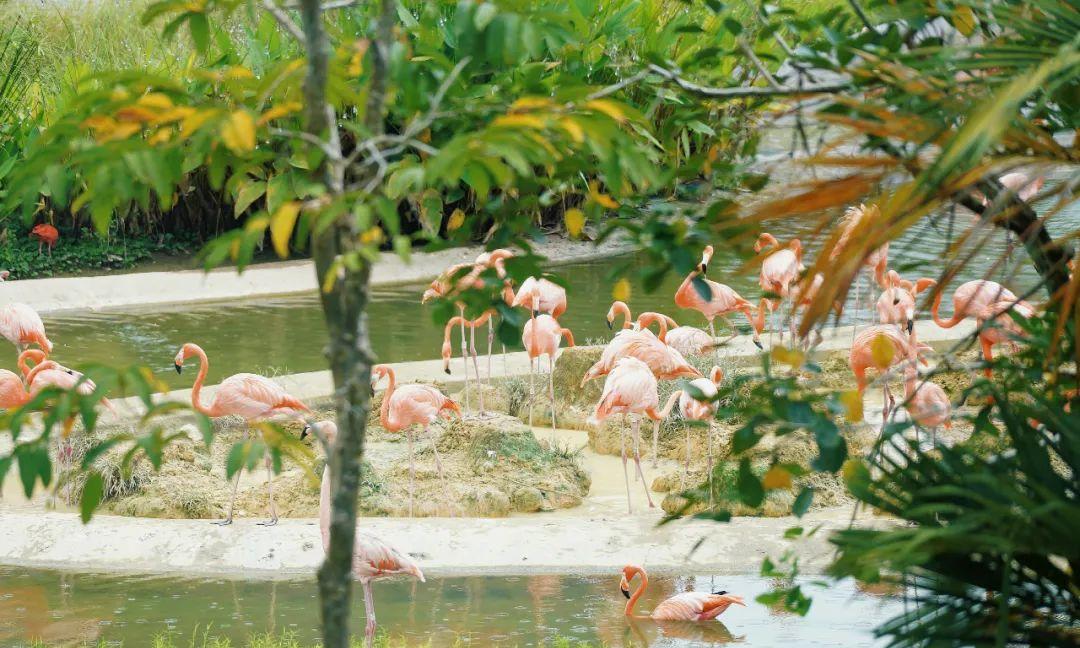
The Singapore Wildlife Reserves consist of the Singapore Zoo, Jurong Bird Park, River Safari, and Night Safari, each with its focus but all emphasizing natural environments, creating an uplifting atmosphere free from the captivity commonly associated with such places.
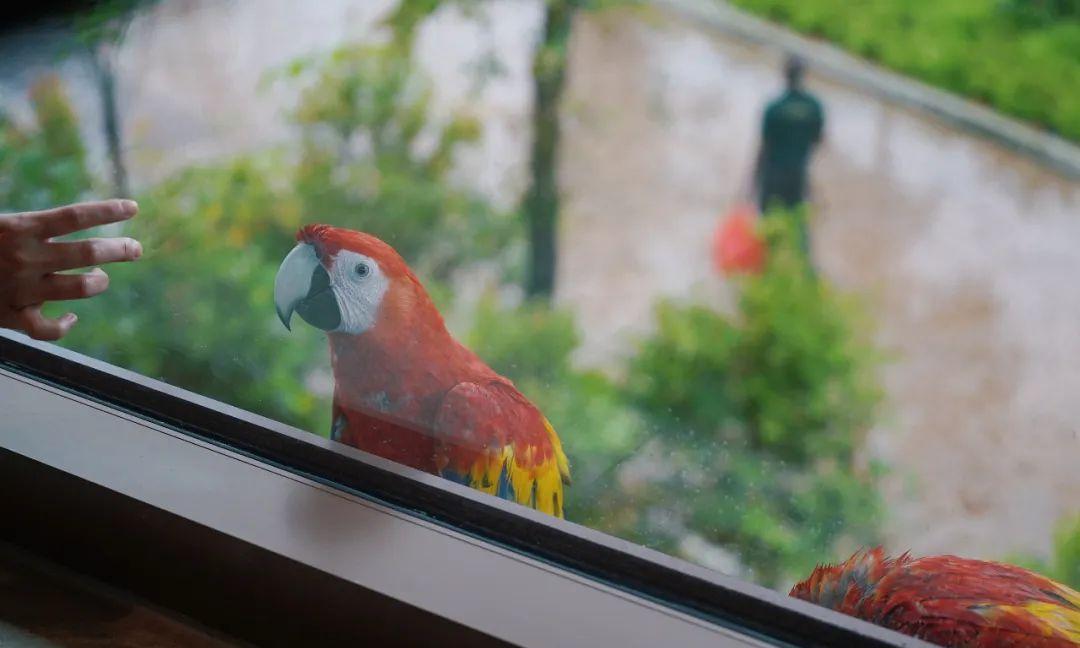
We spent an entire day soaking in the zoo experience; the more we delved, the more excited we became—not an ounce of fatigue to be found!
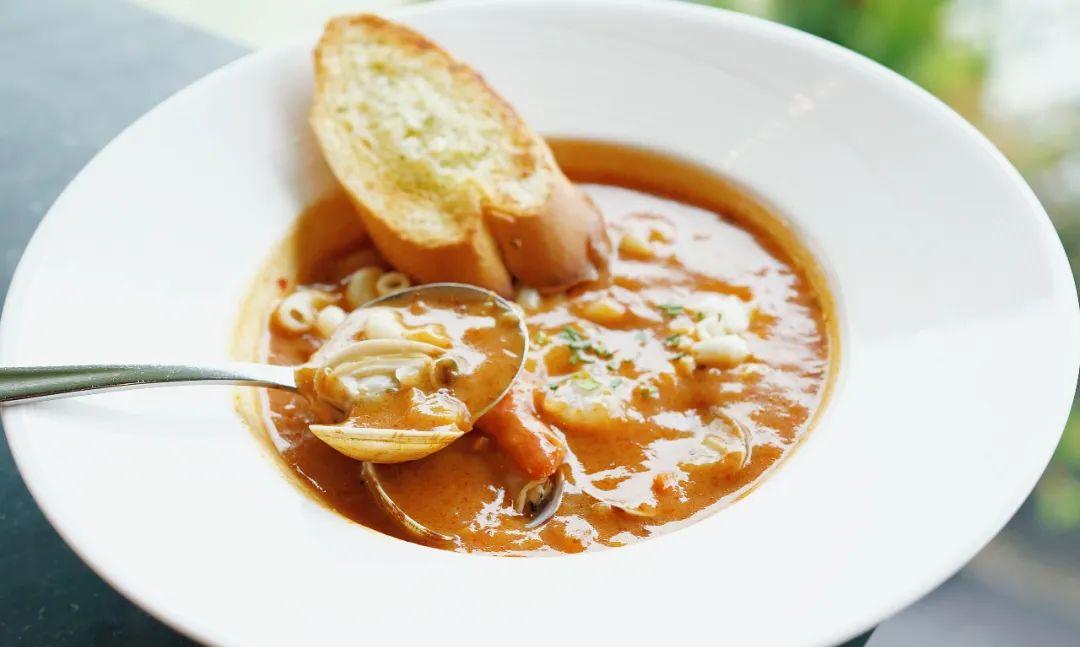
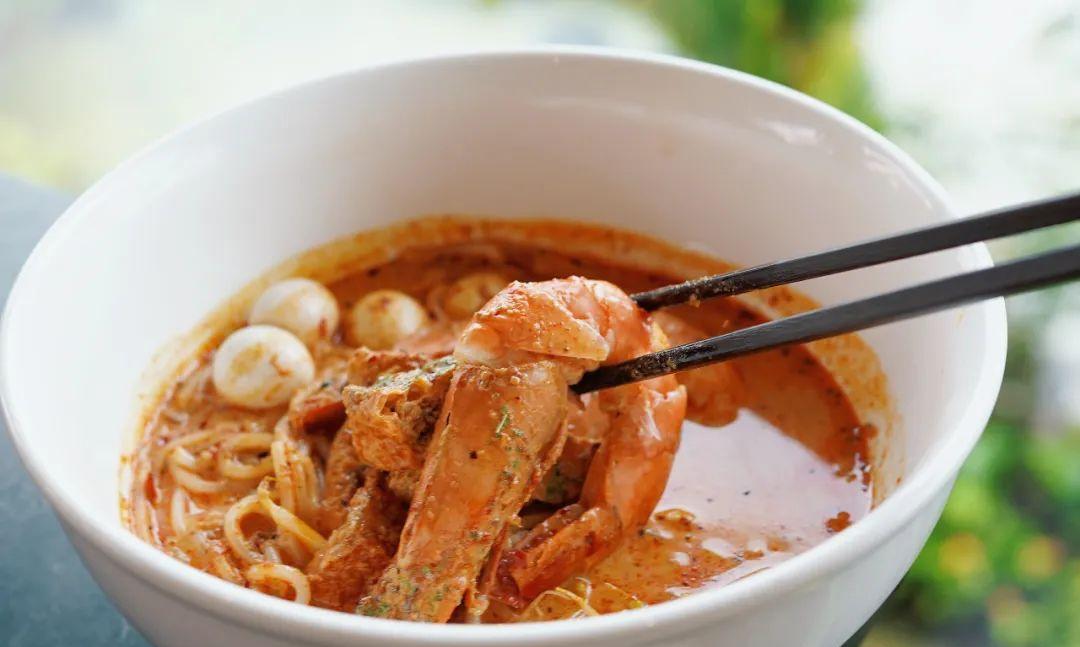
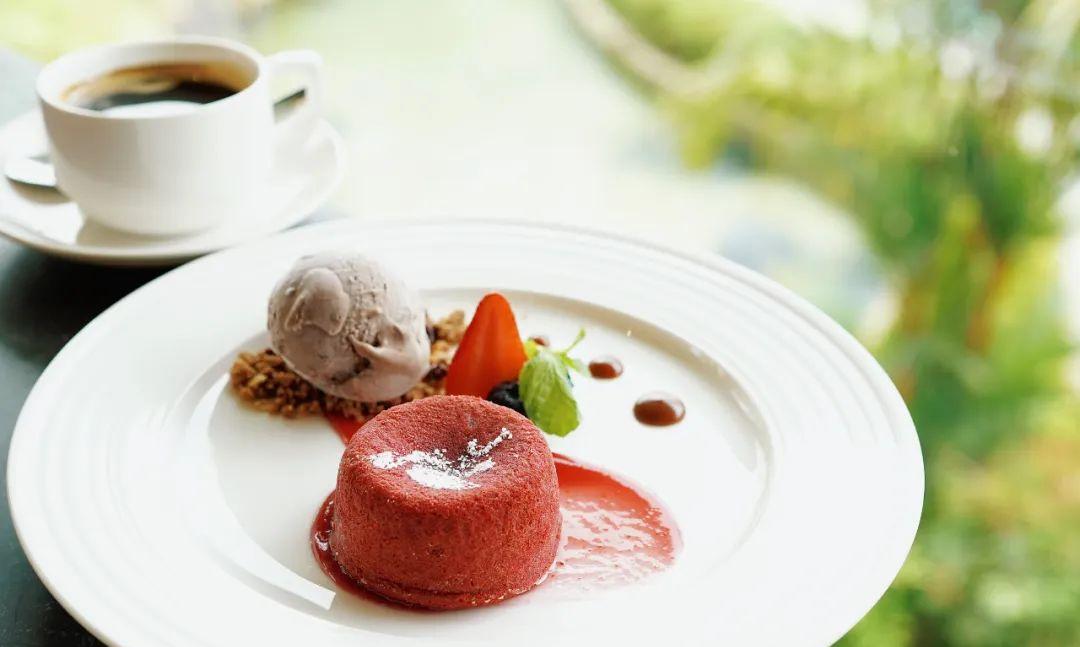
4. **Singapore Zoo**
⏰: 8:30-18:00
🎫: Adult ticket SGD 48; Children SGD 33 (ages 3-12); Wild Breakfast combo ticket (including admission) SGD 83.7 for adults, SGD 61.2 for children (ages 6-12).
The Singapore Zoo employs an open layout, using natural barriers instead of fences, allowing over 2,400 animals of more than 300 species to thrive in a free environment, making it one of the world’s best tropical rainforest zoos.
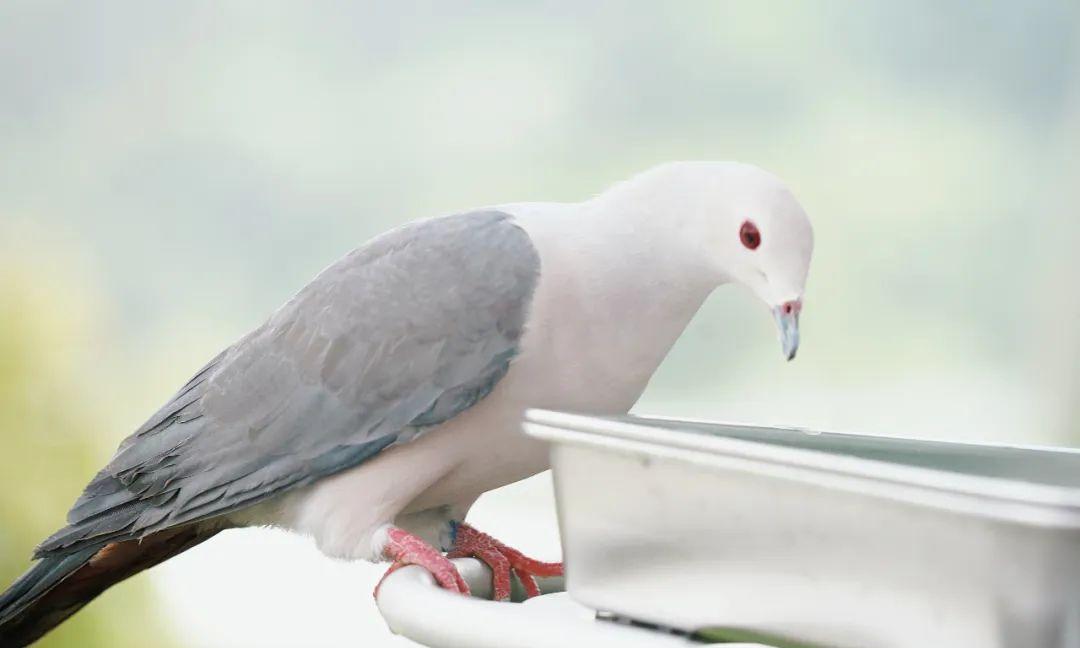
One standout experience was the Wild Breakfast at “Amin Restaurant”! I highly recommend purchasing the breakfast and admission combo.
The breakfast runs from 9:00 to 10:30 in buffet style. The restaurant is nestled amidst a lush grove, where at 9:30 every day, an orangutan joins guests for breakfast.
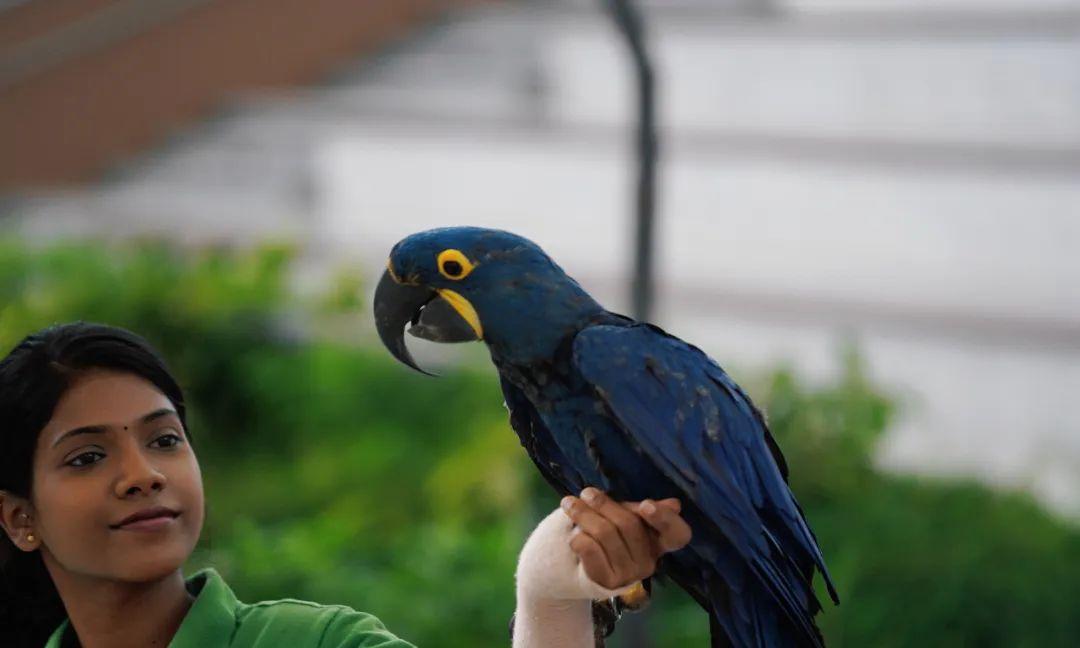
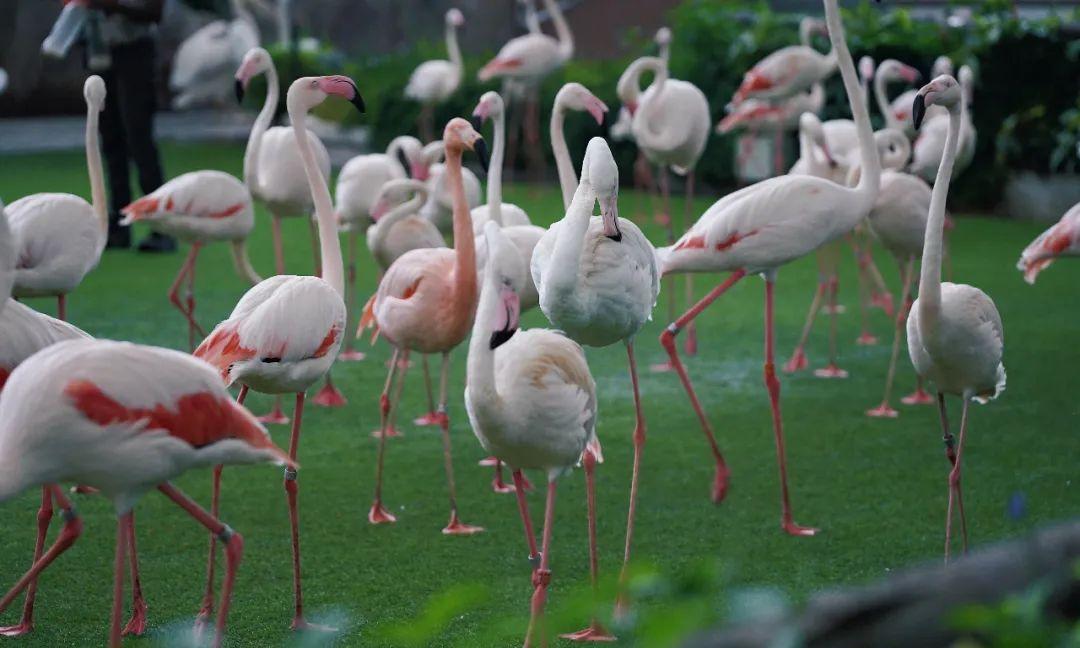
The orangutan is incredibly lively, swinging around ropes and even doing handstands!
While having breakfast, watching the orangutan next to us was a delightful experience. Later, staff brought out a python, a green iguana, and a fennec fox for interaction. You can even touch them! The iguana’s skin was surprisingly textured, and the boa’s cool body felt surprisingly comfortable.
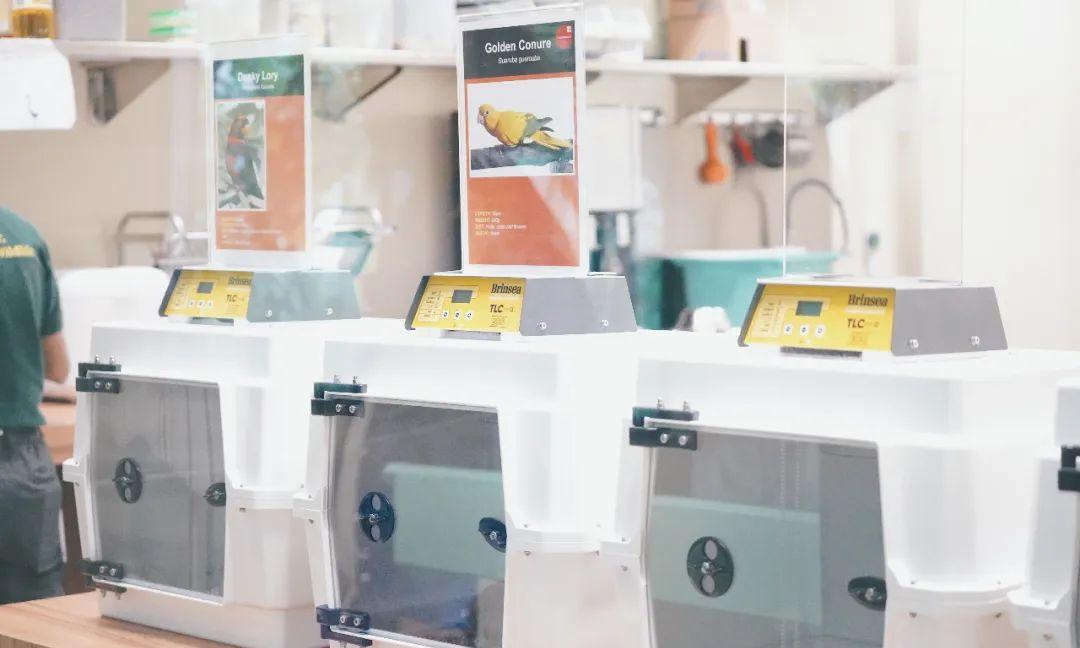
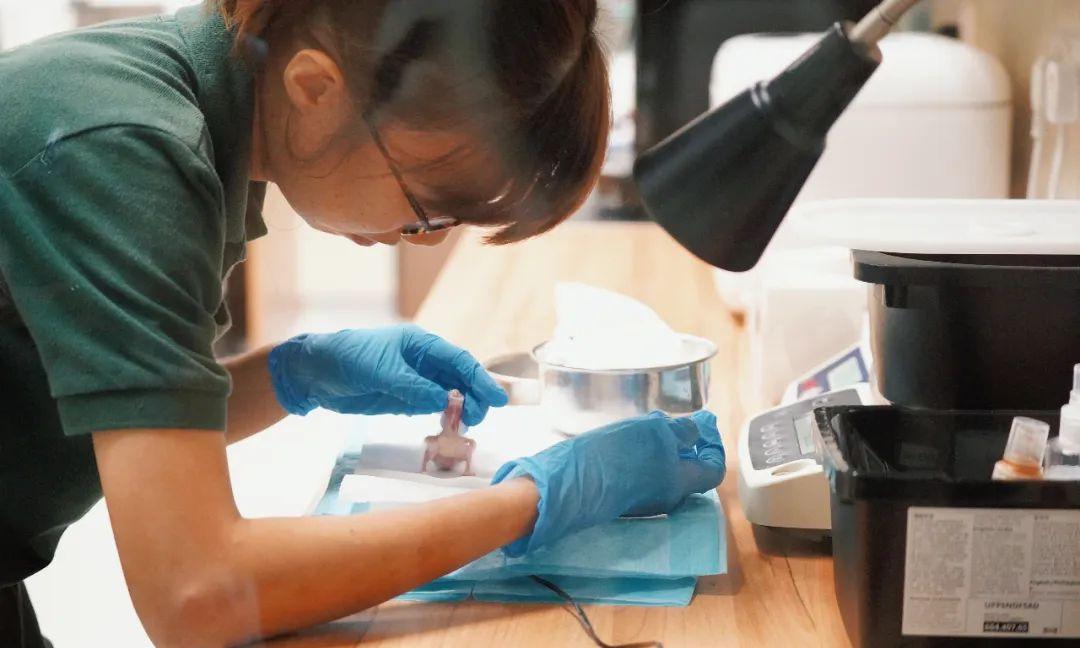
This brief photo session with the orangutan felt like one of its rare calm moments before it resumed its own workout routine! If you skip breakfast, you can still enjoy the impressive displays of them in the “Orangutan Exhibit,” which recreates a mini-forest ecosystem.
The ropes are made from eco-friendly recycled hoses.
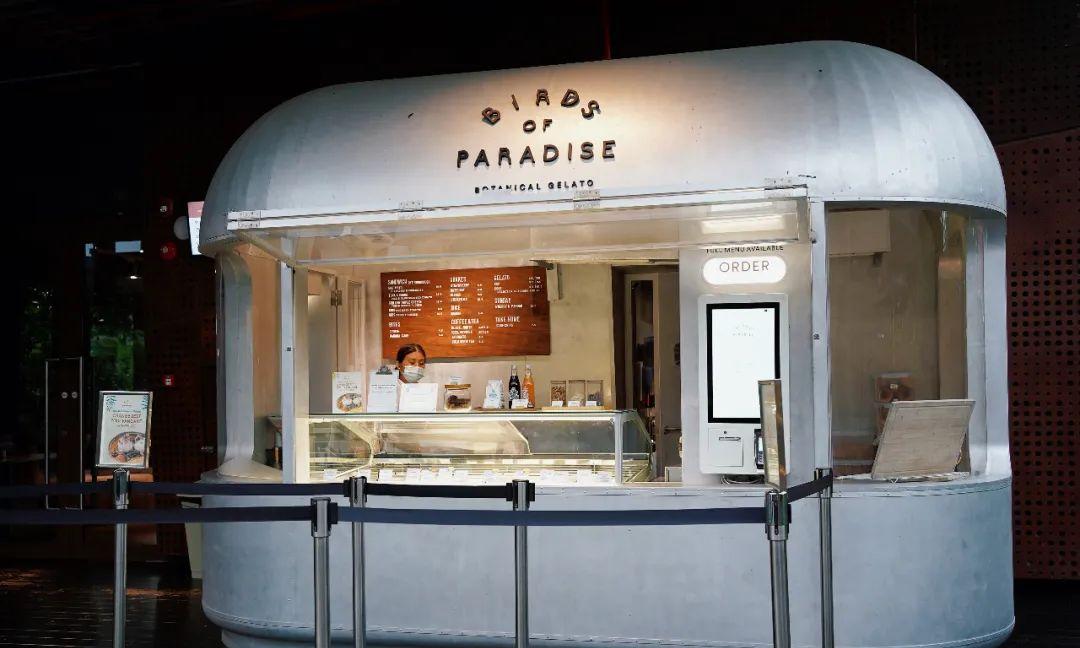
Singapore Zoo offers 11 different zones, including the Asian Elephant Exhibit, Fragile Forest, Tortoise Shell, and African Plains.
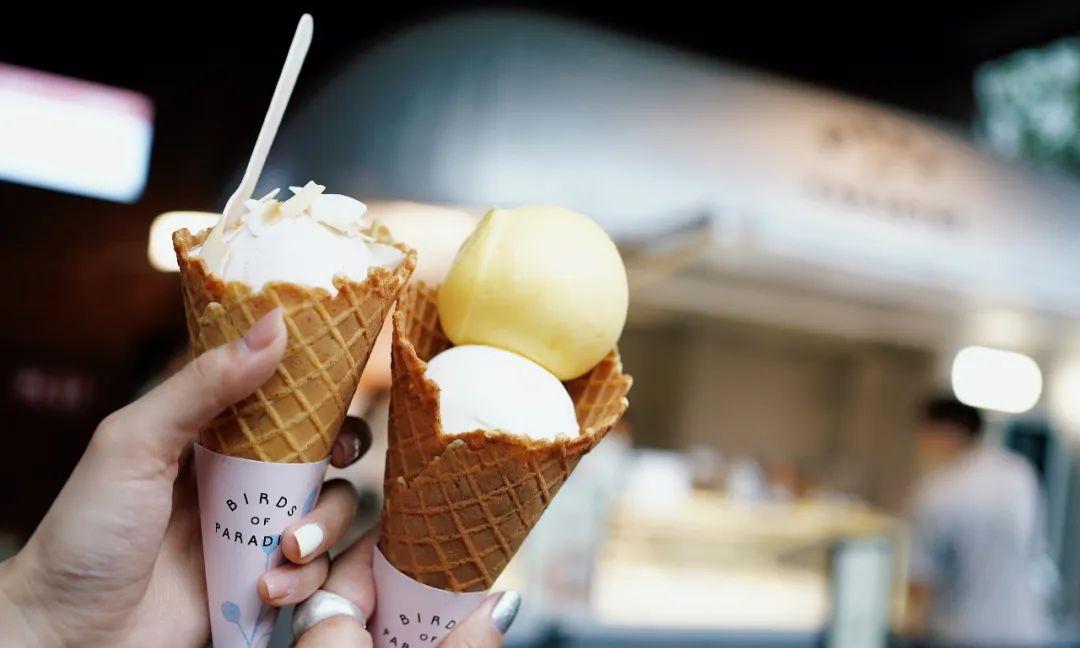
Accidentally, we ended up sporting a zebra-like outfit!
Here’s also a glimpse of the king of the jungle on a hill; despite the now-shorn appearance, it retains its regal aura.
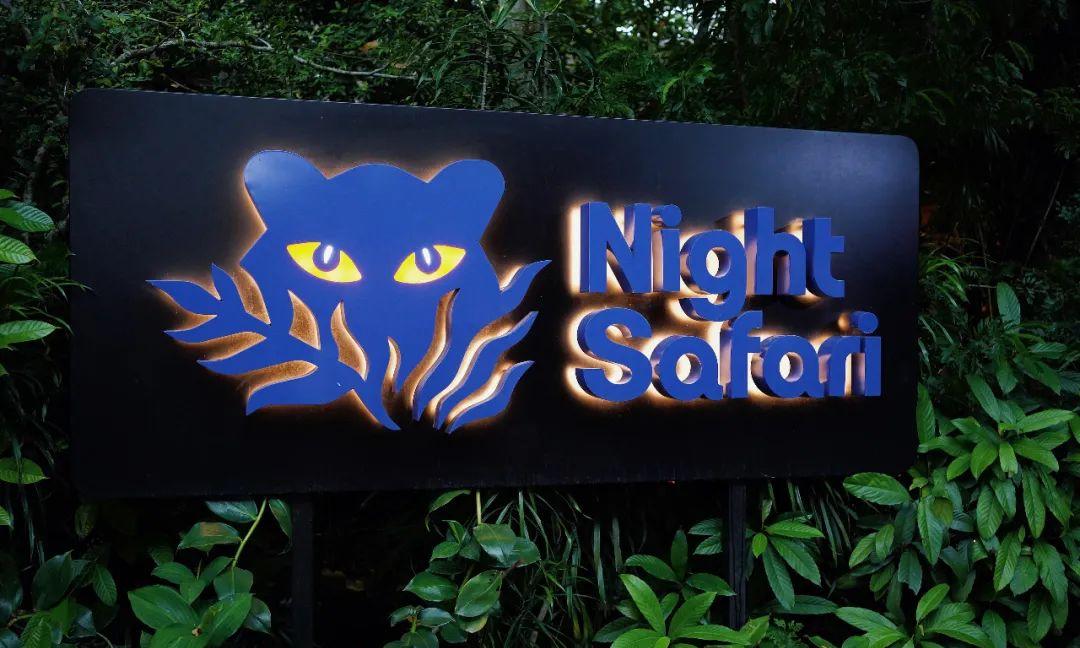
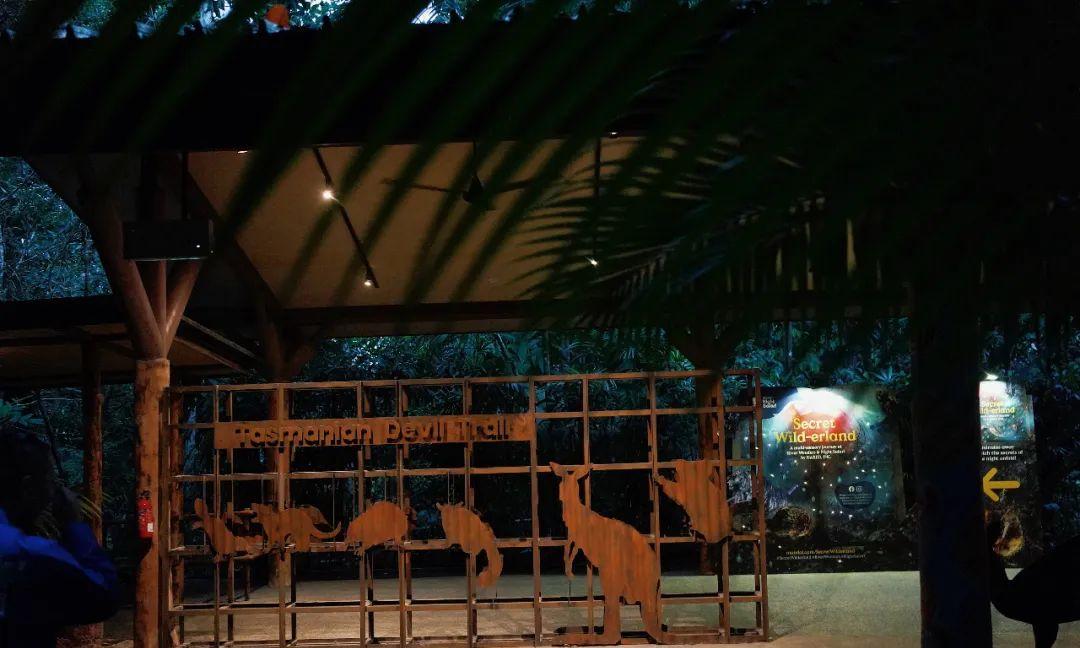
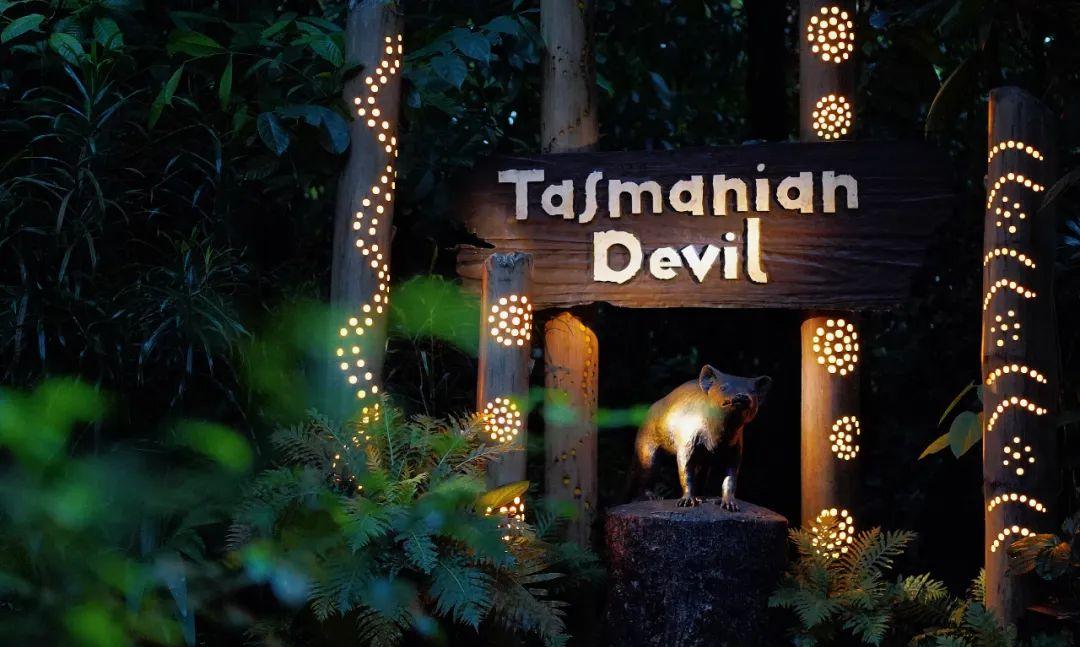
Below are feeding times for some of the animals, each costing SGD 8 per portion:
– Zebra feeding at 10:15, 14:15
– White rhino feeding at 13:15
– Giraffe feeding at 10:45, 13:50, 15:45
– Elephant feeding at 9:30, 11:45, 16:30
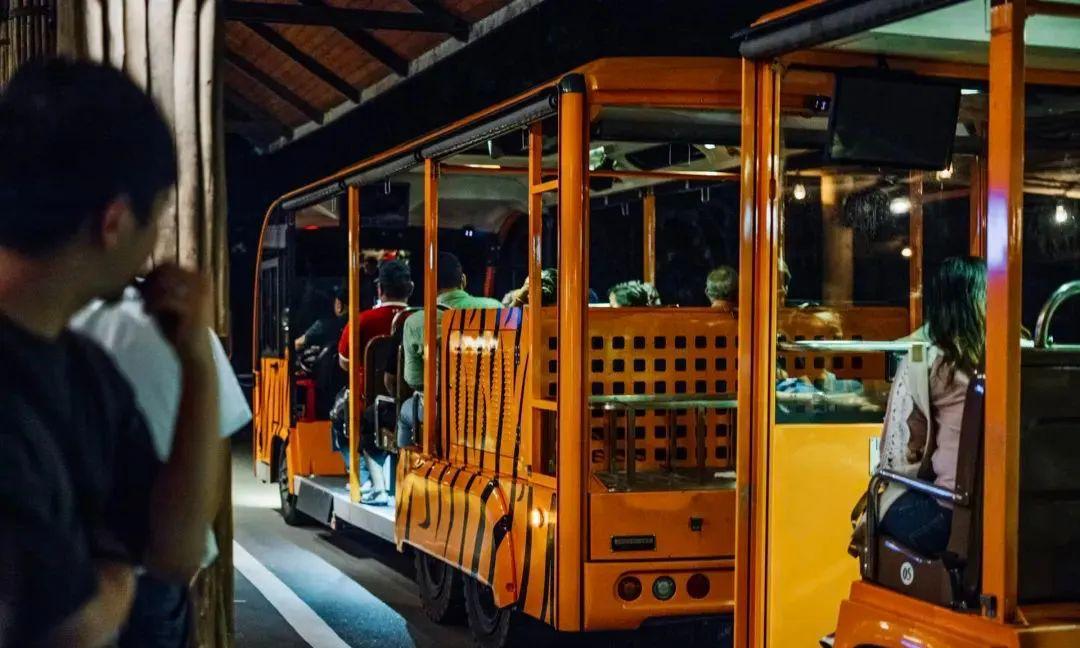
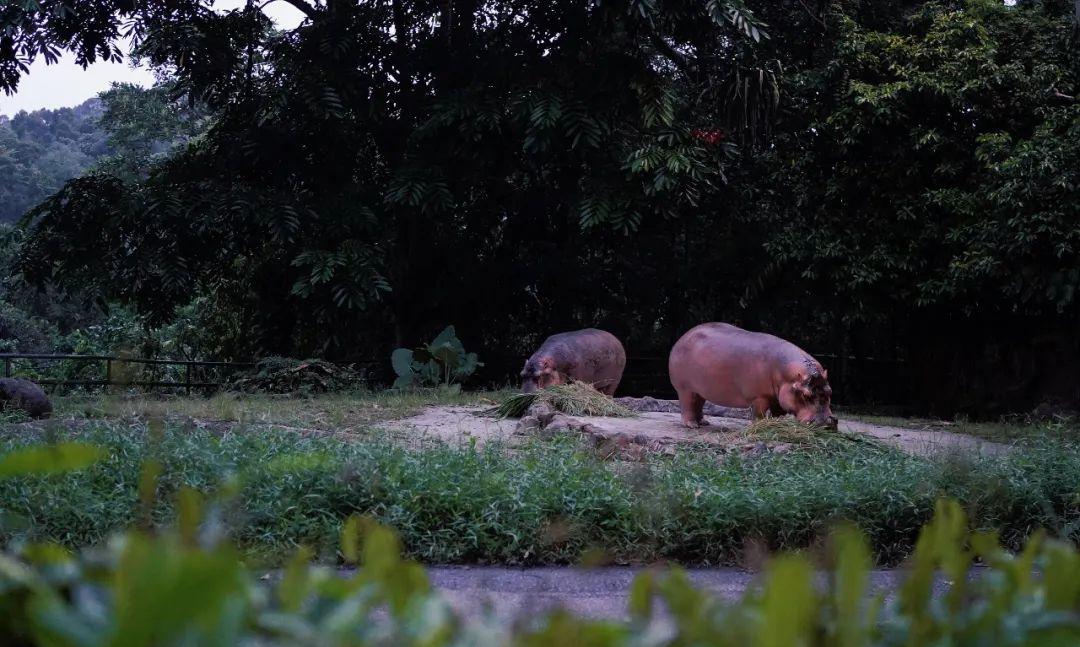
– Aldabra tortoise feeding at 13:15
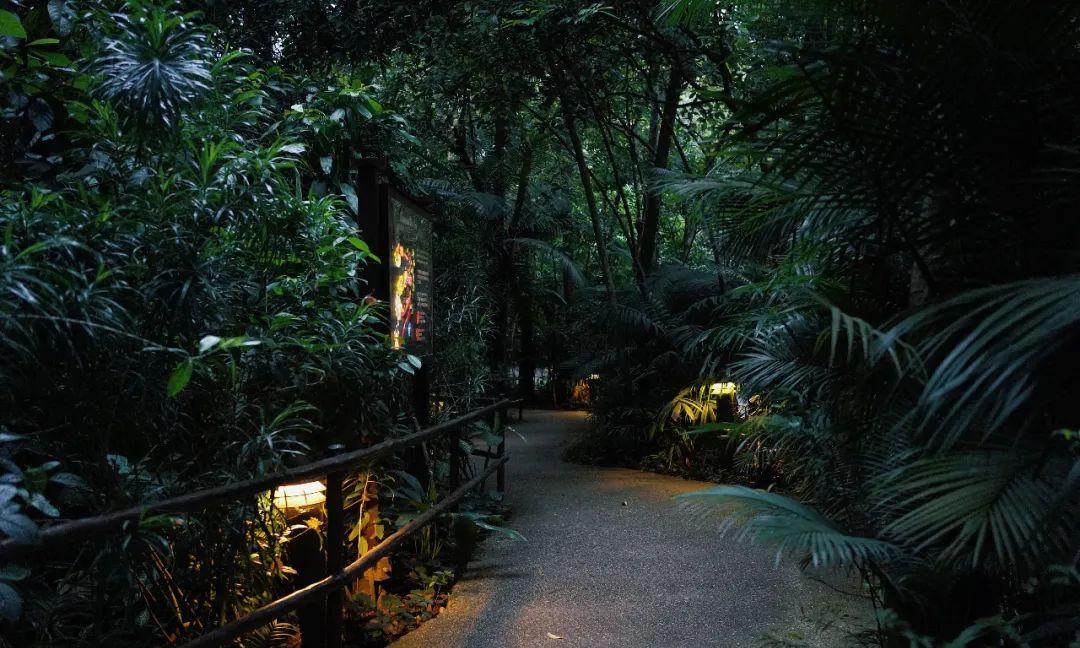
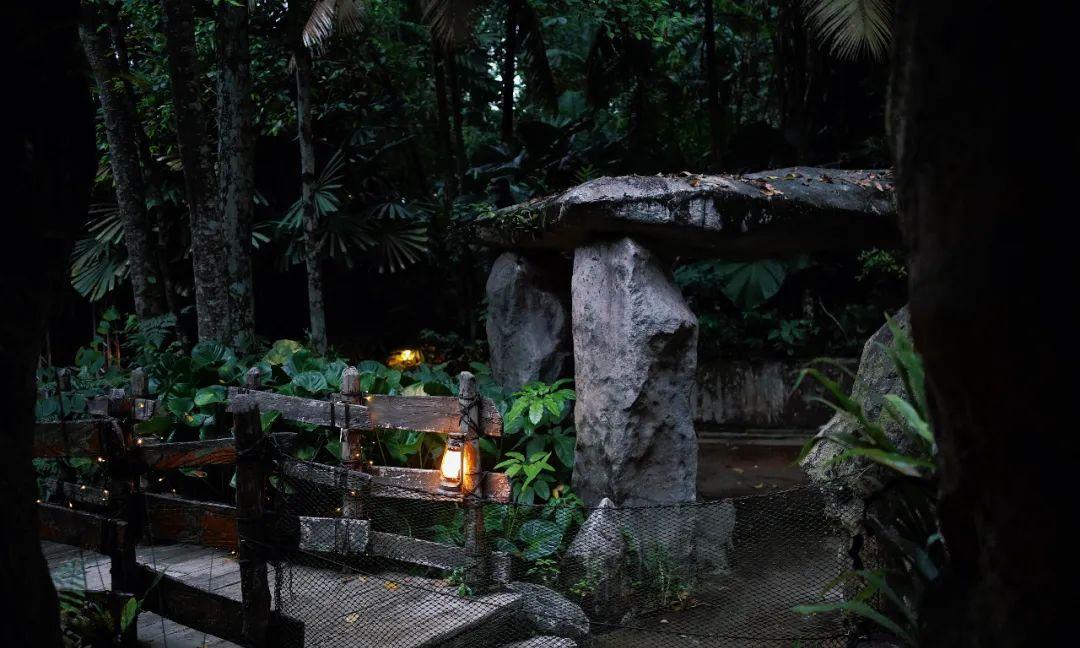
We experienced the Aldabra tortoise feeding, giving this senior citizen in its 90s a snack.
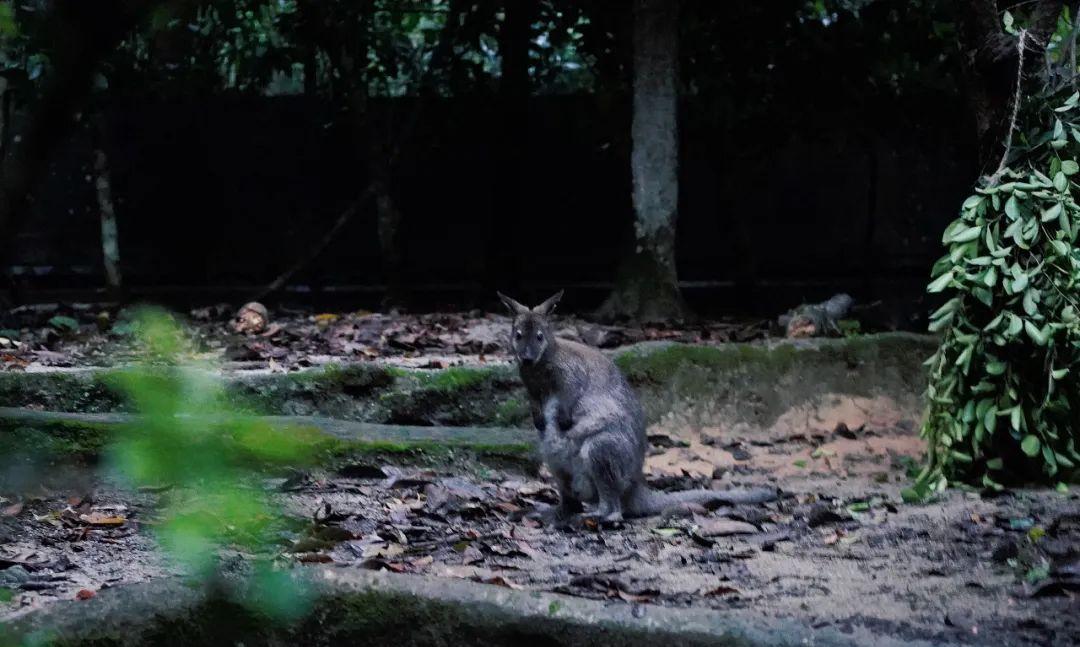
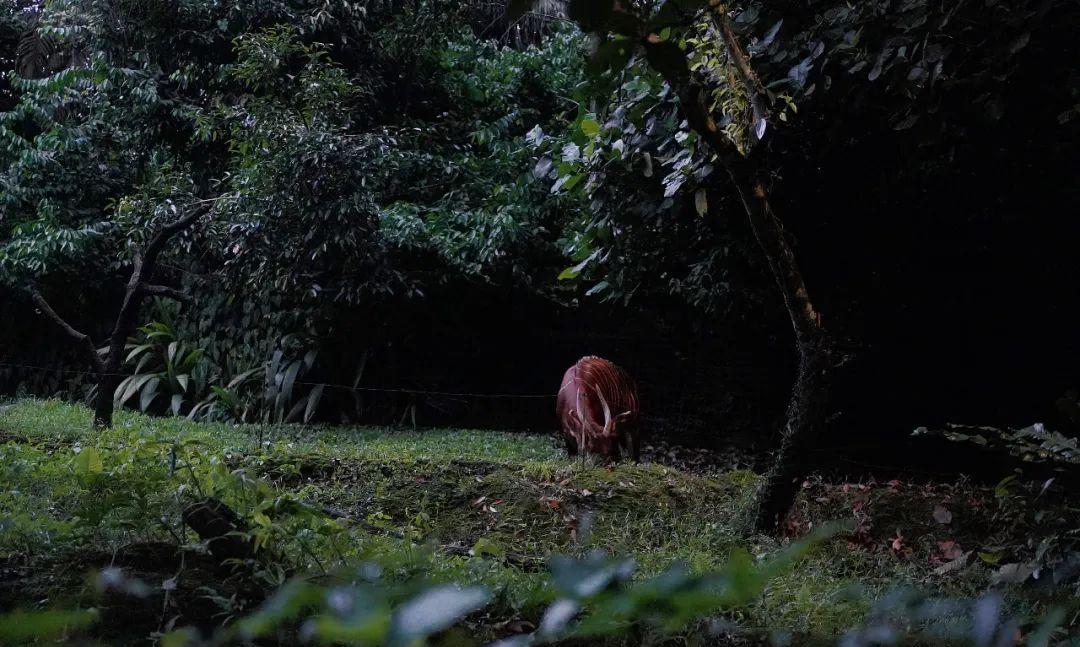
5. **Jurong Bird Park**
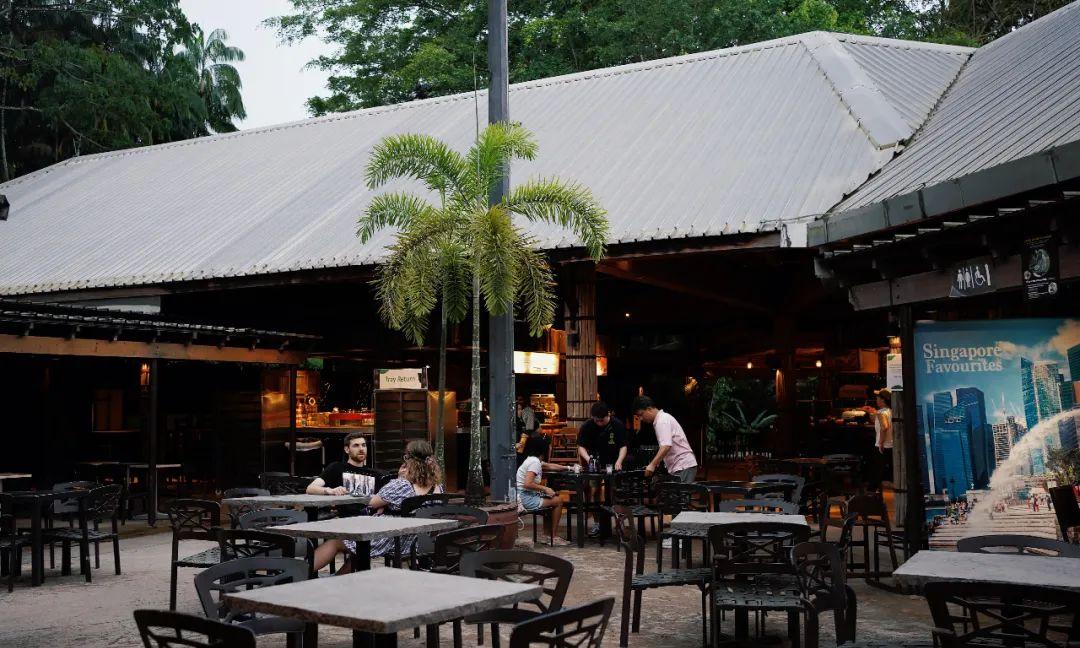
⏰: 9:00-18:00
🎫: Adult ticket SGD 48; Children SGD 33 (ages 3-12).
This is Asia’s largest bird park, featuring 11 zones with over 400 species and more than 3,500 birds, of which 24% are endangered.
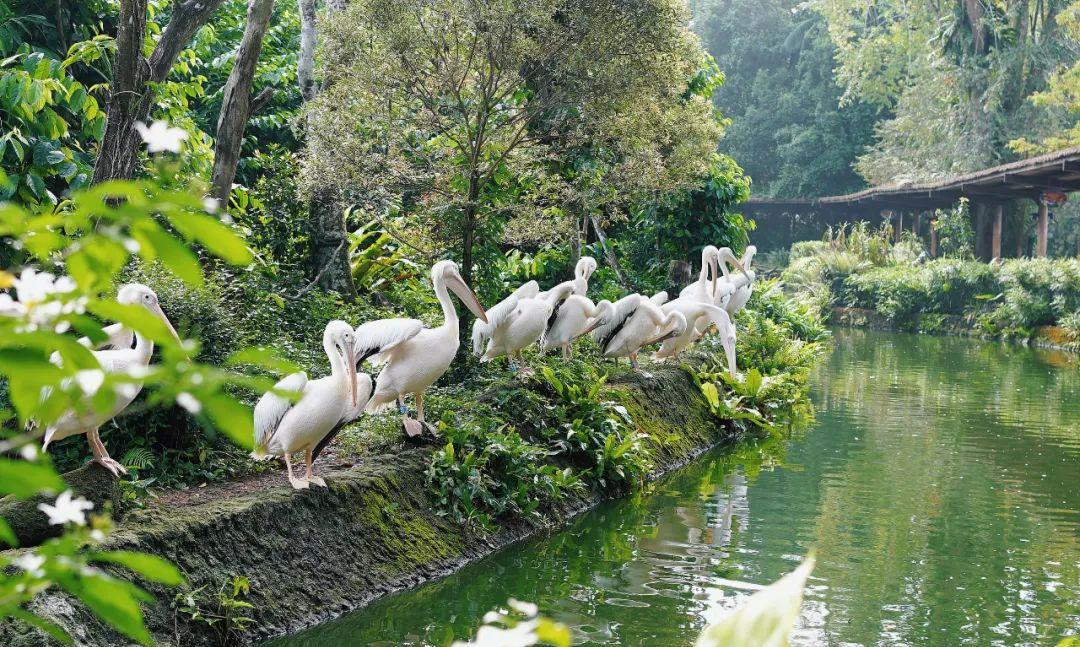
Entering feels like stepping into a vast forest where a transparent net stretches high above, nearly invisible.
Since the park focuses on birds, the experience is more tailored.
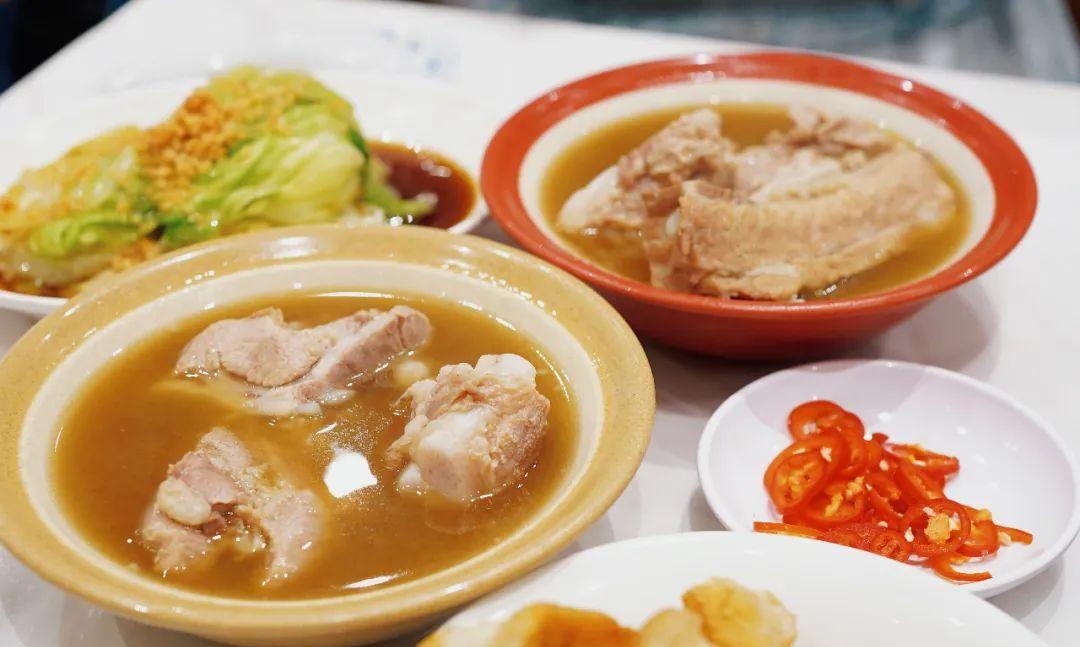
Visiting on weekdays means fewer crowds, providing plenty of opportunities to interact with animals amidst a spectrum of colorful feathers—it’s thoroughly invigorating!
Recreating environments from the African rainforest, South American wetlands, Southeast Asian rice fields, and Australian eucalyptus forests, the birds roam freely.
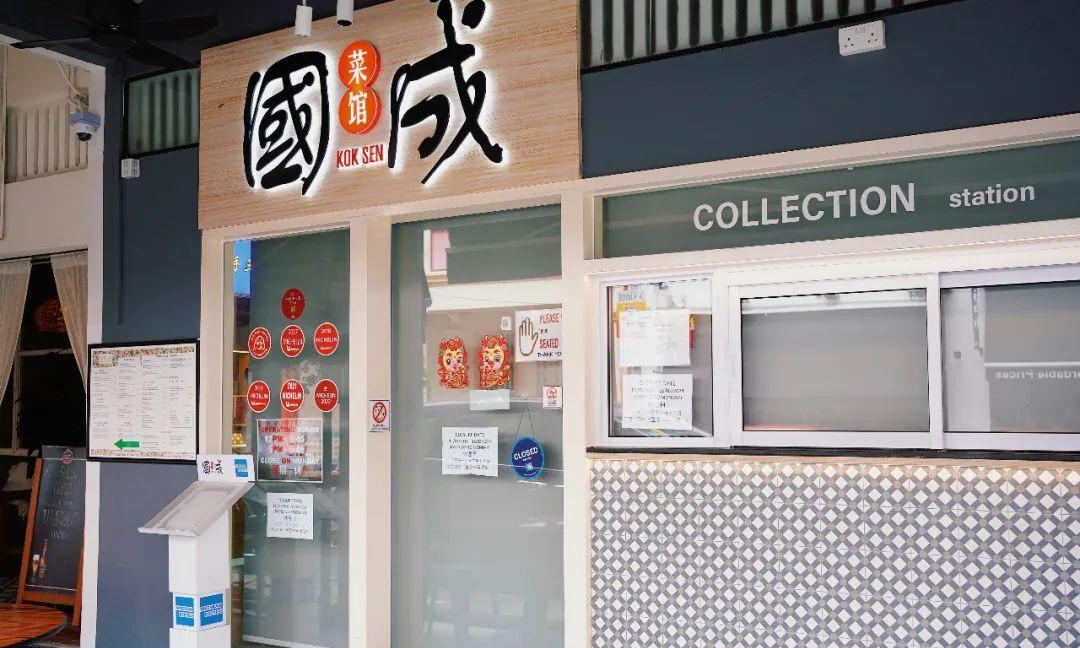
In the penguin exhibit, guests can witness the delightful sight of these little creatures jumping into the water to swim.
We even caught a glimpse of a hapless little penguin who slipped and fell into the water.
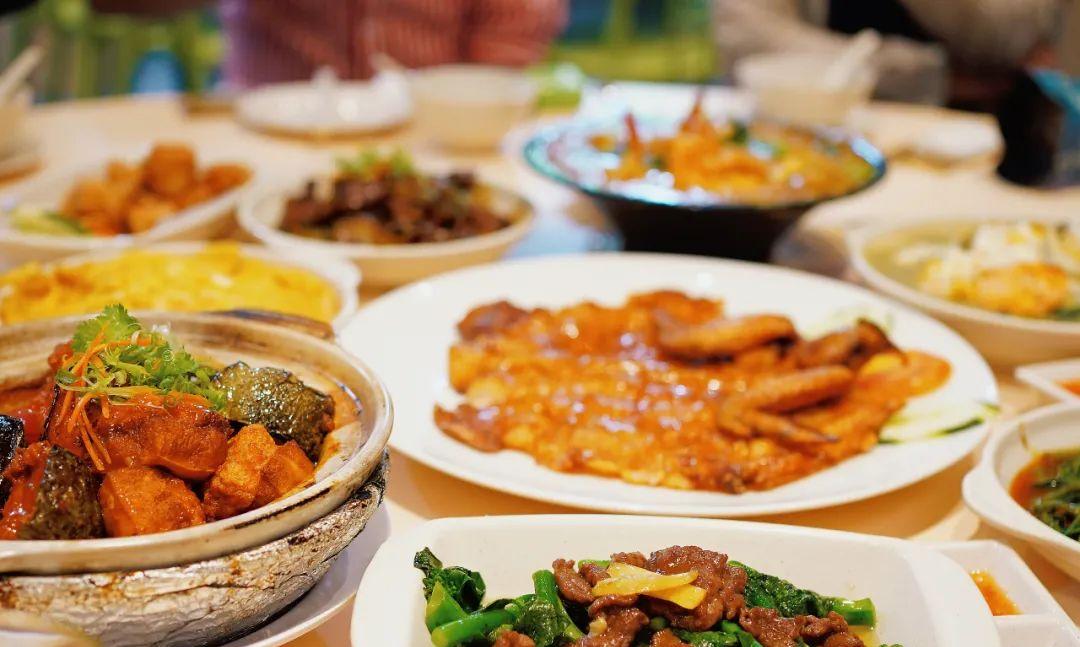
– **Crimson Restaurant**
⏰: Weekdays 11:00-17:30, Weekends/Holidays 9:00-17:30
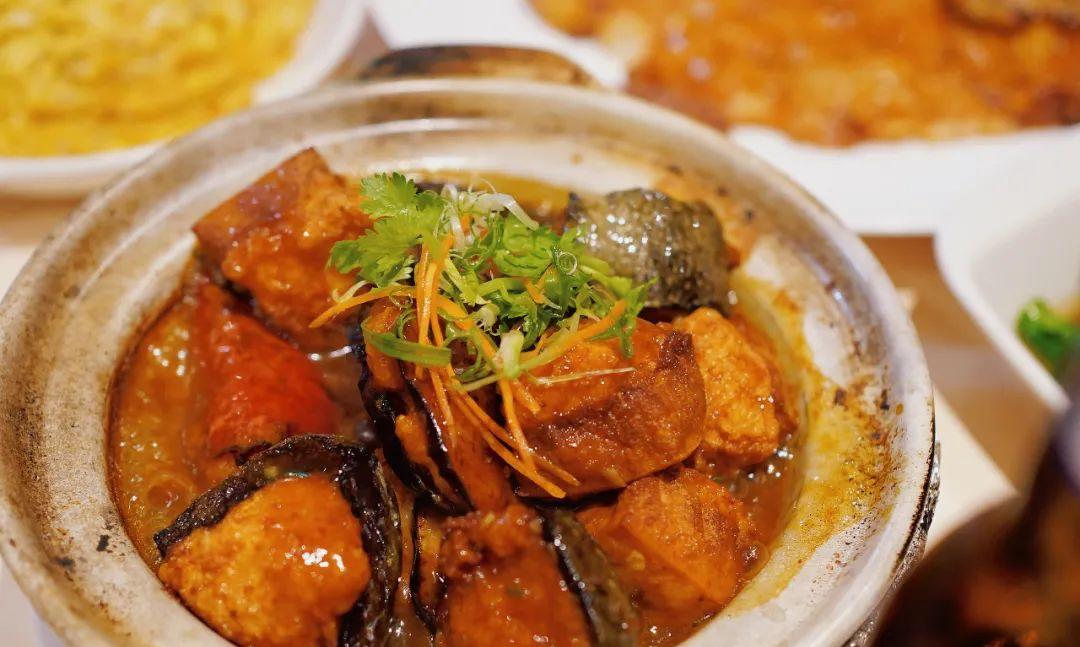
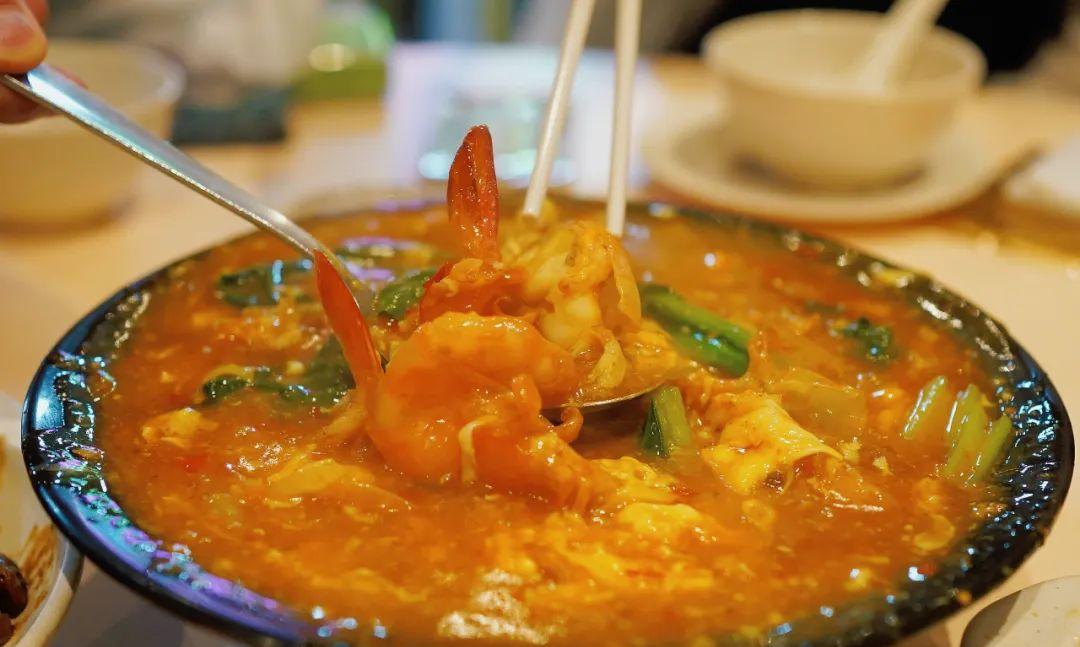
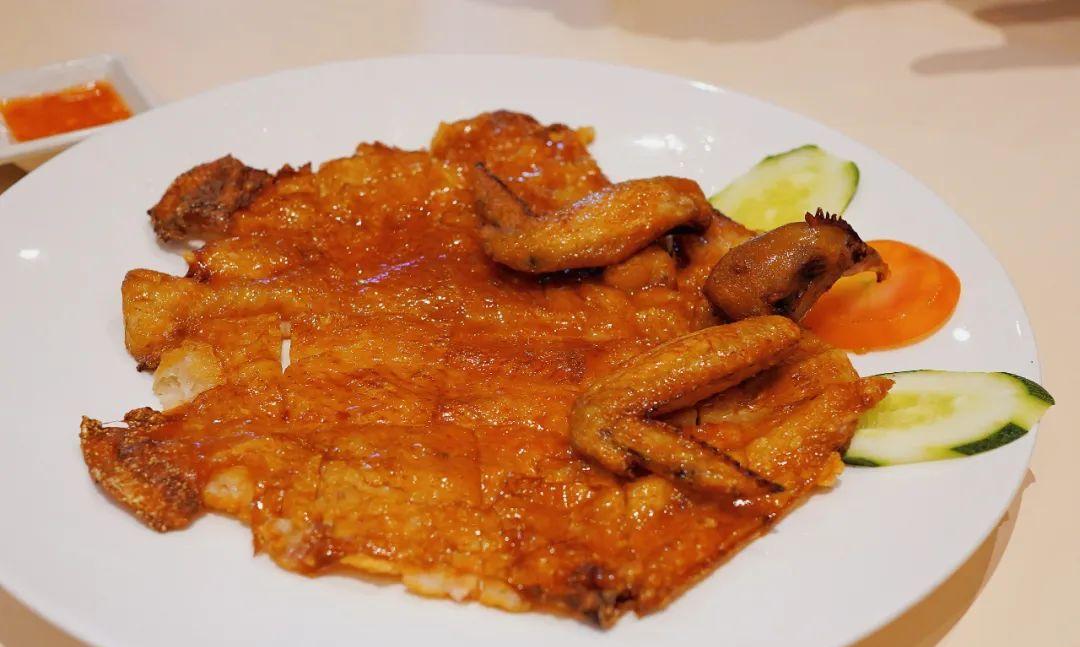
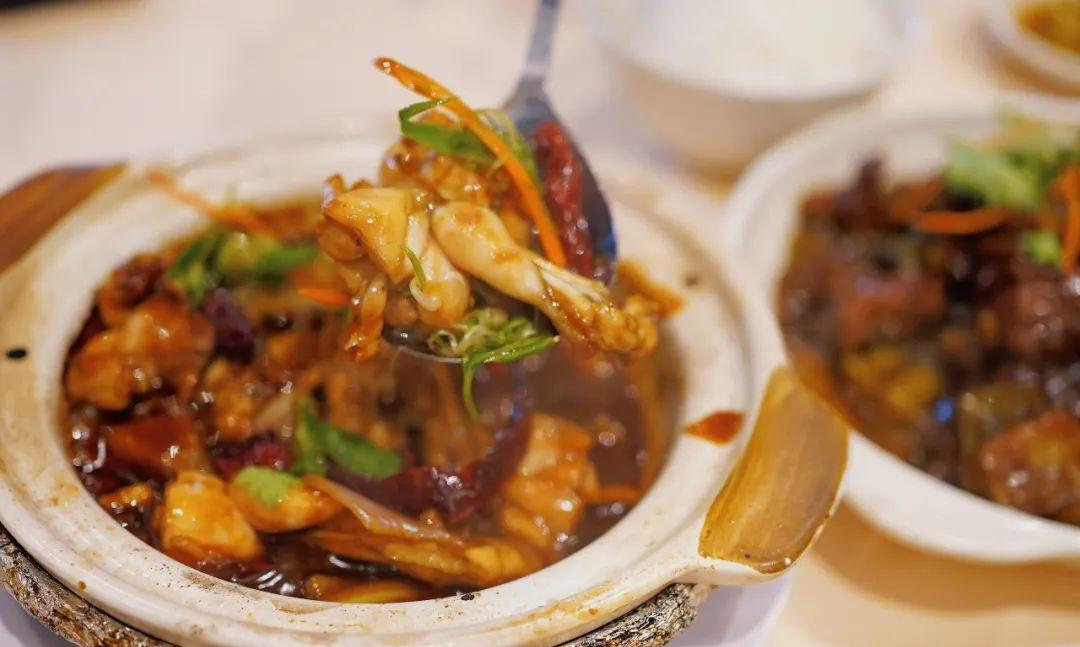
💰: Two-course set SGD 48/person, Three-course set SGD 58/person, Children’s menu SGD 24
I found the best feature of the Jurong Bird Park to be the Crimson Restaurant. The flamingo-themed restaurant is set in vibrant wetlands where you can see waterfalls from the windows and flamingos, peacocks, and parrots up close.
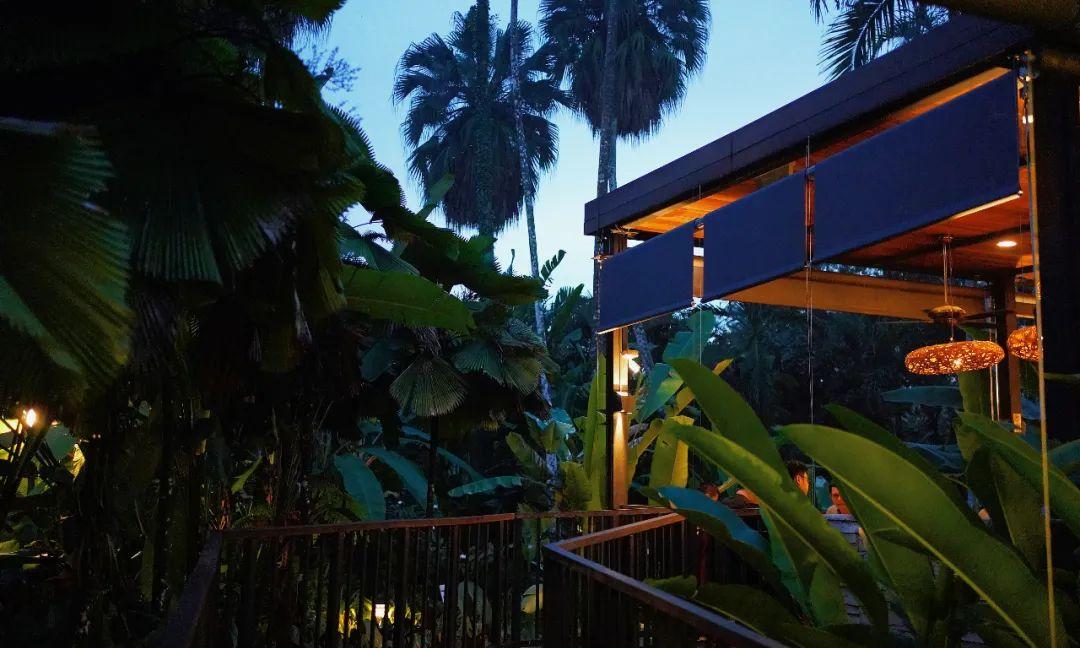
Colorful macaws flutter around, sometimes resting on the windowsill.
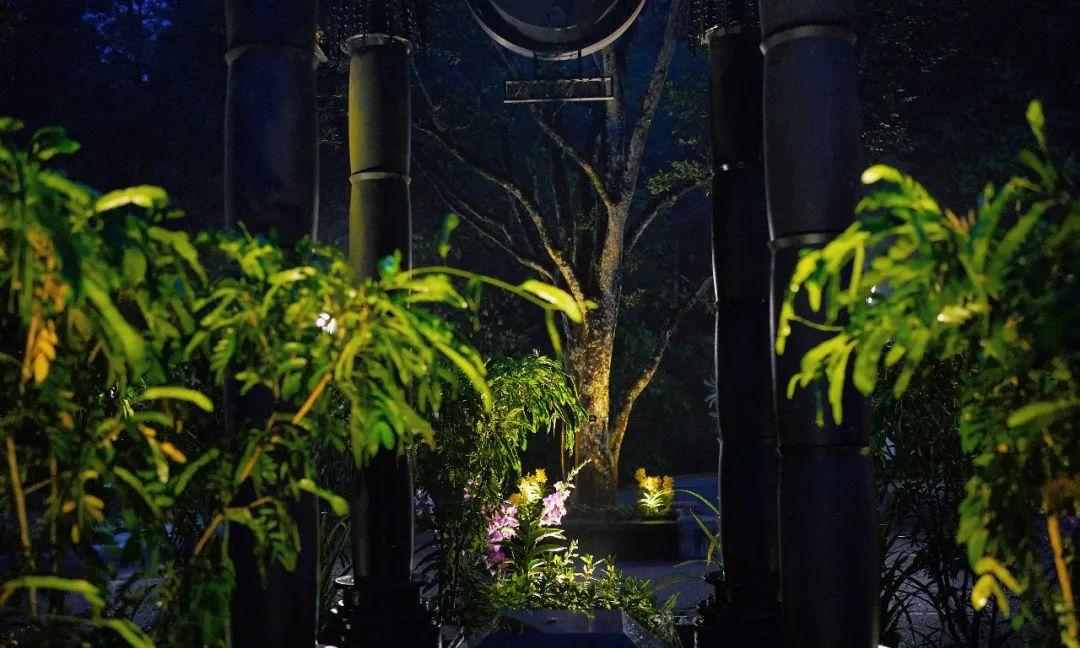
We visited during lunchtime when it wasn’t too crowded, allowing us to escape the midday sun and enjoy a sudden downpour while having some refreshments.
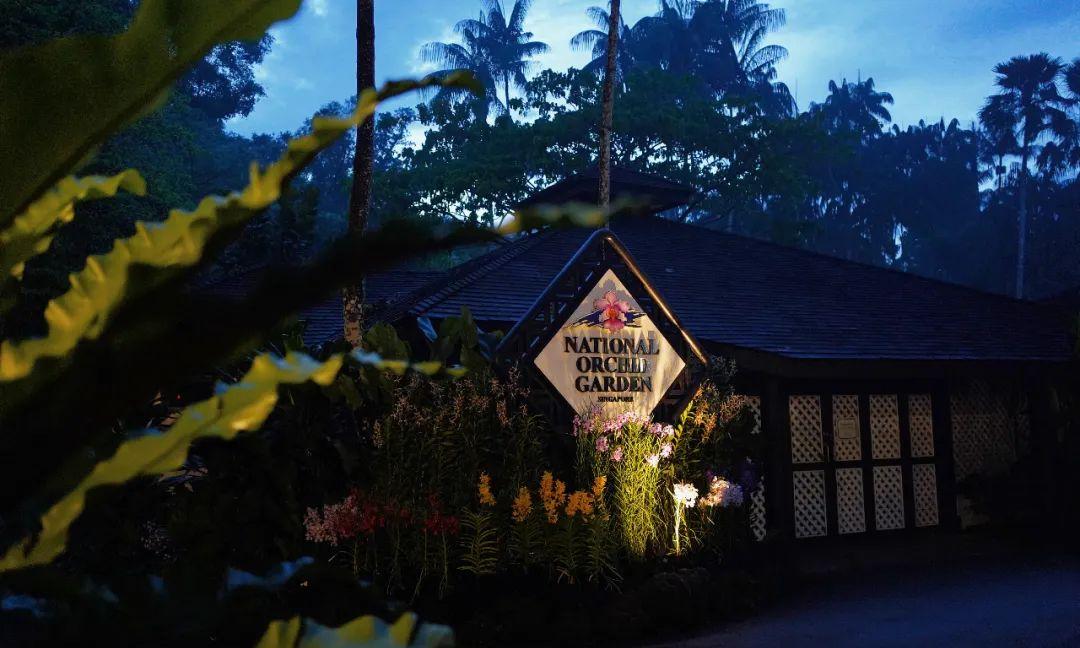
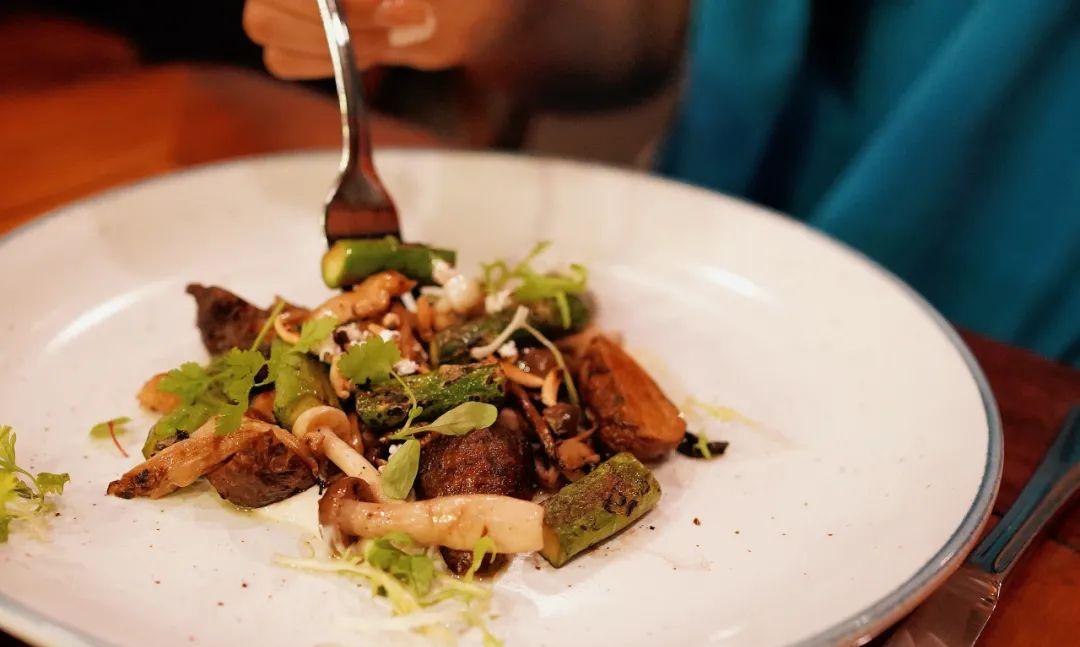
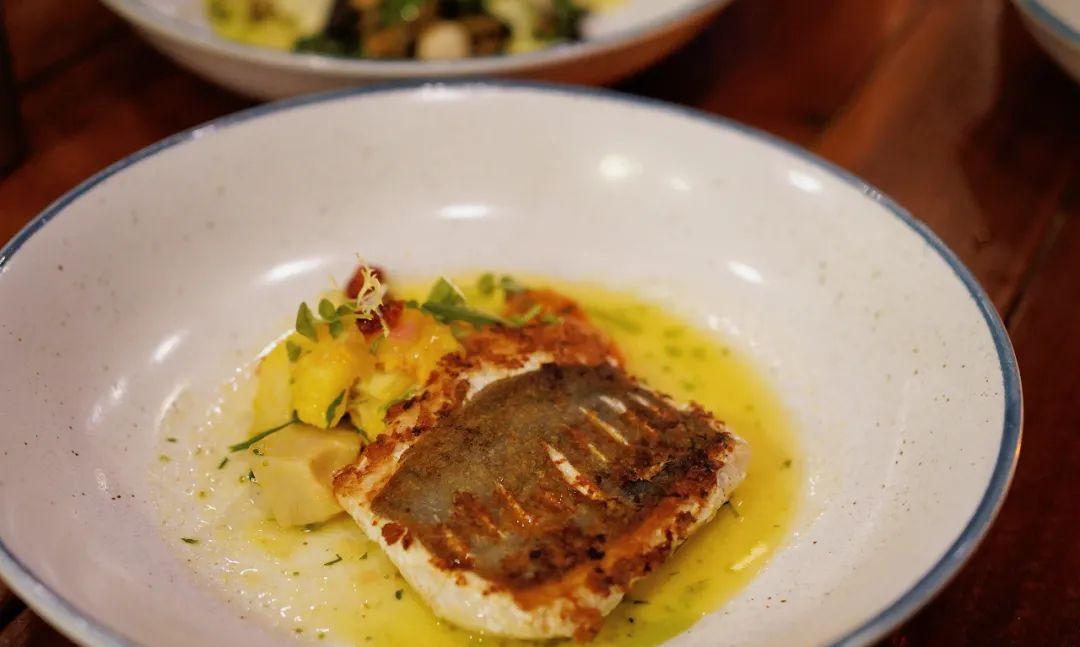
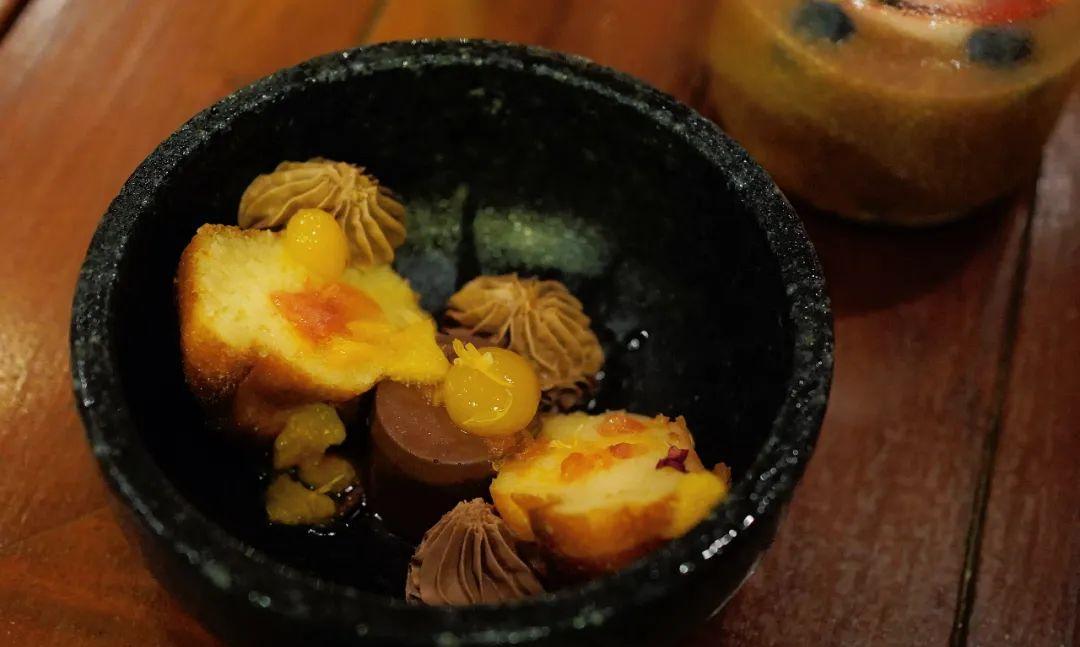
The feeding experiences in the bird park are priced similarly to those in the zoo: SGD 8 per portion:
– Starling feeding at 9:30, 14:00
– Pelican feeding at 10:00, 16:30
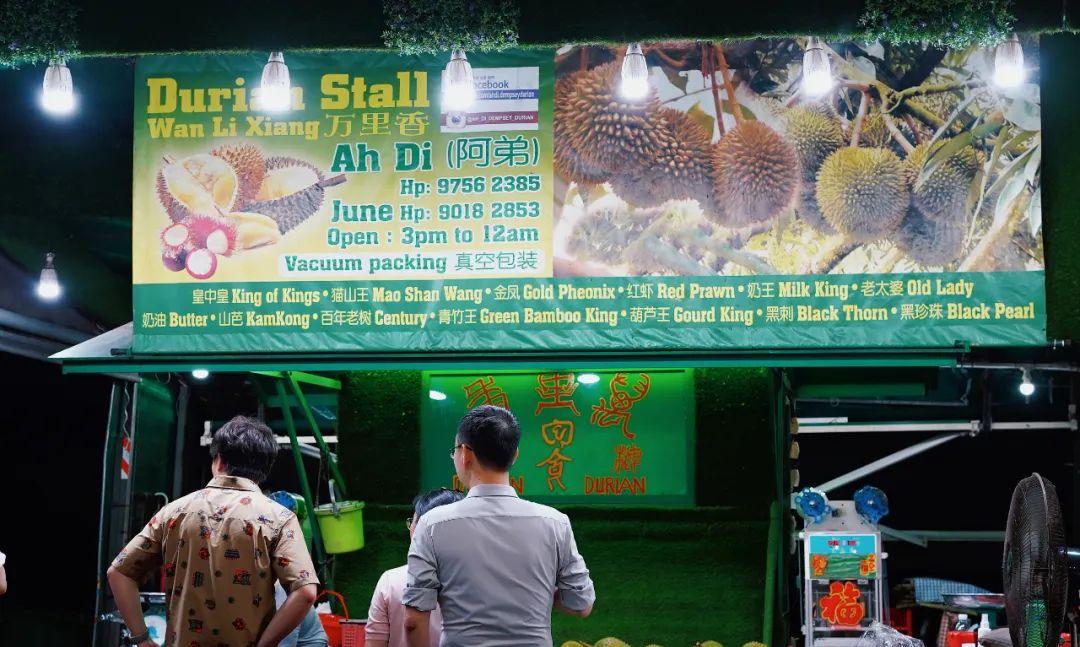
– Colorful parrot feeding at 11:00, 15:30
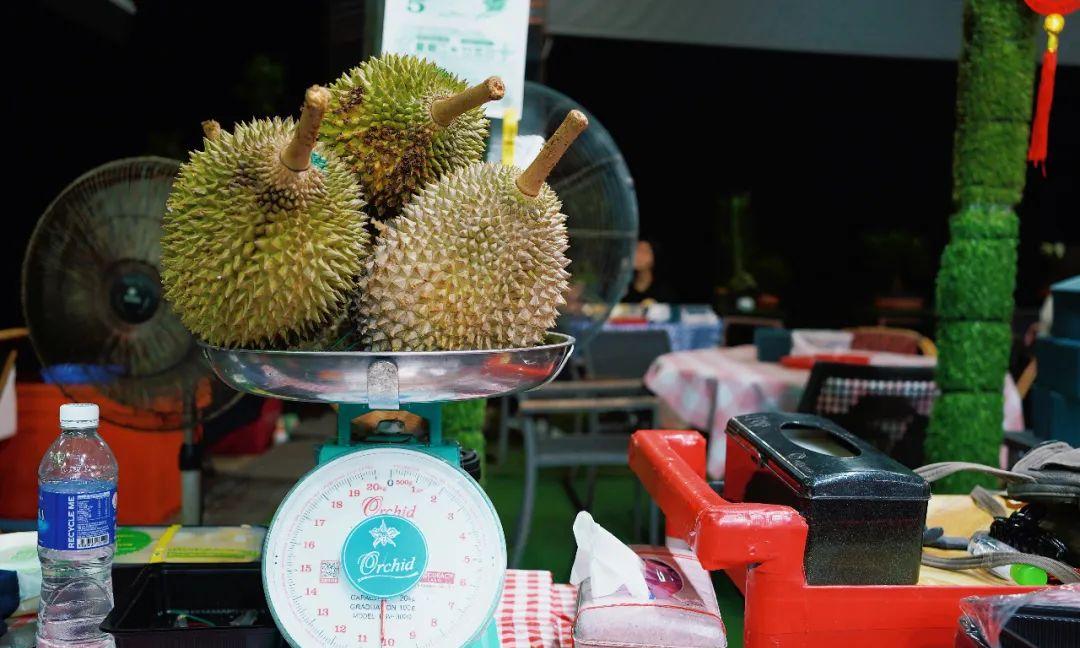
– Emu feeding at 13:00
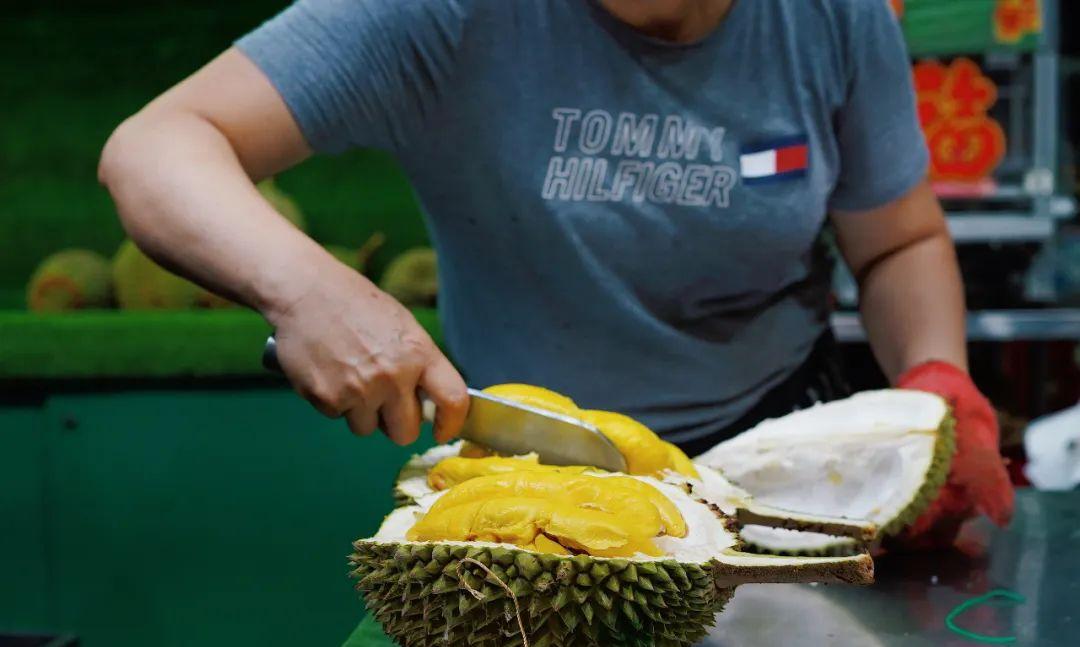
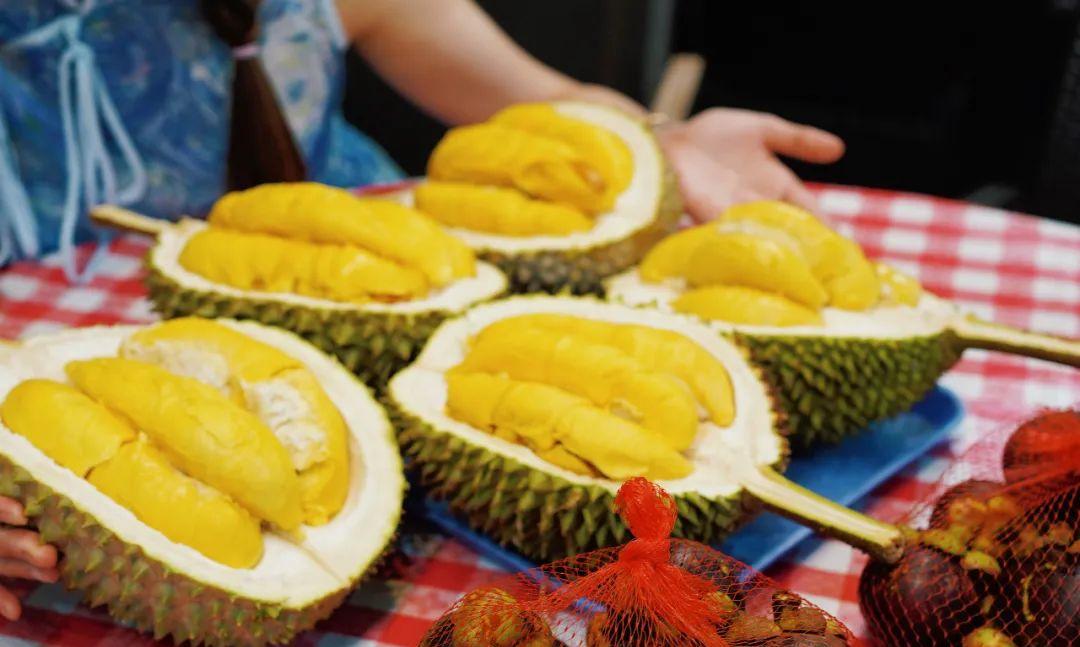
The Avian Theater hosts two types of shows:
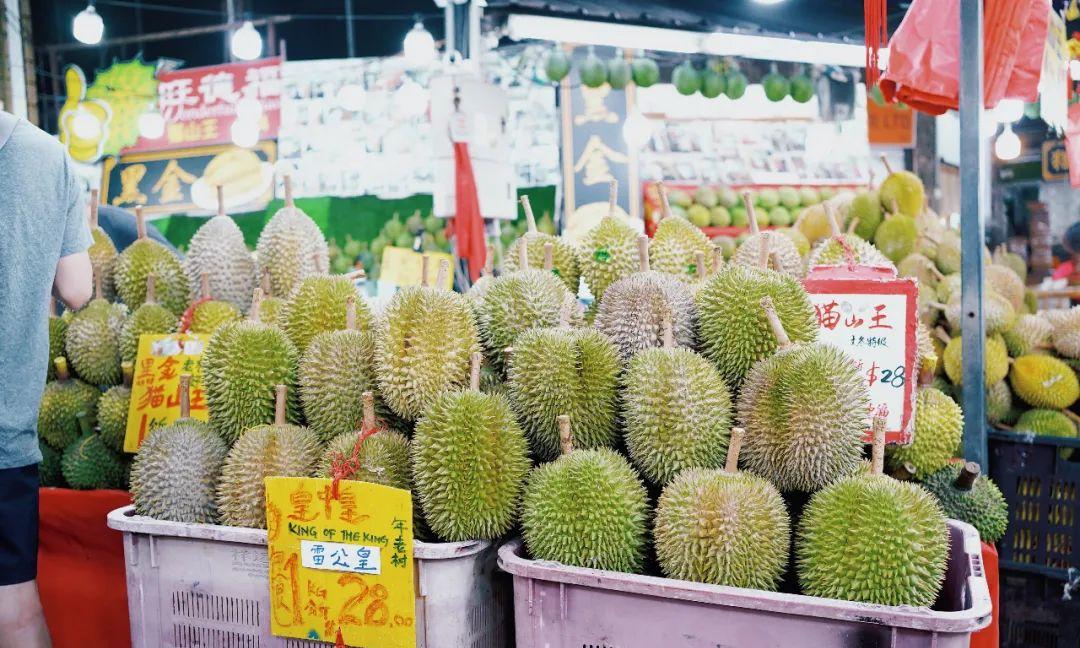
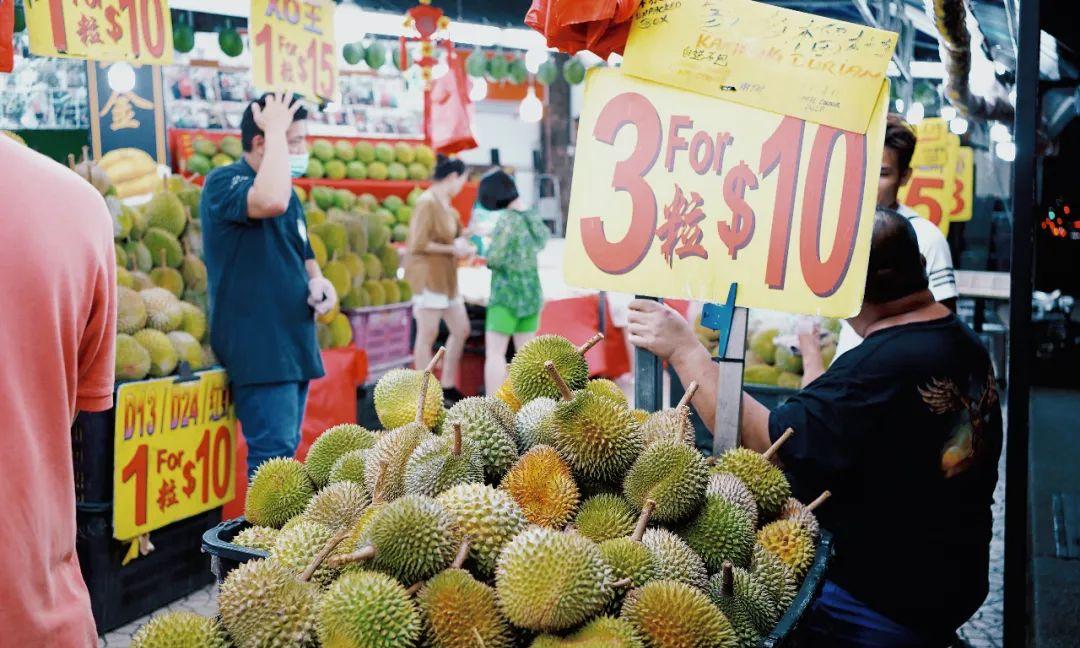
– “High Flyers” show at 12:30 and 17:00
– Birds of Prey show at 10:30 and 14:30
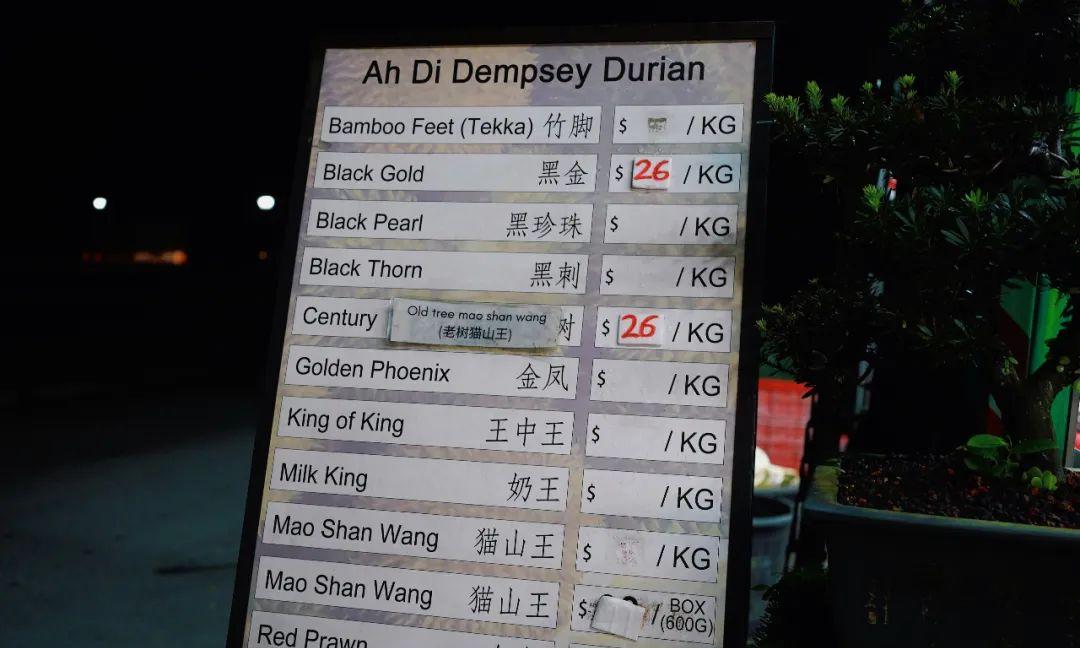
We watched the 17:00 “High Flyers” show, where the birds displayed incredible agility; the parrots even sang a birthday song for an audience member celebrating their big day. At the end, all the birds emerged for a bow, leaving us thrilled!
There is also a Bird Breeding and Research Center experience here, which is relatively niche but educational—a great outing for parents and children.
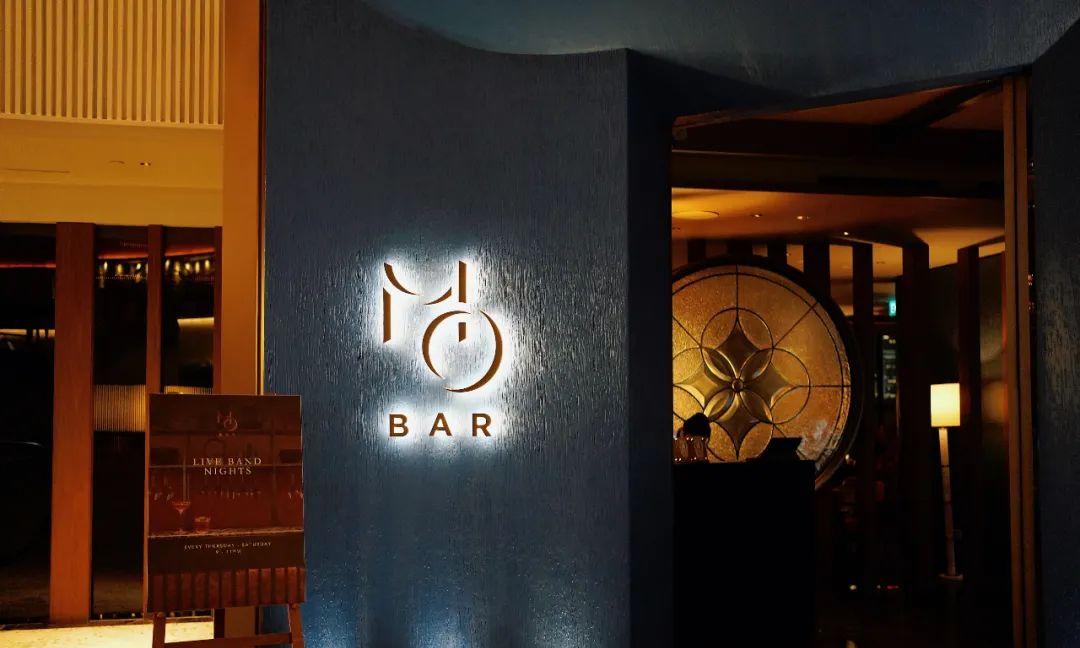
It showcases how the park prepares meals for the birds, conducts health checks, surgeries, and cares for hatchlings.
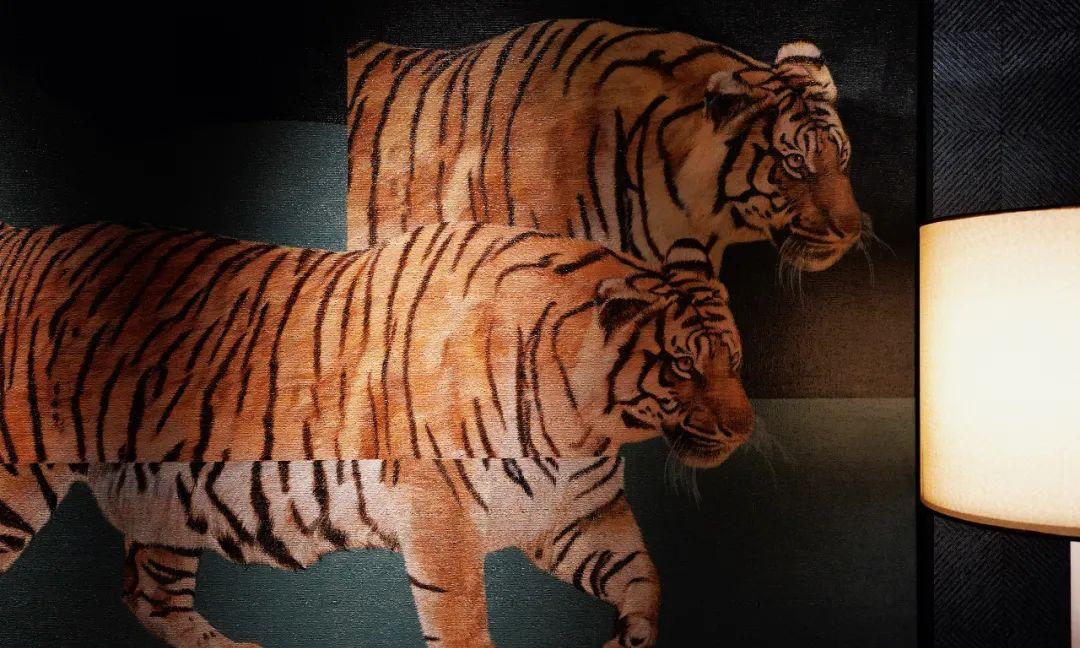
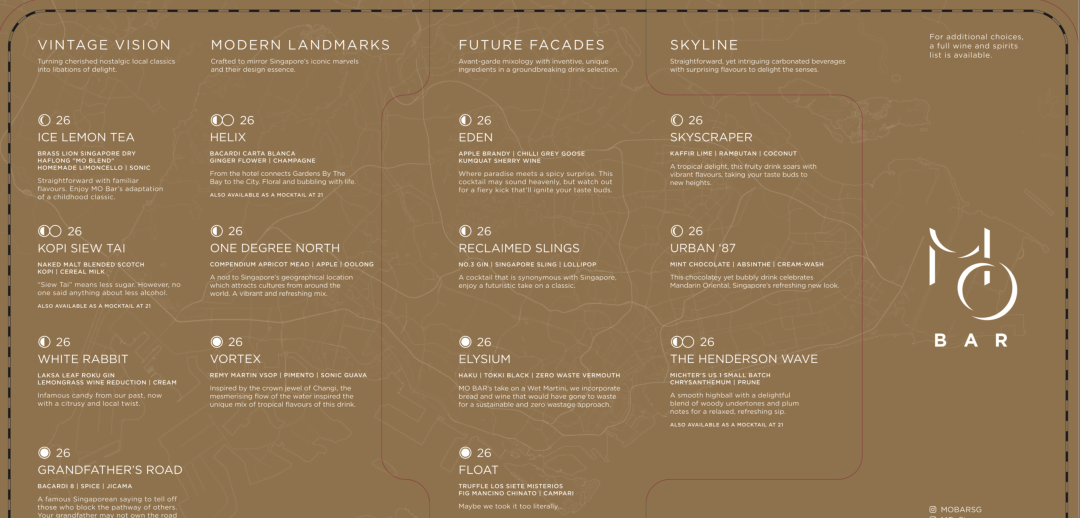
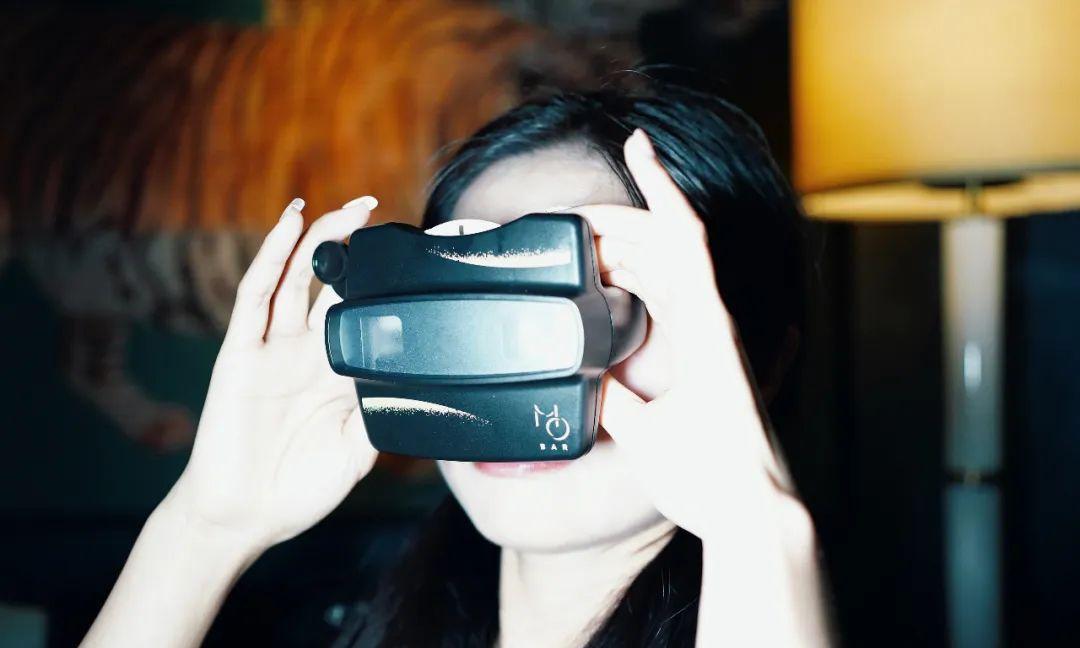
Abandoned birds, underdeveloped ones, or those with diseases like cancer receive excellent care here. Just like humans, these creatures have the right to live well.
– **Birds of Paradise Gelato Boutique**
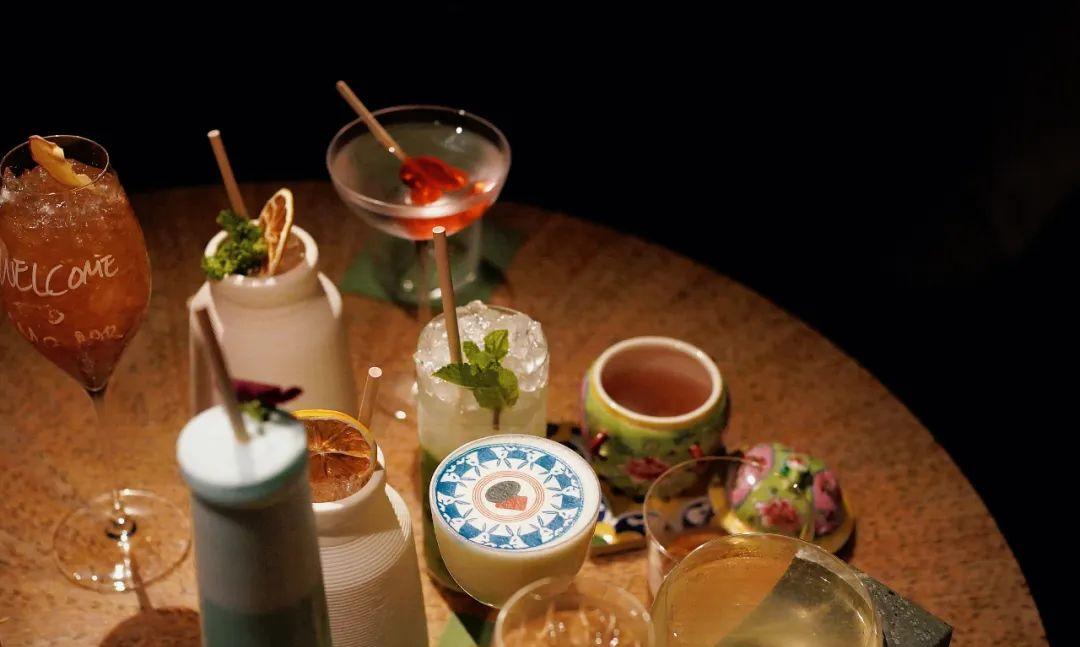
⏰: 10:30-19:30 (Friday-Sunday 9:00-19:30)
💰: Single scoop cone SGD 6.8, double scoop cone SGD 10.3
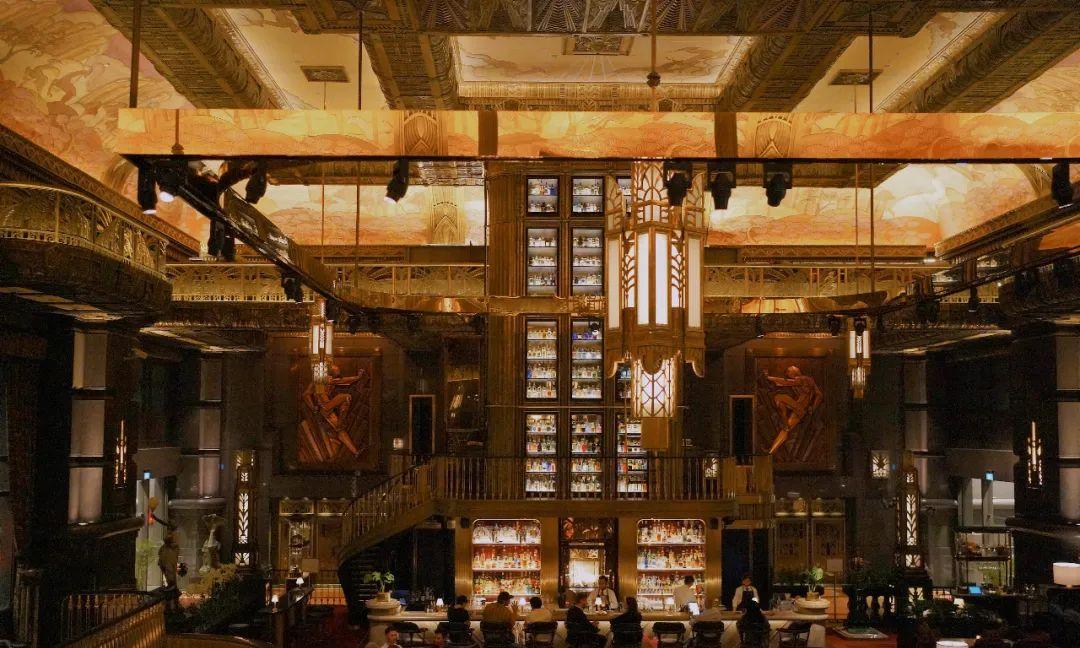
Exiting the bird park, don’t miss the popular gelato at the entrance! They offer artisan, low-fat, and refreshing Italian-style ice cream made with Southeast Asian ingredients. Unique flavors such as pandan, chrysanthemum, basil strawberry, and butterfly pea flower are less commonly found elsewhere.
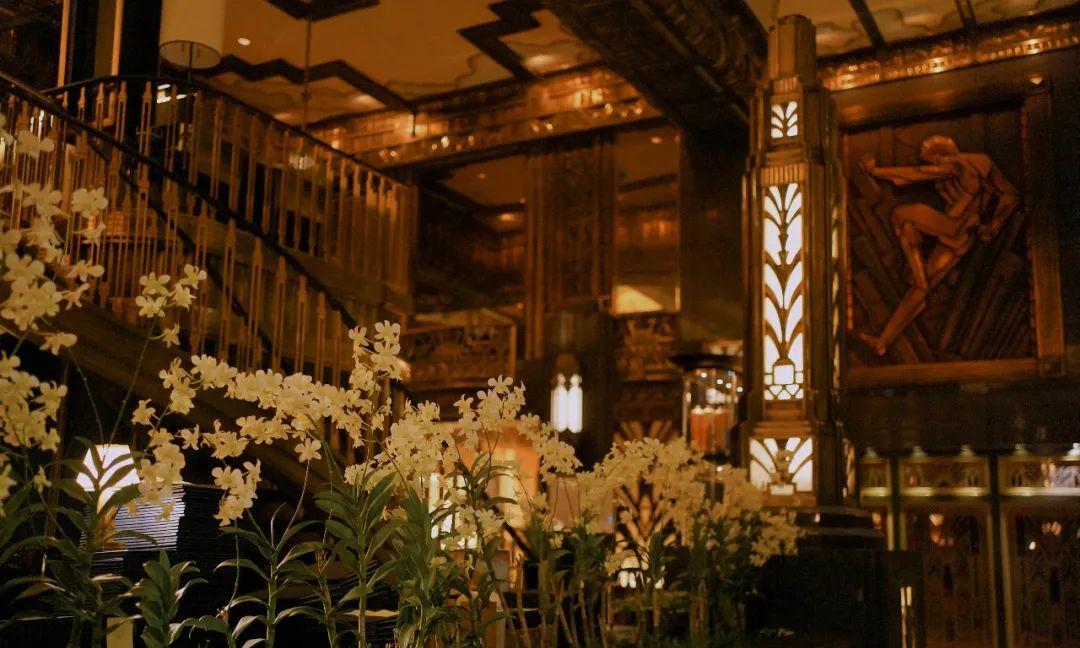
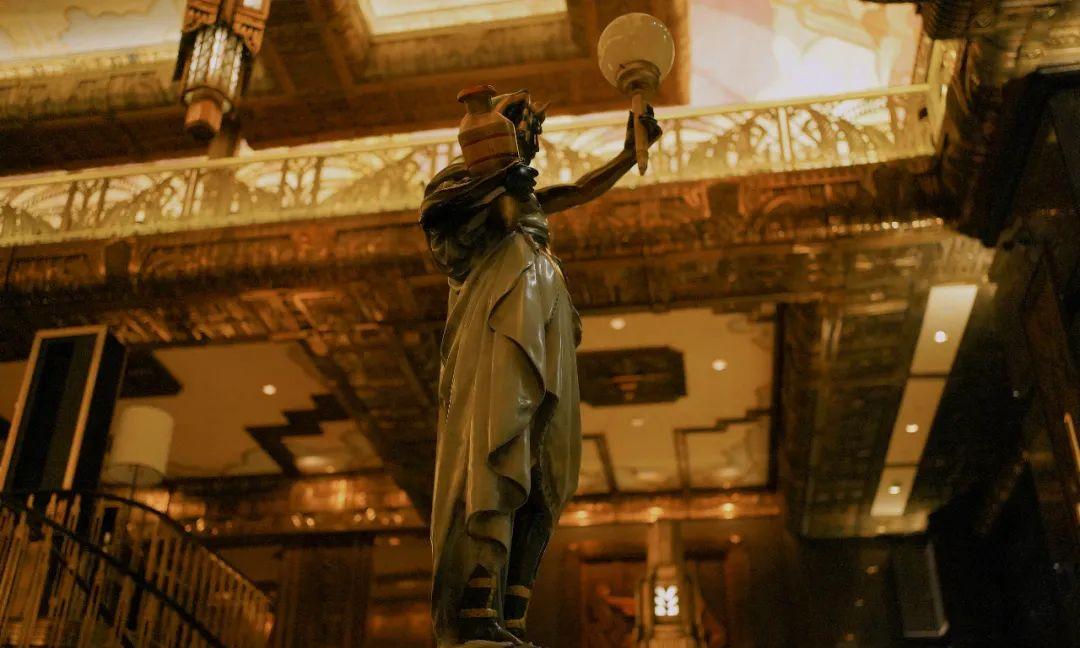
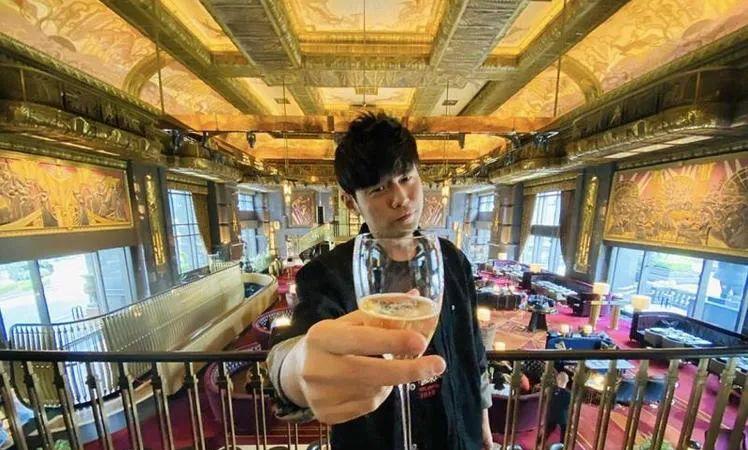
6. **Night Safari**
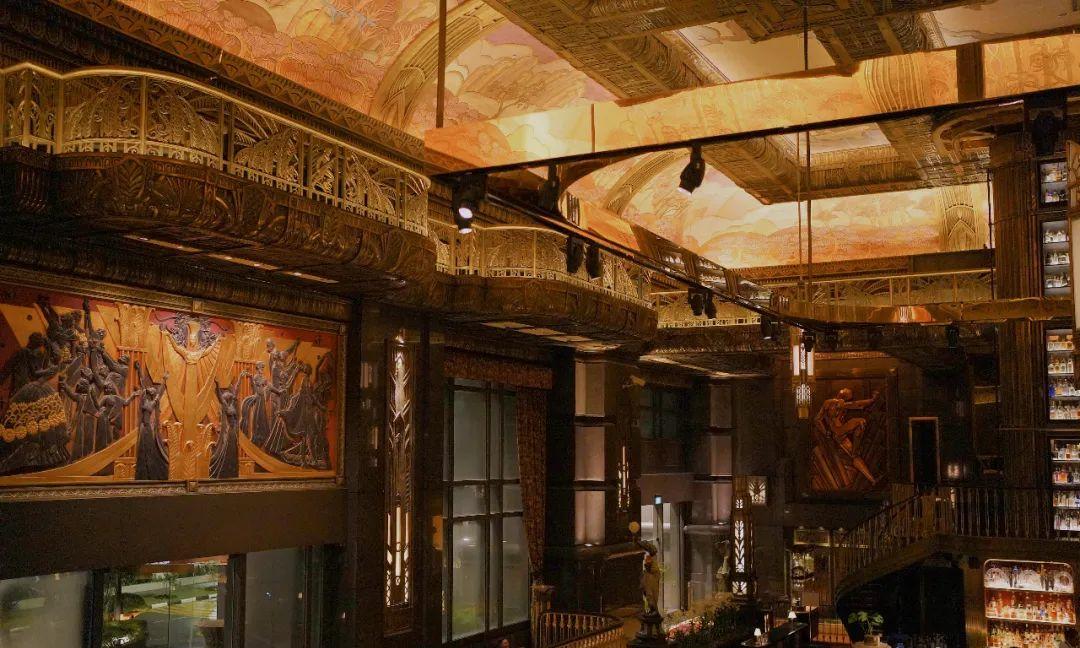
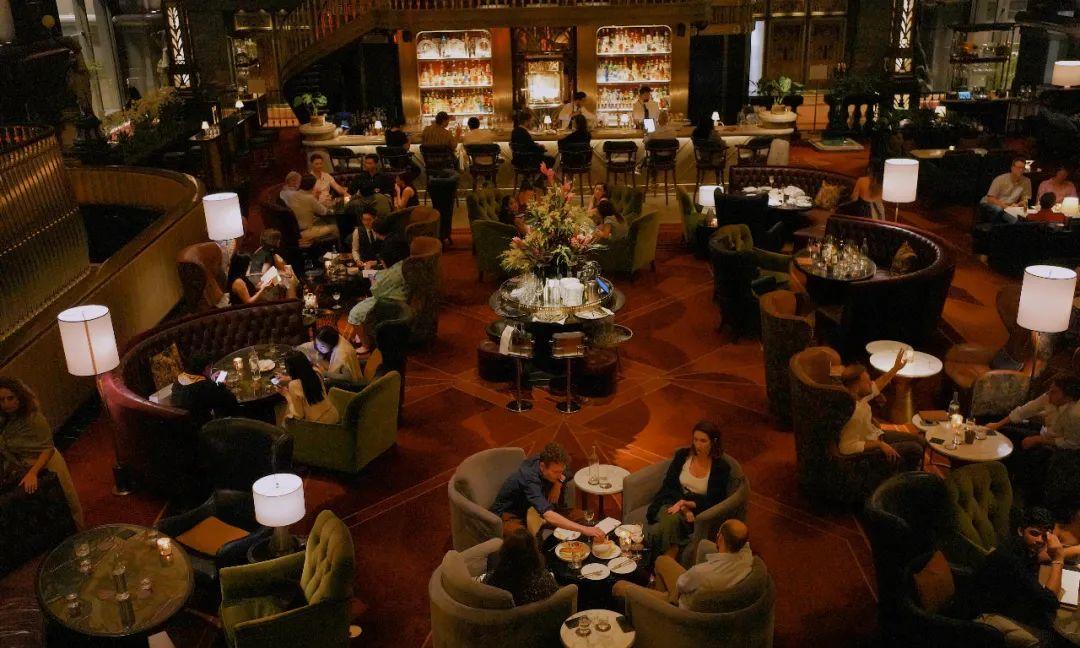
⏰: 19:15-24:00 (entry in staggered timings: 19:15, 20:15, 21:15, 22:15, 23:15)
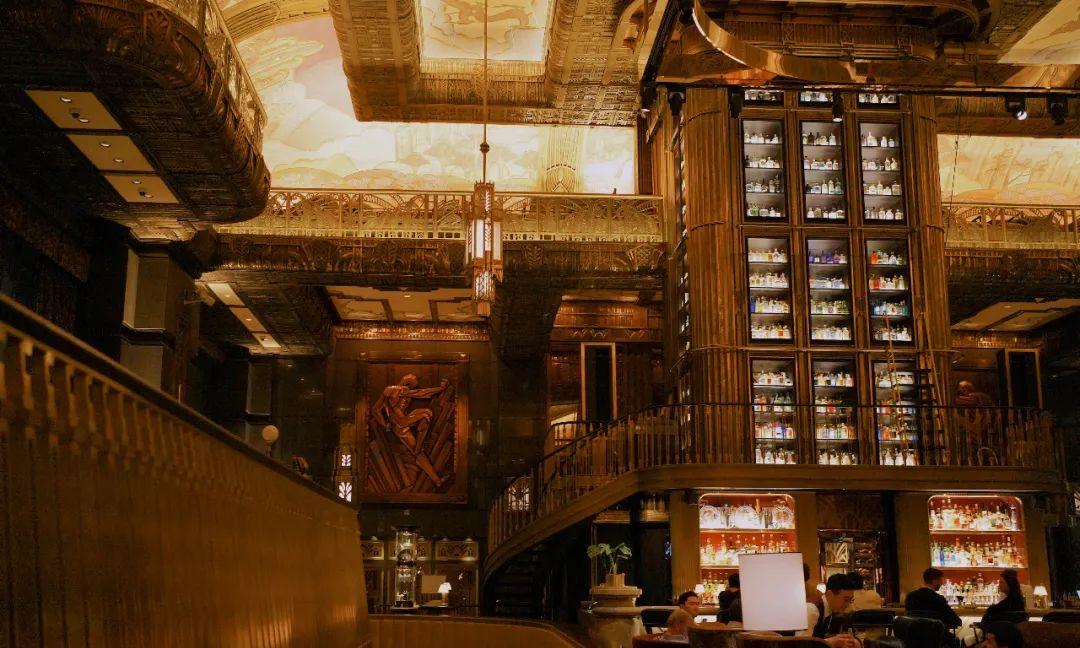
🎫: Admission ticket includes unlimited tram rides; Adults SGD 55, Children SGD 38 (ages 3-12) while online pricing is SGD 49.5 and 34.2.
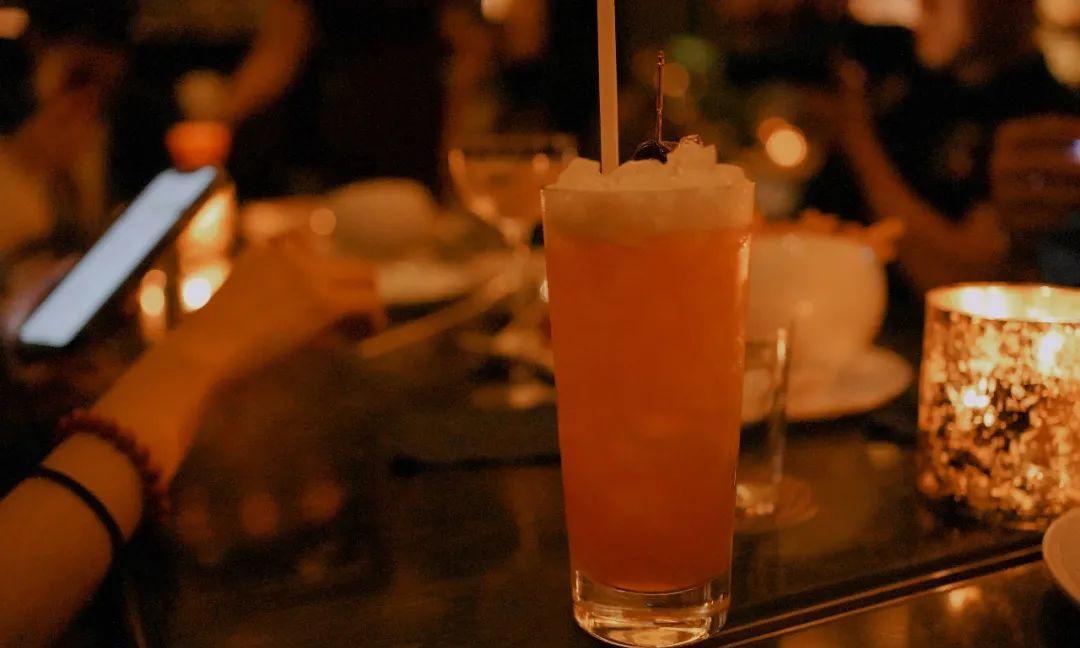
Singapore’s Night Safari is the world’s first nocturnal wildlife park, open exclusively at night. The lighting is designed to be sufficient to view the animals while not disturbing them. Over 2,500 animals make their home in this park.
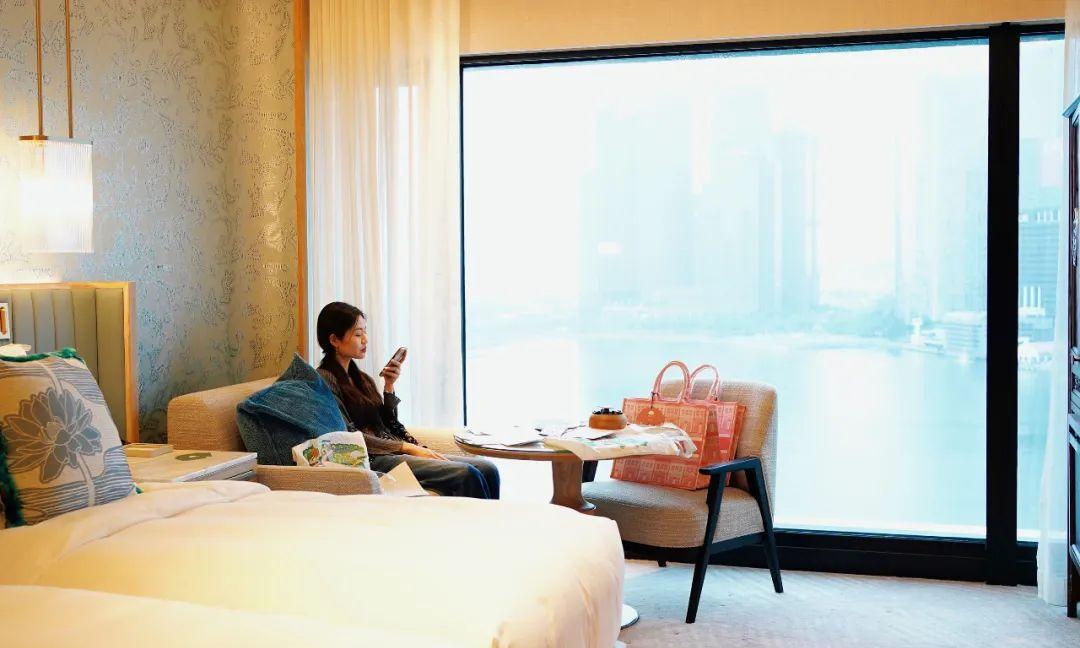
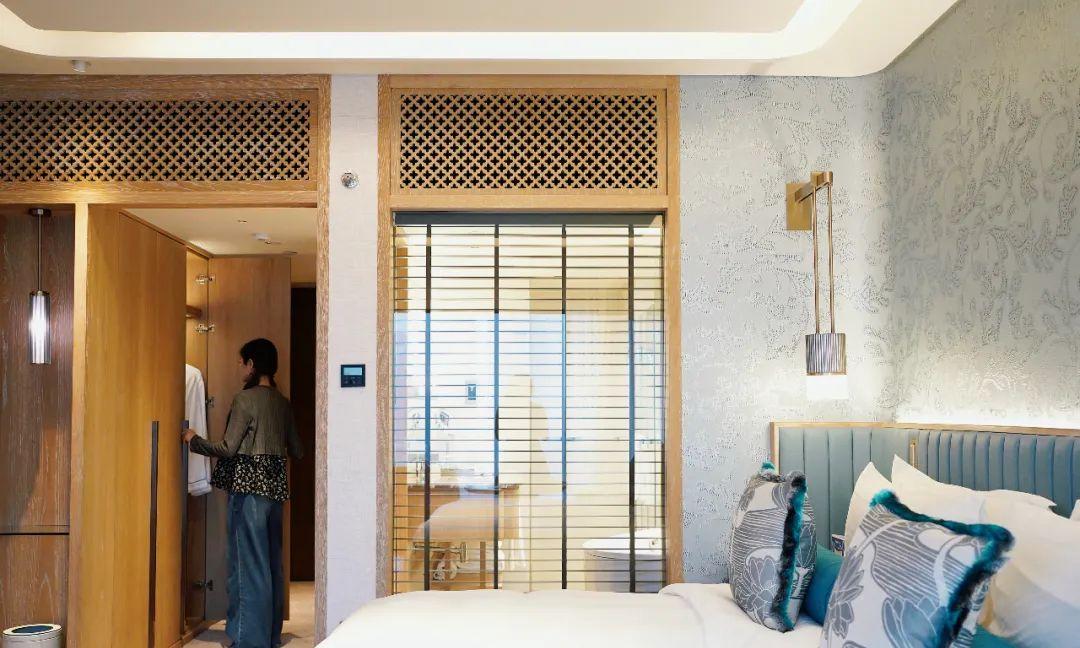
The Night Safari primarily offers three main experiences: riding the tram for a guided tour, walking along the trails, and watching animal shows.
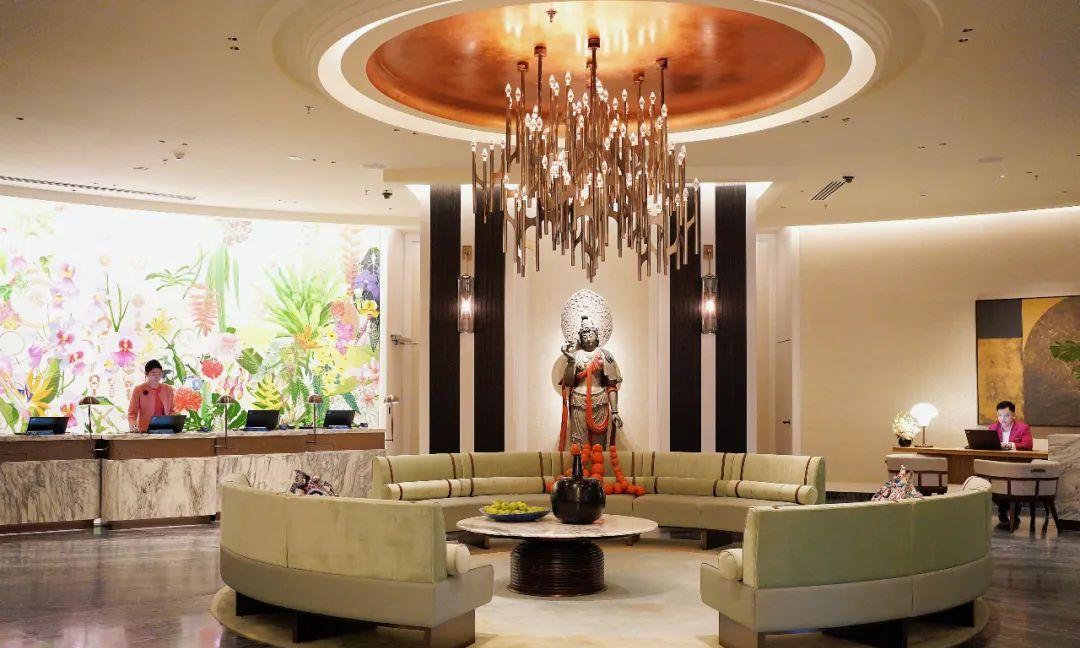
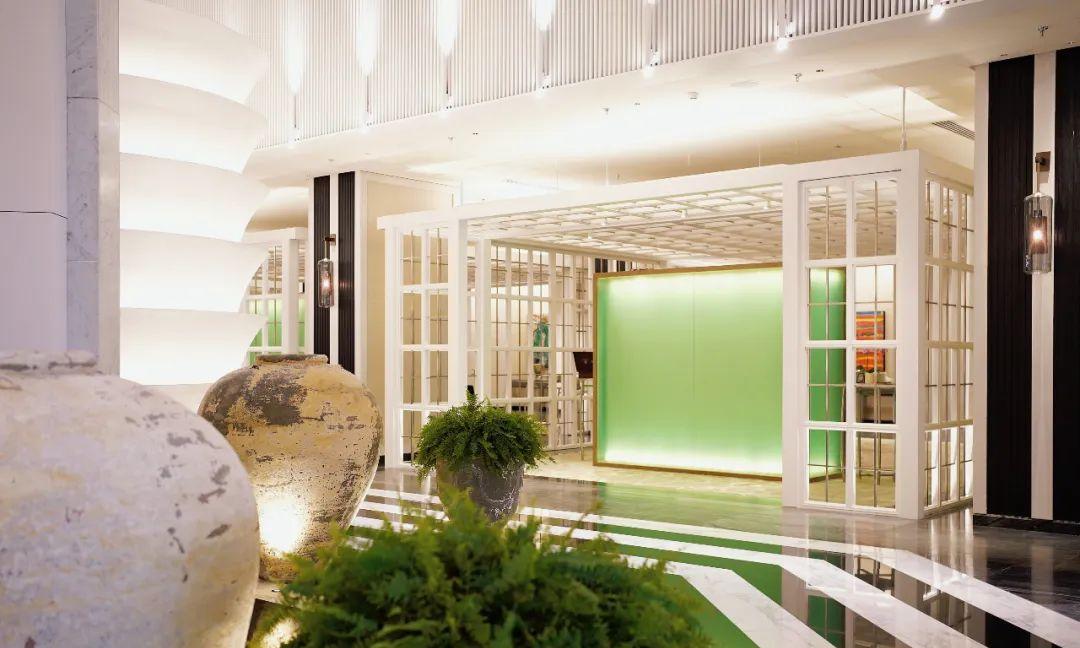
Tickets are timed, with the earliest entry at 19:15.
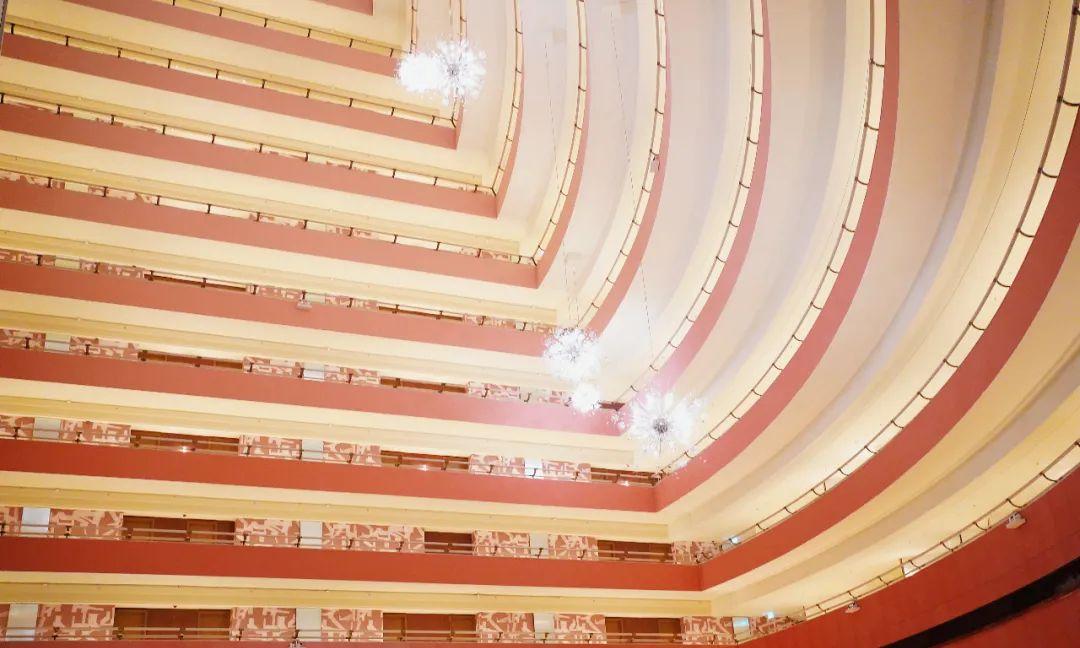
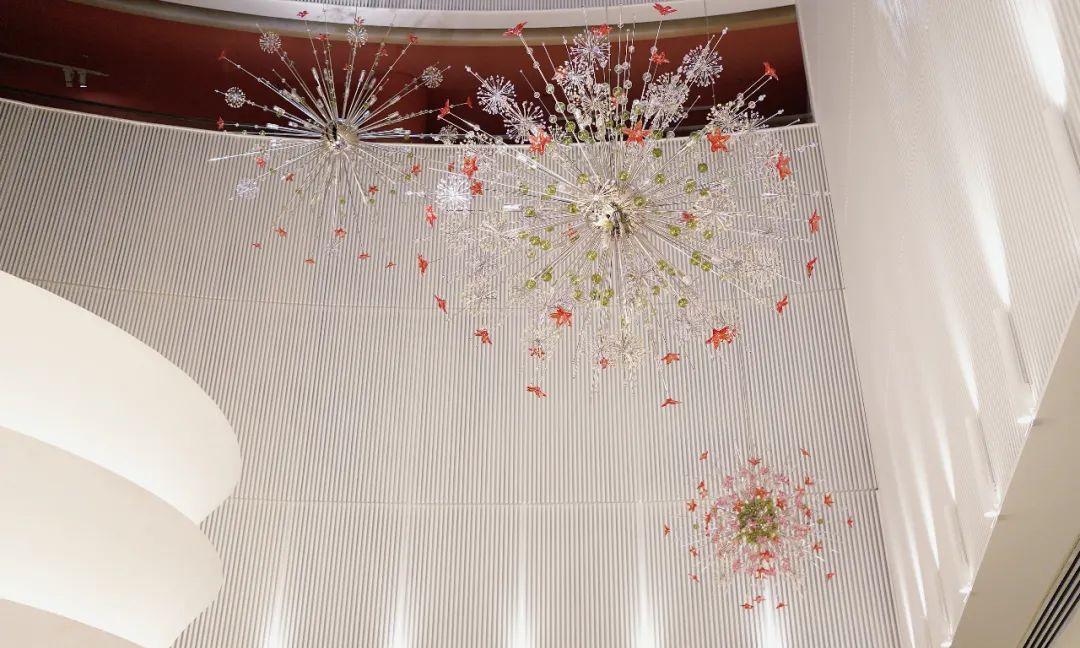
The tram departs at 19:00, with rides every 5-10 minutes, taking a little over half an hour—crowds are heavier in the first two hours.
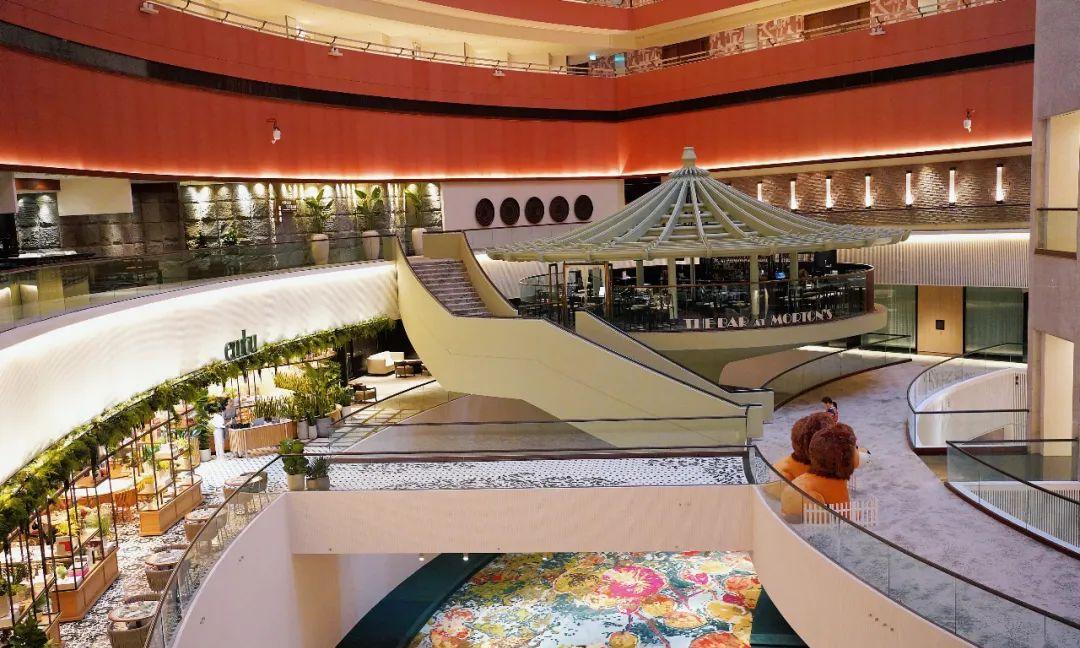
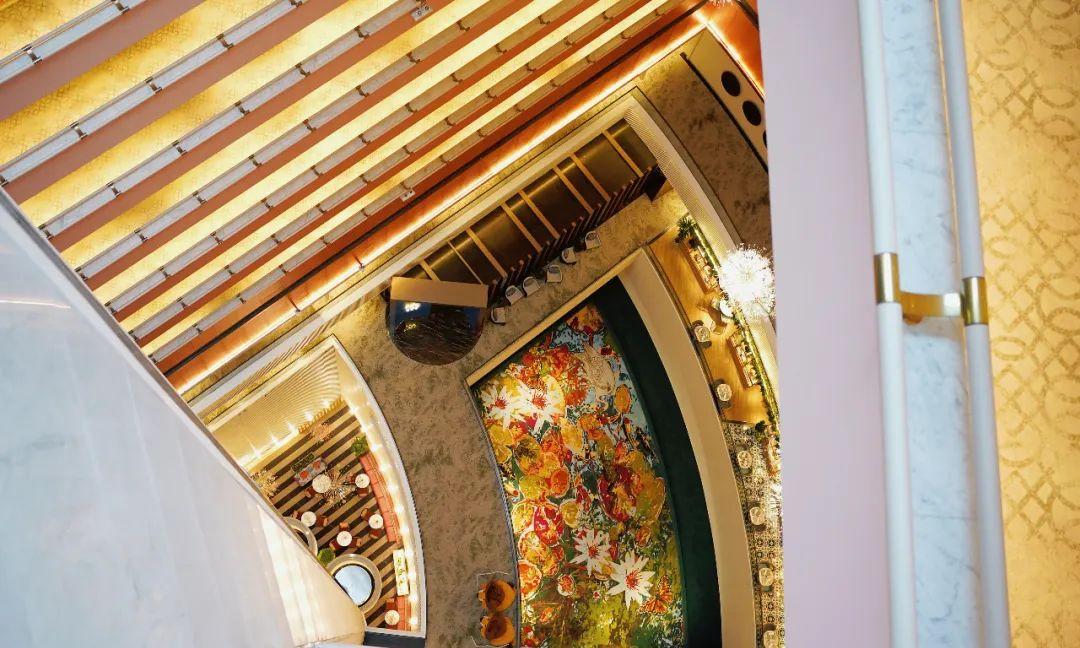
The walking paths open at 19:00, with four trails to explore, allowing for a thorough tour.
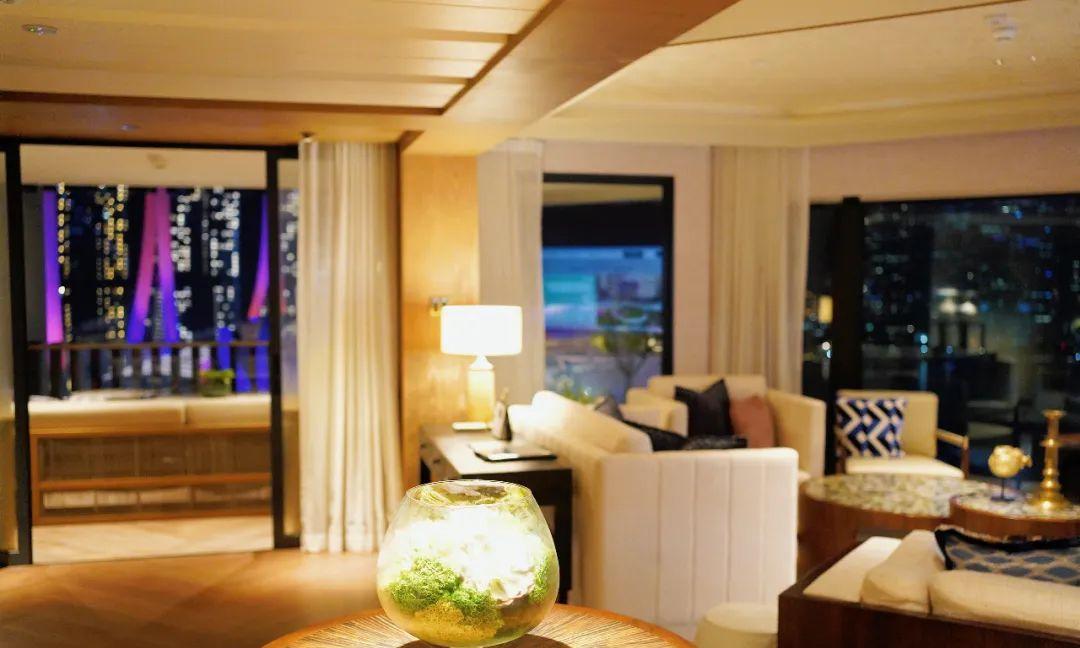
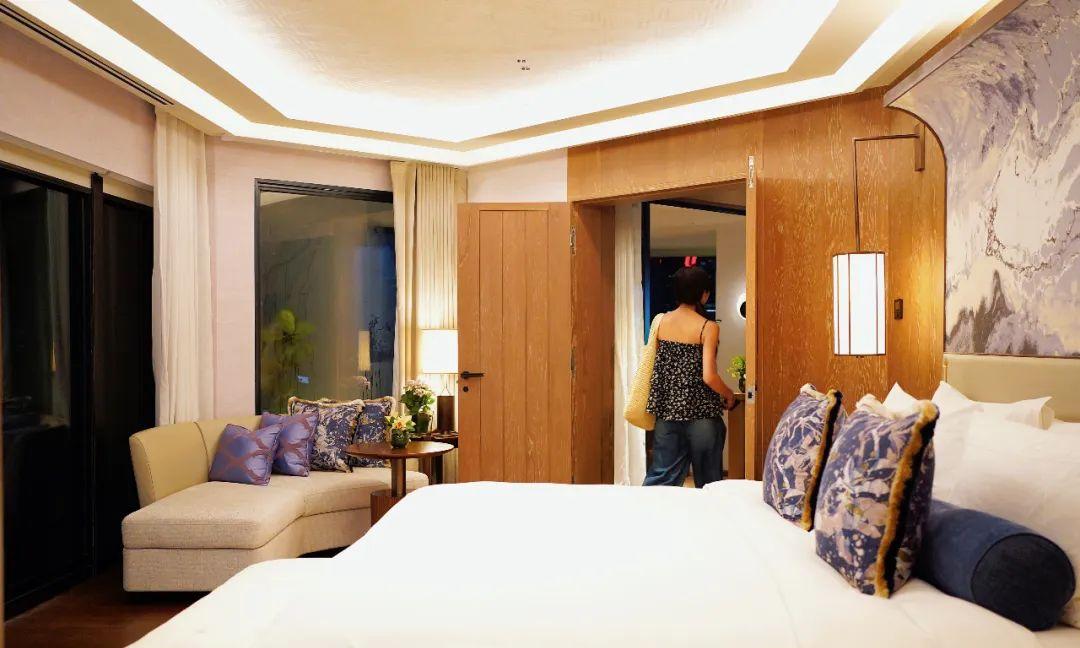
The “Creatures of the Night” show presents nocturnal animals like the Asian small-clawed otter, fennec fox, ferret, and wild boar, lasting 25 minutes—entry requires arriving early, as latecomers cannot join once it has started; there are three shows: 19:30, 20:30, and 21:30.
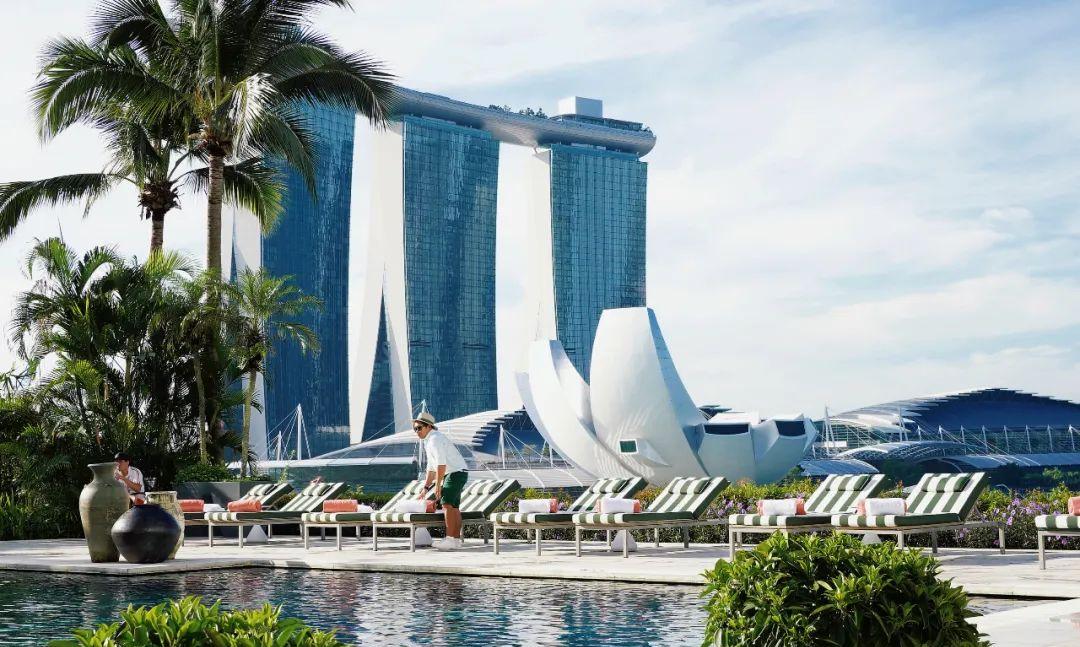
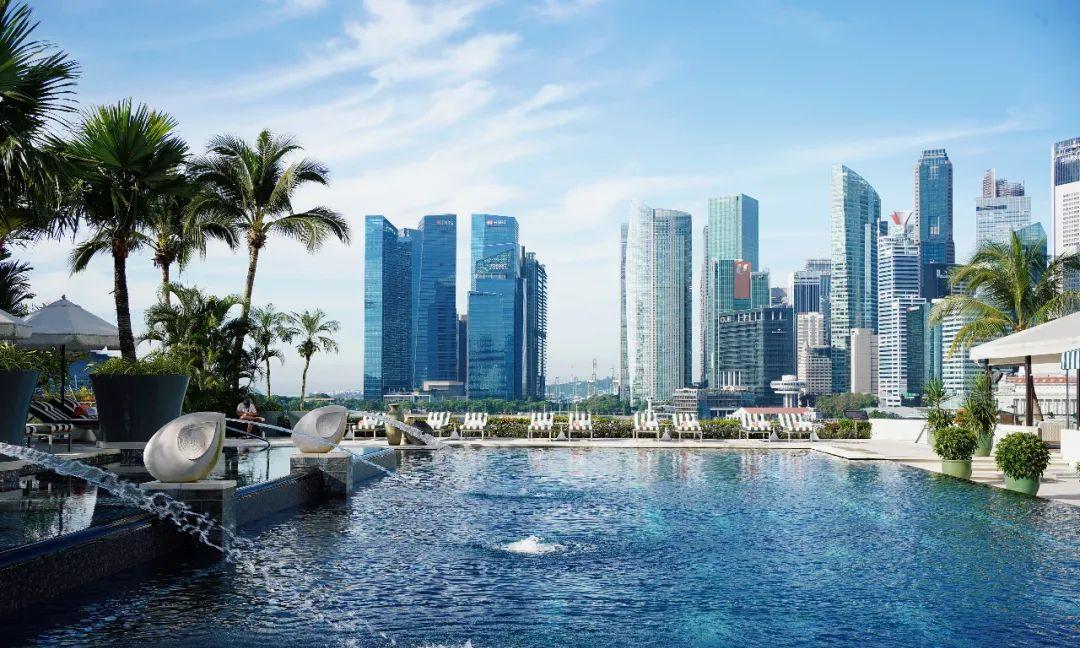
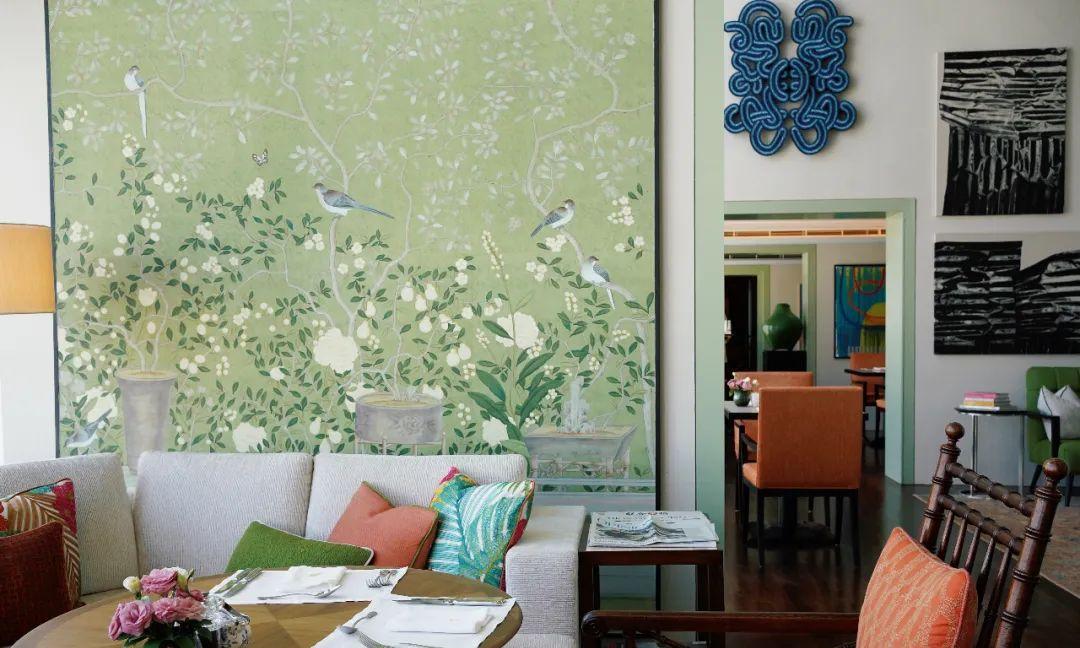
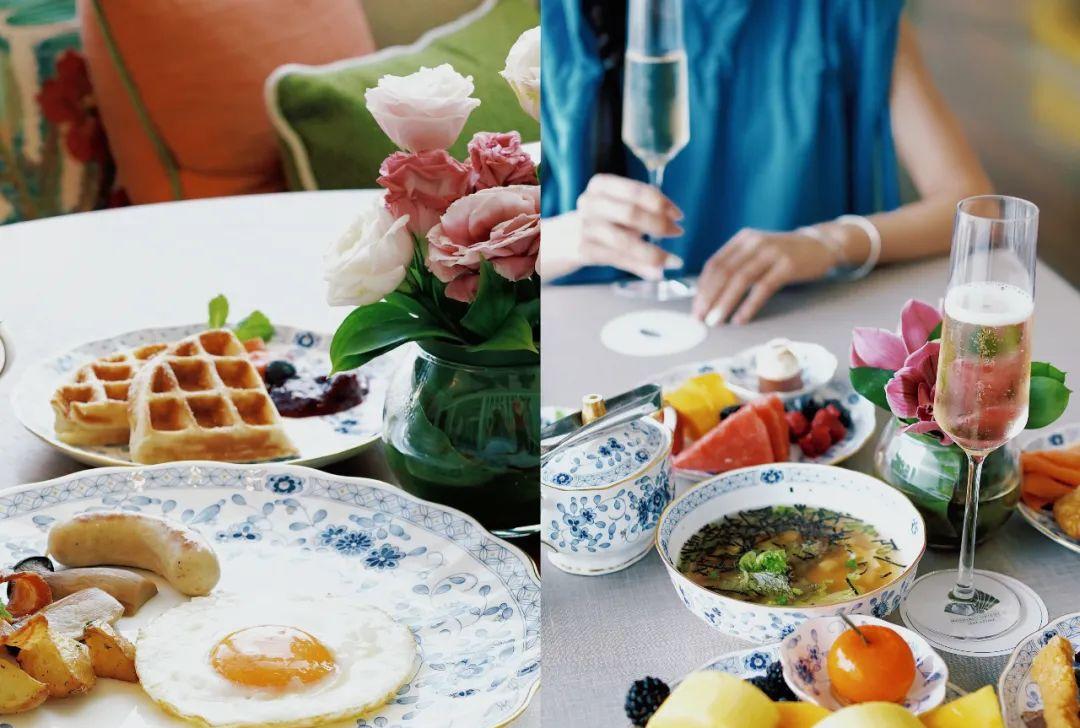
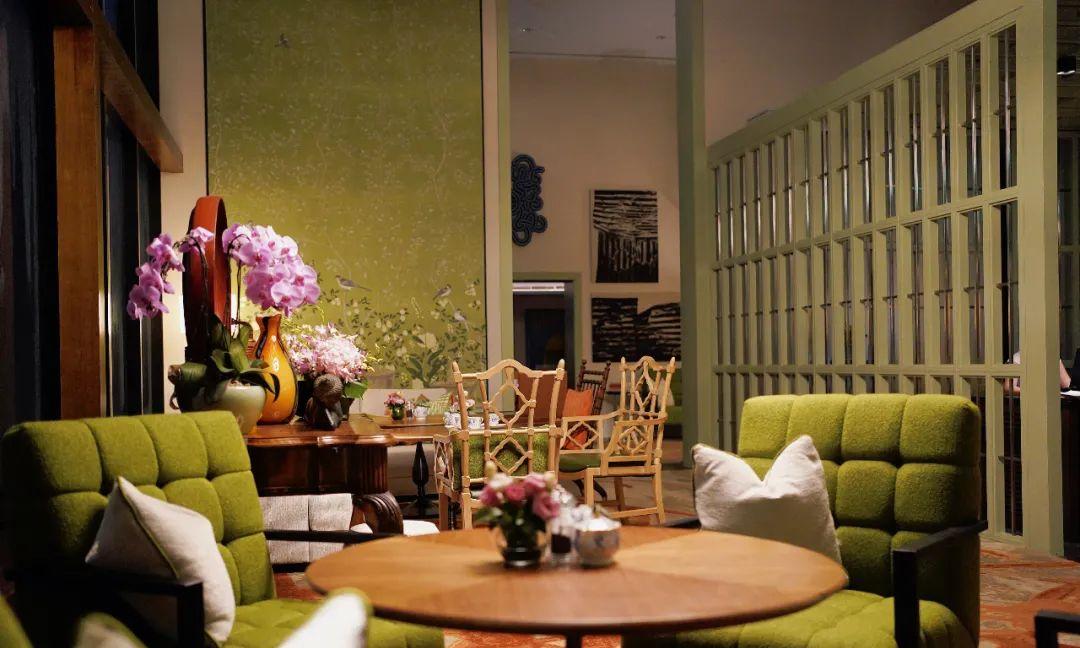
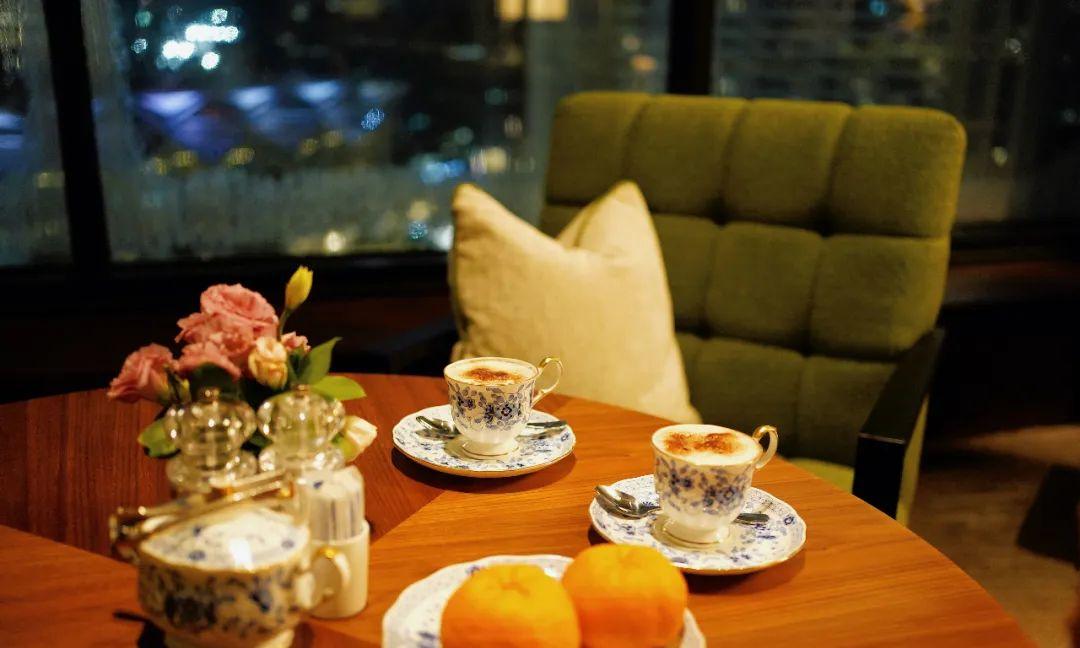
Observing animals at night may strain the eyes, so take advantage of the twilight hours for better visibility.
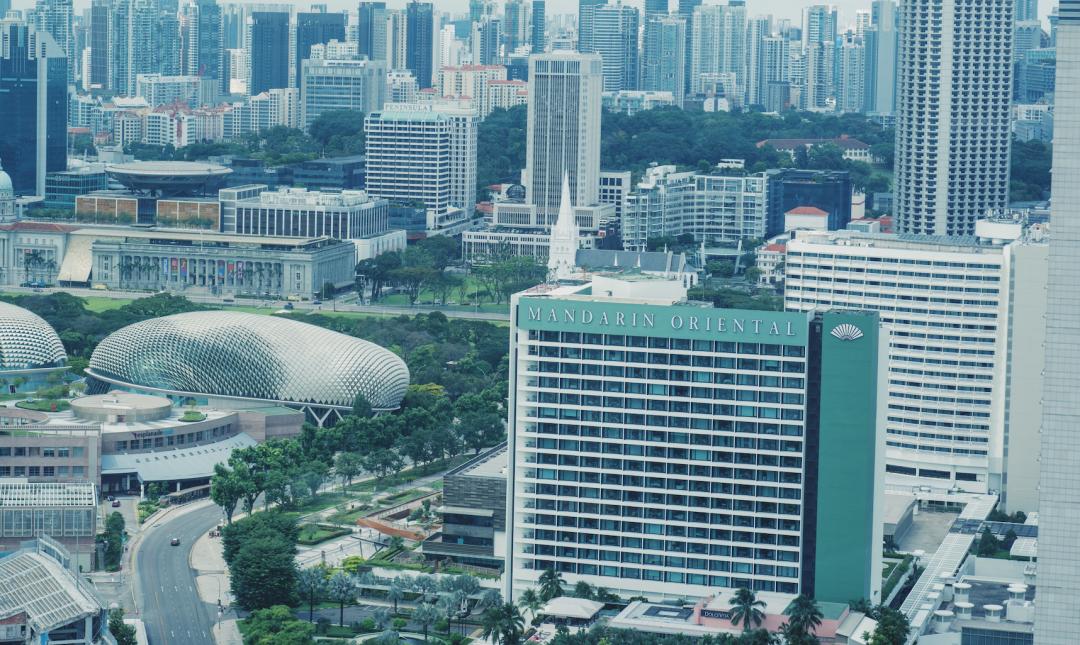
We recommend the walking tours for the best experience. Set off on a wild adventure, eye to eye with various creatures in the dark—it’s incredibly thrilling!

If you merely ride the tram twice, immersion decreases. We

